一期一会 Japan “One life, one encounter.”
一期一会 An awesome Japanese idiom that translates to “One life, one encounter.” We sometimes tend to forget that every encounter is a once-in-a-lifetime encounter — this really underscores how many first-and-only-time things happen in the day-to-day and it also explains the way I felt while gazing at the scramble. Interested in knowing more about the scramble and my recent trip to Japan? Then please keep on reading this blog post
I received a beautiful & a surprising invitation to take part in a joint course organized by ZEF and IPADS at the University of Tokyo. IPADS is the International Program in Agricultural Development Studies (IPADS) at Graduate School of Agricultural and Life Sciences of The University of Tokyo.

Our trip started from Bonn the moment we got into the tram line 66 leaving Bonn Central Train Station heading to Siegburg/Bonn train station where we took the high speed train to Frankfurt International Airport. It was an 11.30 hours direct flight but we were all excited and surprisingly the 11.30 hours passed in a blink of an eye. And there we were, gazing out of our plane windows trying to spot Mount Fuji among the mountains we flew over as we were approaching Tokyo. We were lucky that we travelled with Dr Günther Manske, an experienced traveller to Japan who whisked us via public transport to our accommodation at the Mukougaoka Faculty House within the University’s Yayoi campus.
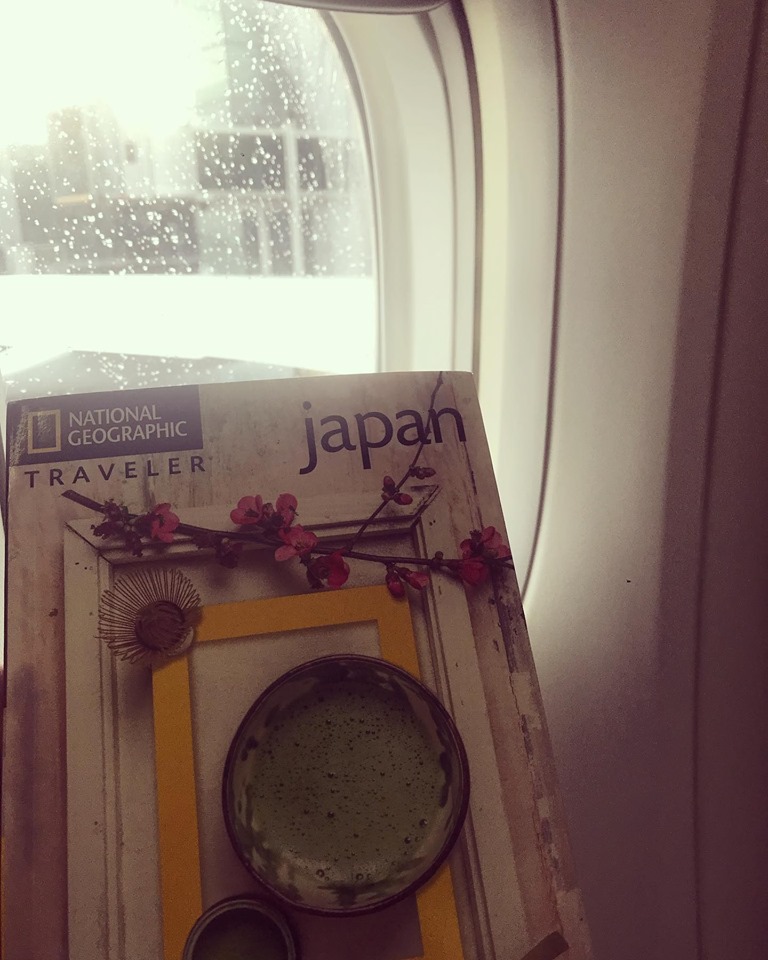


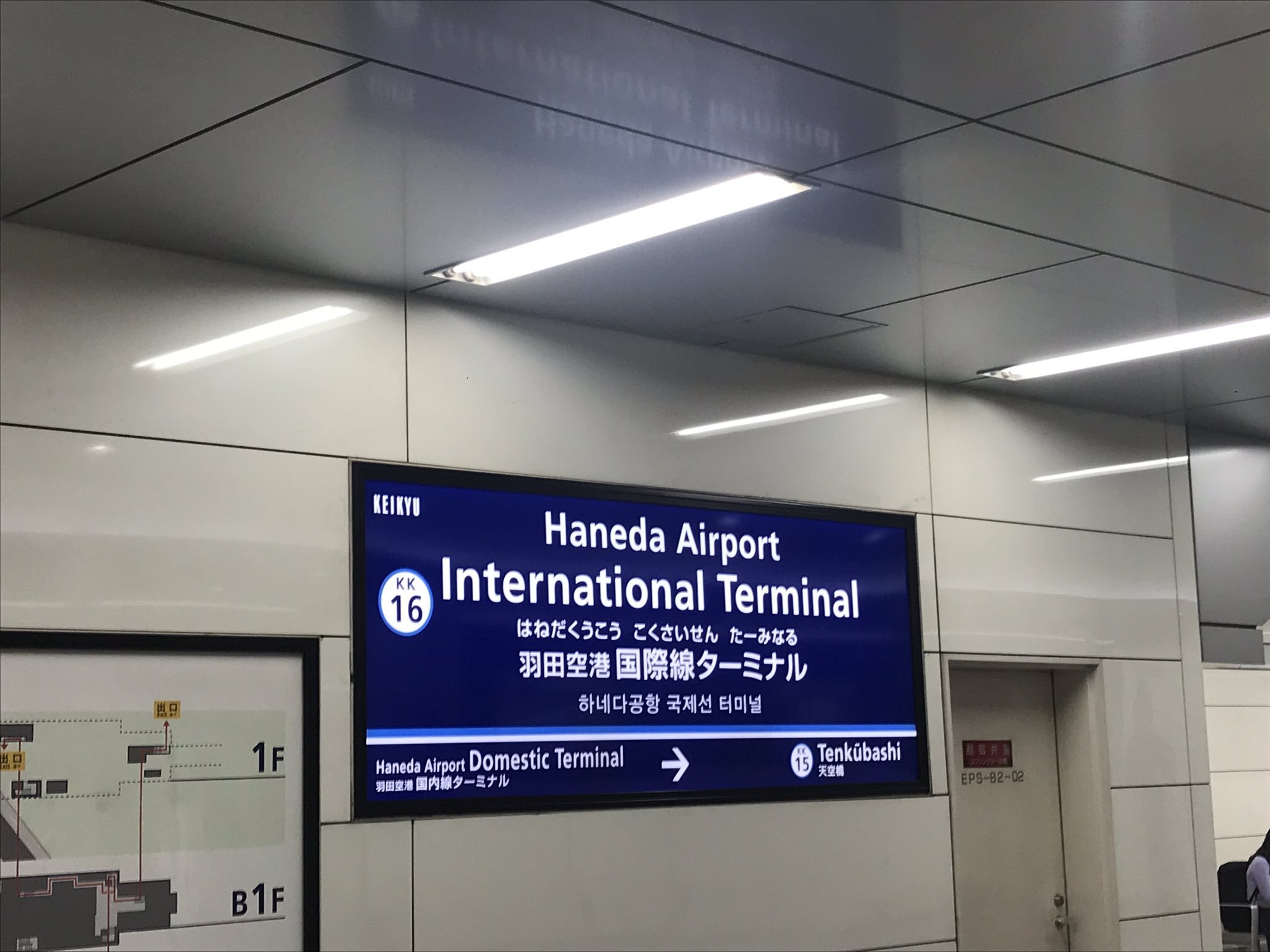
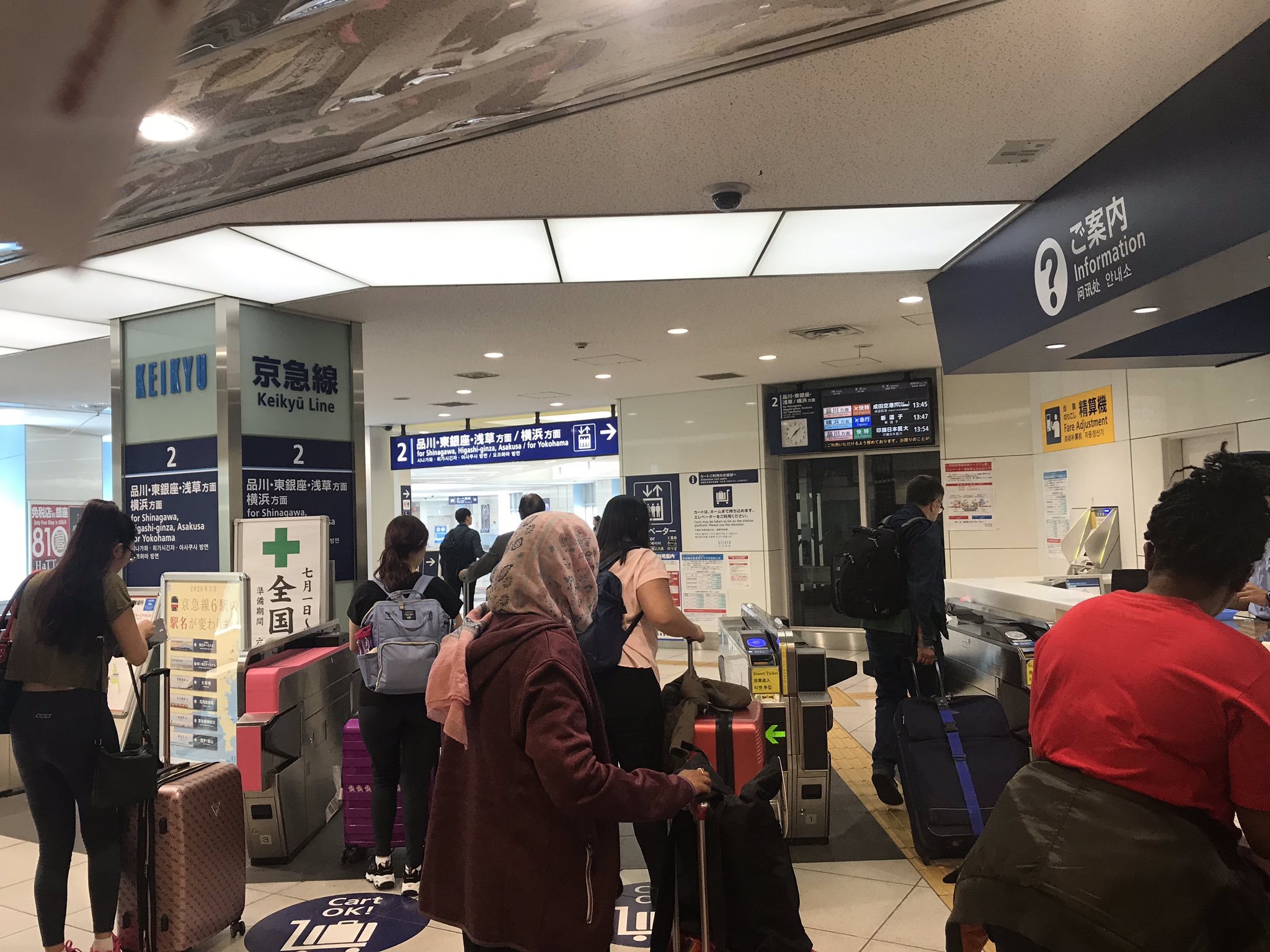
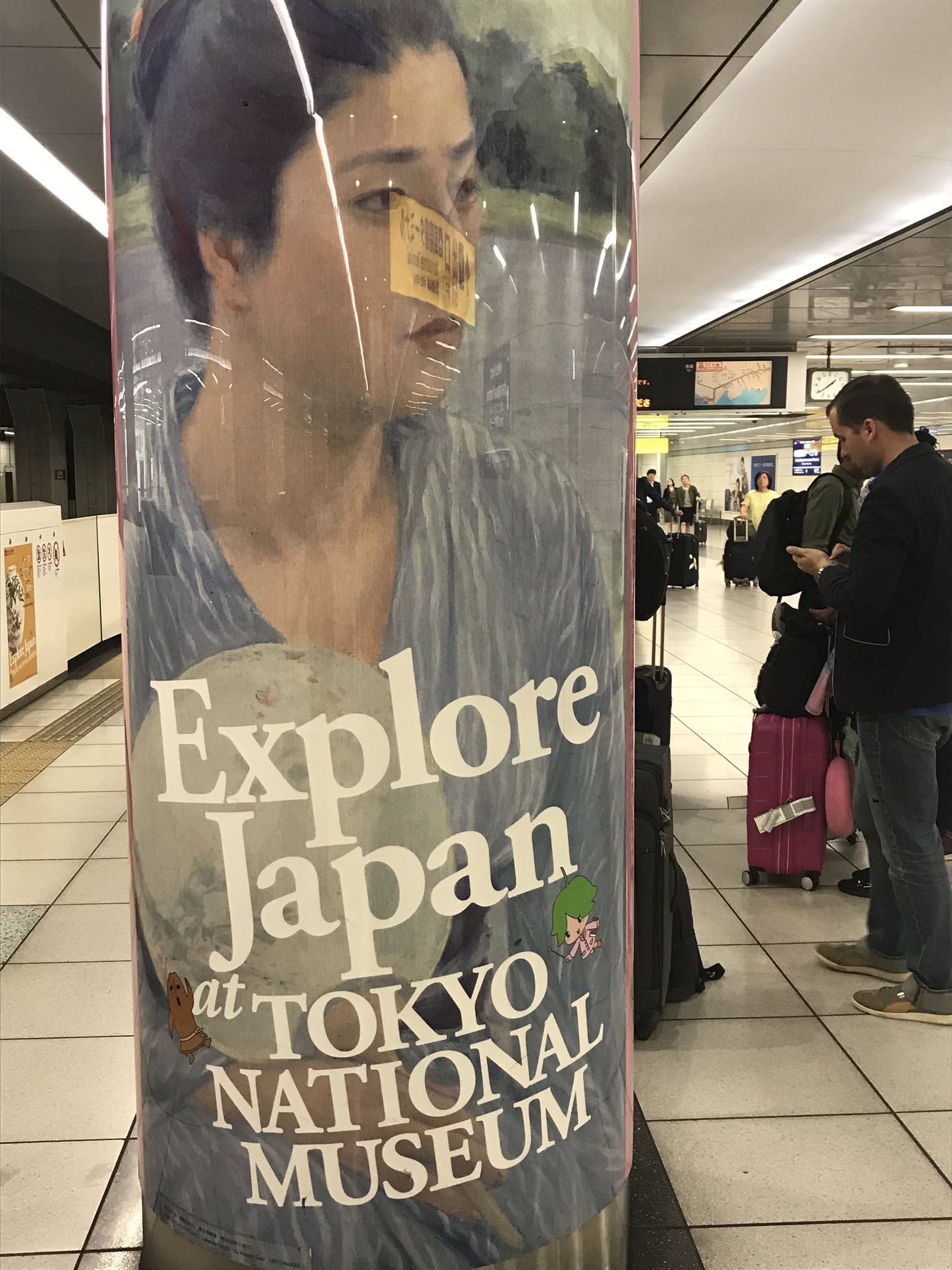
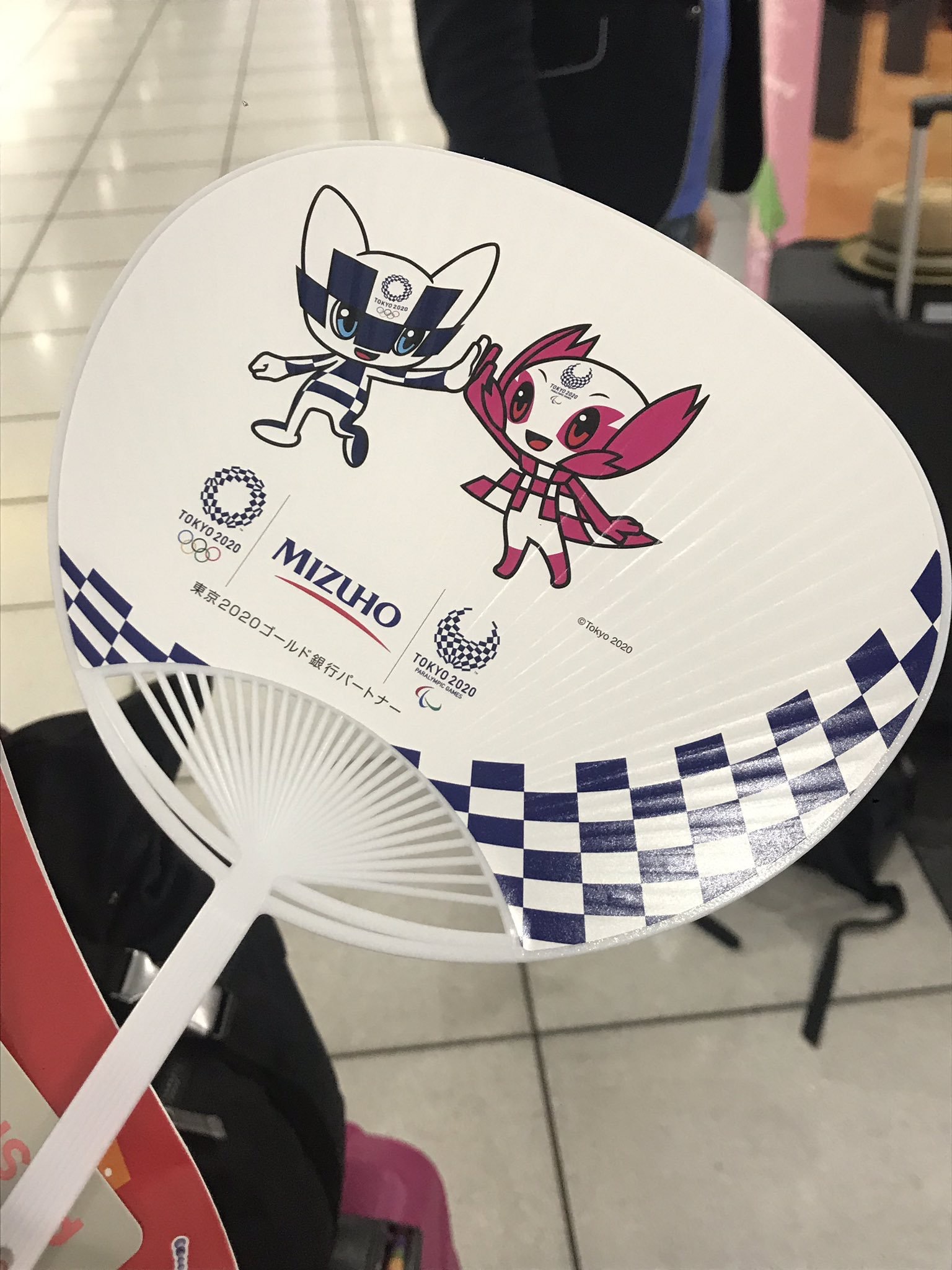
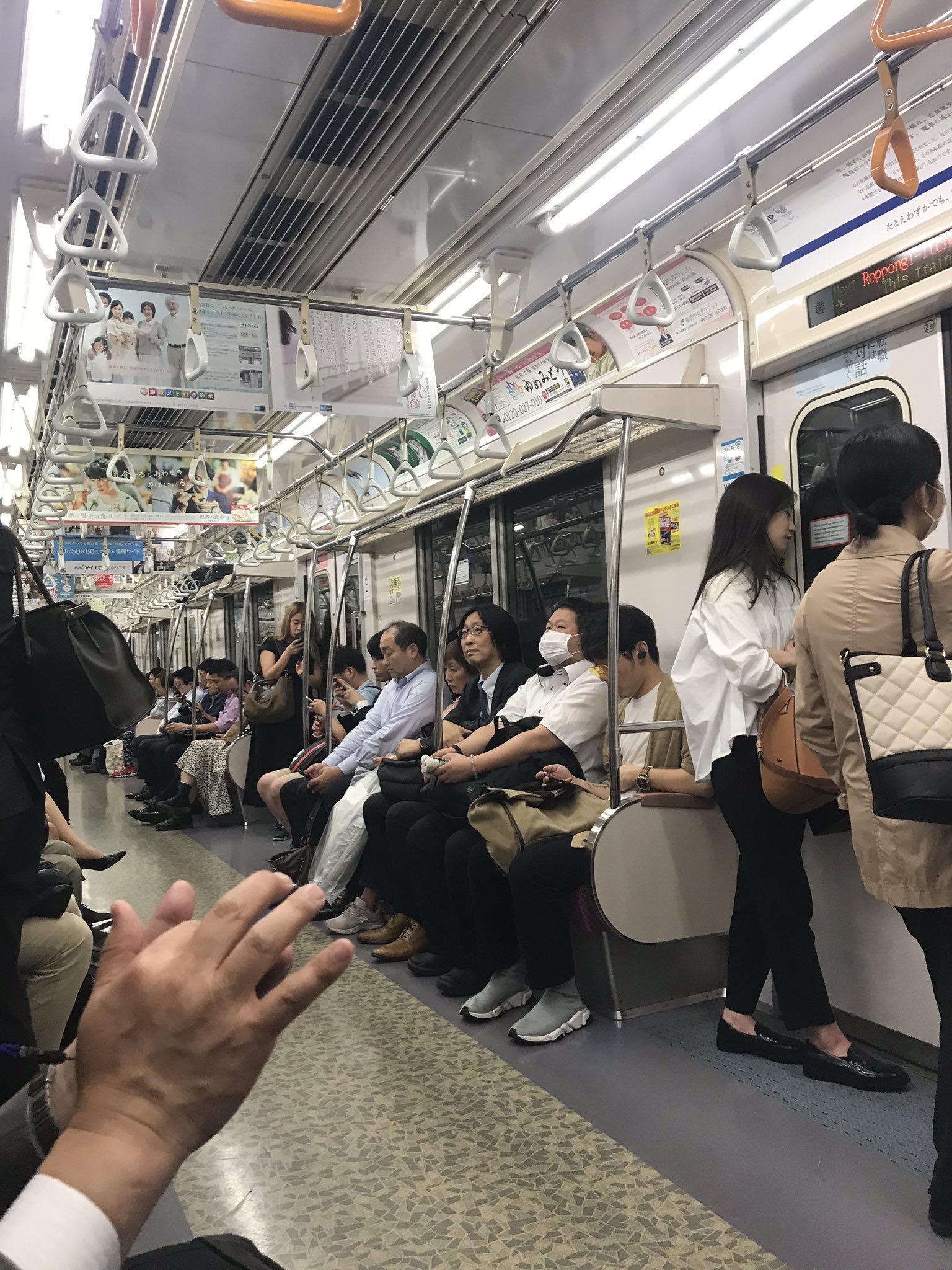
I was personally eager to see as much as possible of our surroundings, the beautiful greenery surrounding the historic building of a university that is more than 140 years old. We ended up dining at the university’s main canteen only to figure out that they have a halal food section catering for muslim diners.
I was surprised to see a statue of a man greeting a dog at the entrance of the gate leading to our accommodation within the university. When I asked around, they told me thats Hachiko and his owner, his owner was a professor at our university. I knew Hachiko but always thought that his story was a folk tale that grandmothers told to their grandchildren to teach them the virtue of loyalty. Little did I know that Dr. Eizaburo Ueno, a professor in agriculture sciences at the University of Tokyo had looked for the perfect Akita puppy for a long time until one of his students encouraged him to adopt Hachiko from Odate, a city in the Japanese prefecture Akita. Hachiko, or Hachi which became his nickname and his new owner soon became best friends. Eizaburo loved his dear dog above all and treated him as his son. The two of them were inseparable. As Hachiko grew older, he started to see his owner off to work in the morning at Shibuya train station in central Tokyo and went to pick him up at the station in the afternoon when he returned from work. On May 21, 1925, only two years after Hachiko was born, Hachiko was as as usual sitting by the exit at the train station waiting for his dear Eizaburo. But his owner never showed up. It turned out that Eizaburo had suffered from a cerebral hemorrhage and died suddenly and unexpectedly while at work. Hachiko moved in with a former gardener who worked for the Ueno family. But throughout the rest of his ten-year-long life, he kept on going to the the train station every morning and afternoon precisely when the train was due to enter the station. He sat there for hours patiently waiting in vain for the return of his beloved owner which sadly never happened. A major Japanese newspaper reporter picked up the story of Hachiko in 1932 and published it, which led to Hachiko becoming a celebrity all over Japan. People started calling him “Chuken-Hachiko“, which means “Hachiko – the faithful dog“. The story of the dog who never gave up gained a lot of attention also in international media, inspiring many people from all over the world to visit Hachiko at Shibuya Train Station to offer him treats. He touched the hearts of the Japanese people and soon became their hero. Hachiko passed away peacefully and alone on the street near Shibuya train station on March 8, 1935. In 2015, a statue imagining a happy reunion of Hachi and his beloved owner was made and placed at one of the university’s gates. That’s that statue I was talking about





The University’s chancellor’s office

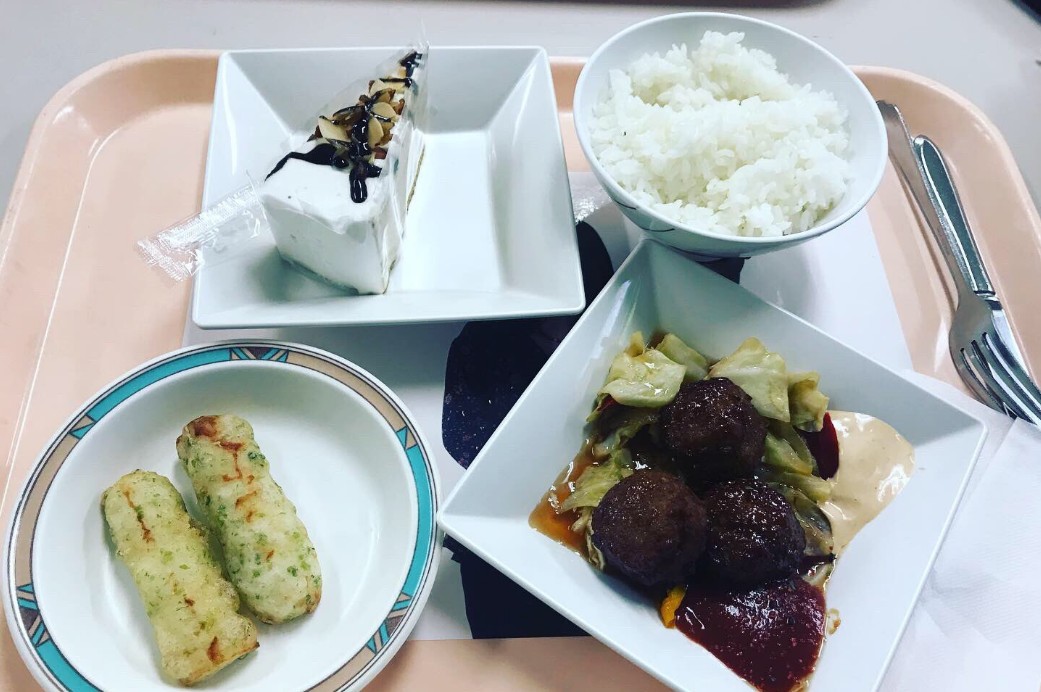
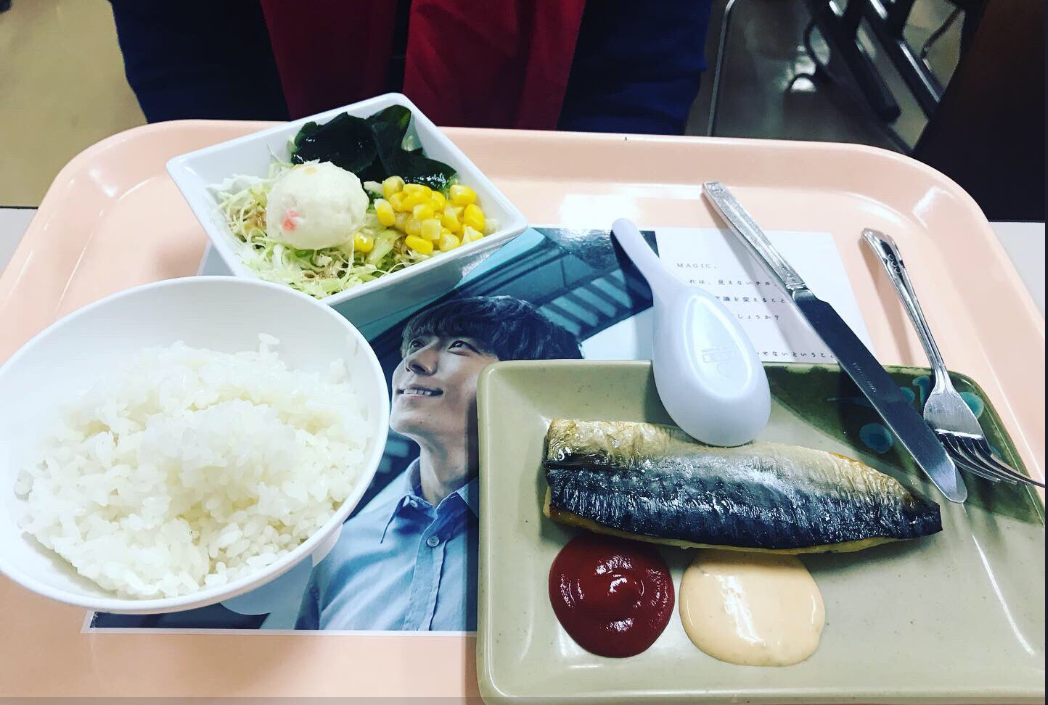
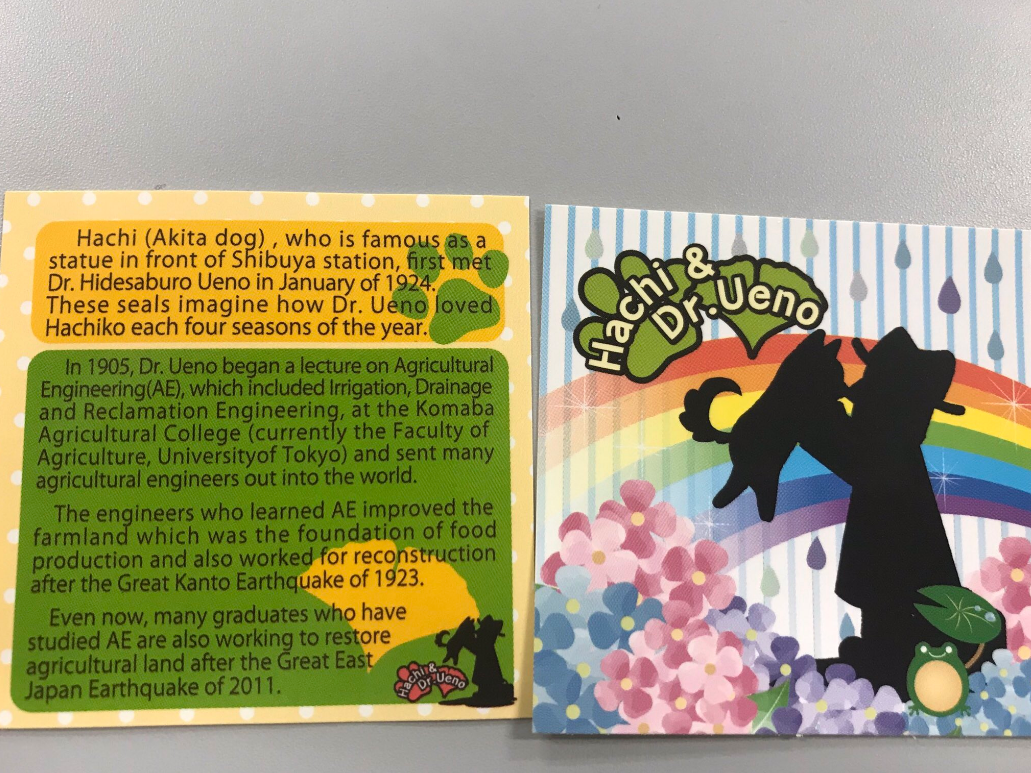
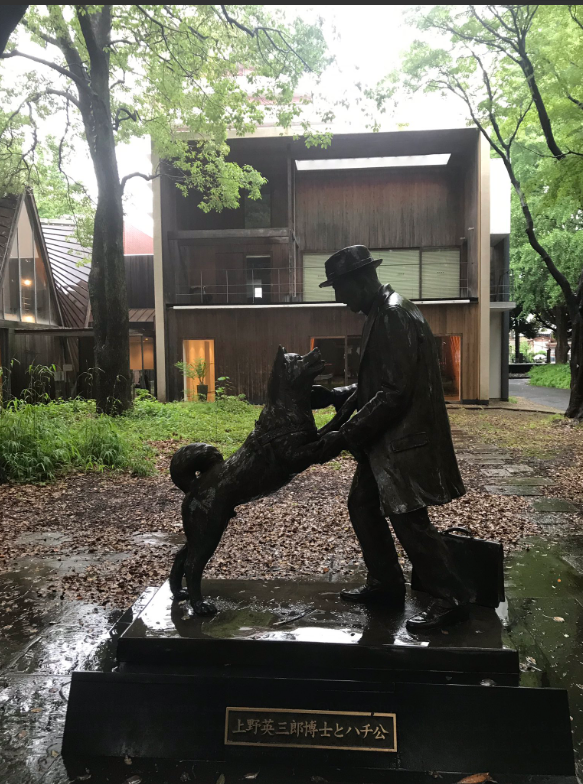

Dr. Manske’s Central Tokyo free guided tour
The next morning, Dr Manske was too nice and generous that he took us on a lengthy guided tour to some of Tokyo’s most attractive spots. Of course, Tokyo’s tallest building, the SkyTree was visible to us from the start of our Tokyo tour.
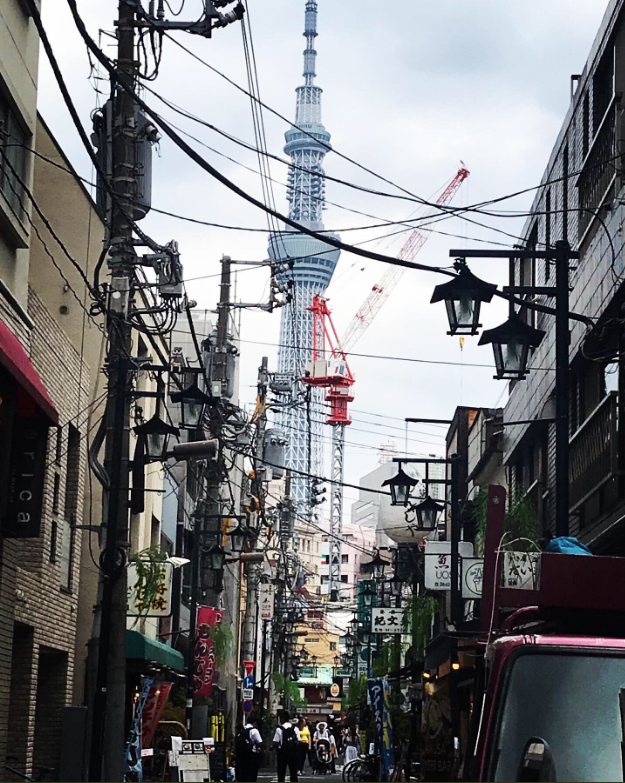
We visited Nezu Jinja (Nezu Shrine) in Nezu which was actually right next to the university campus. Nezu Jinja is famous for the beautiful vermillion Torii gates as well the 2000 azaleas in the spring that are said to bring luck for love, business, admission to schools and so on (too bad we missed the spring). The shrine is also one of the popular spots for Japanese weddings. It was established 1900 years ago by the legendary priest Yamato Takeru and escaped major disasters like earthquakes and the second world war and thus remains original.
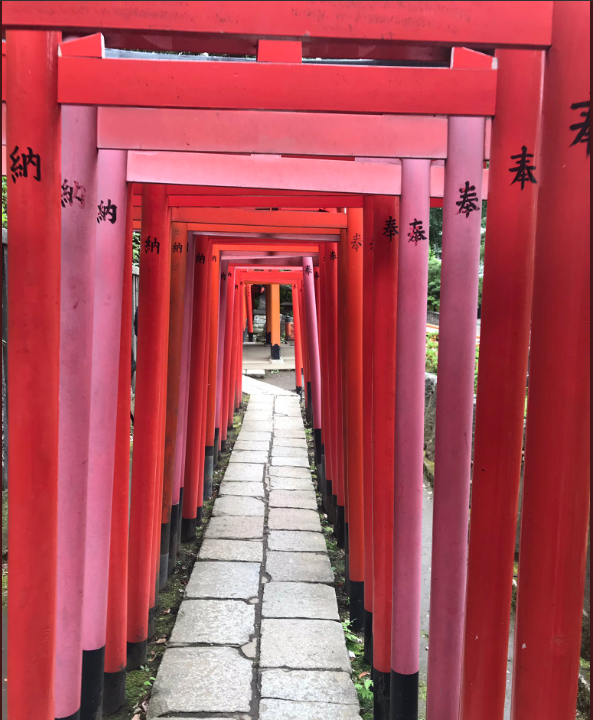
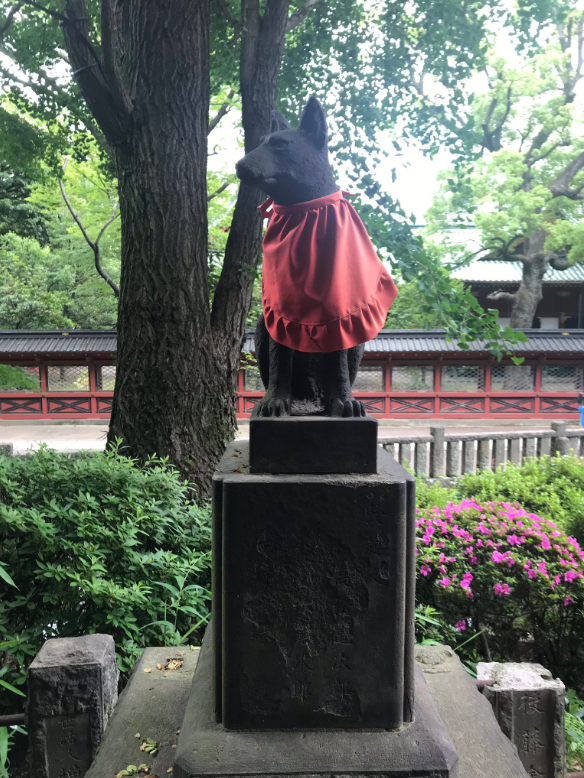
A guarding fox, Nezu Jinja
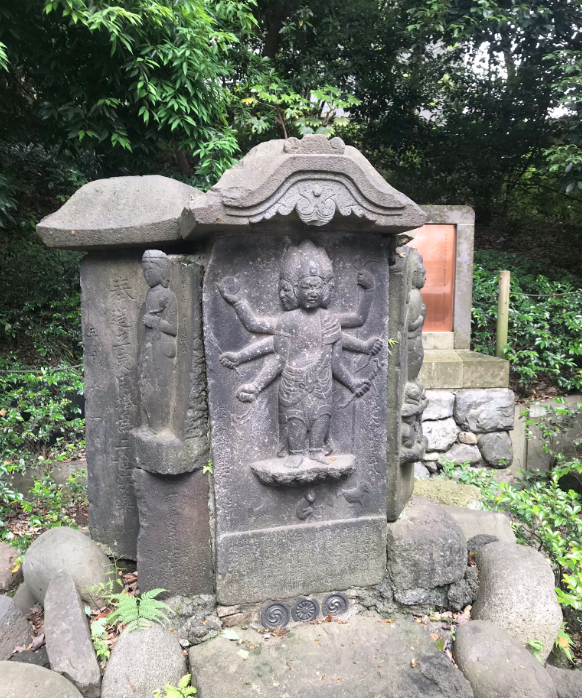
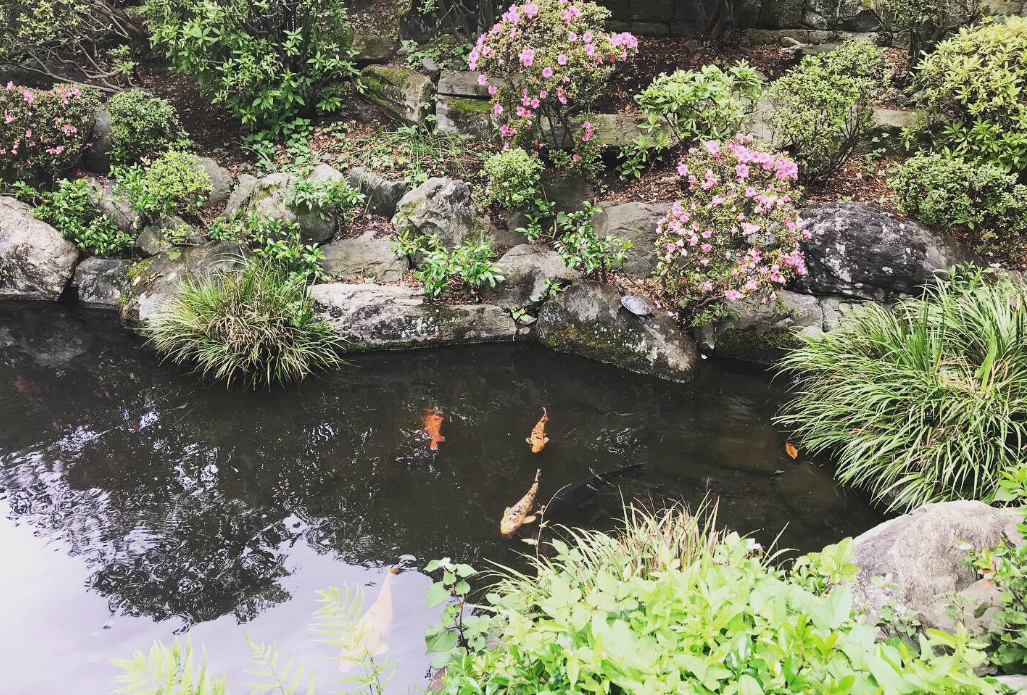
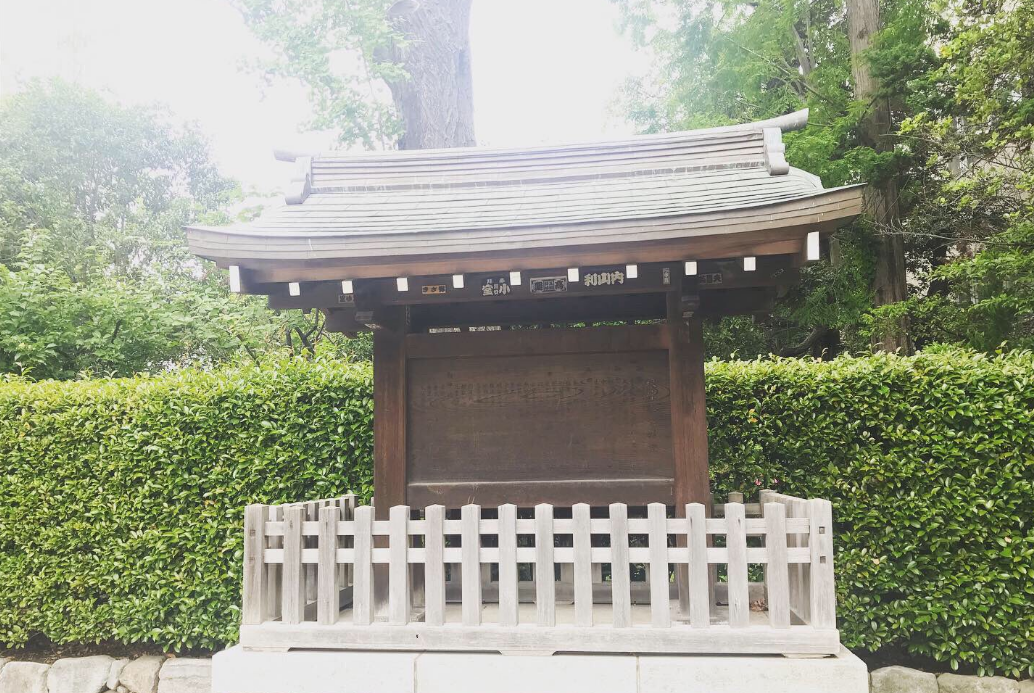
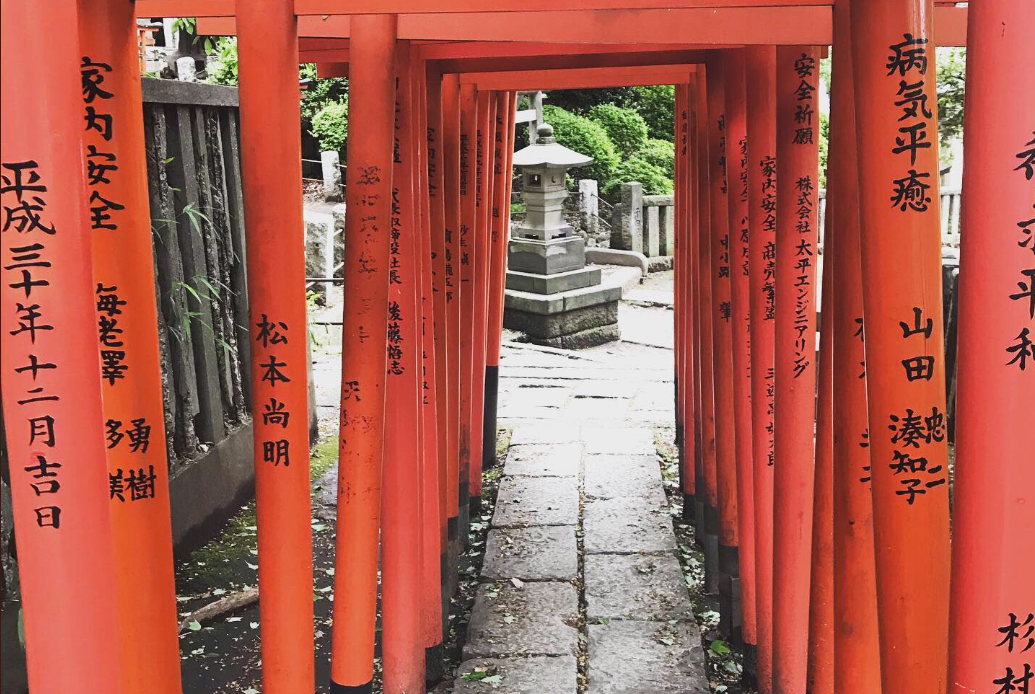
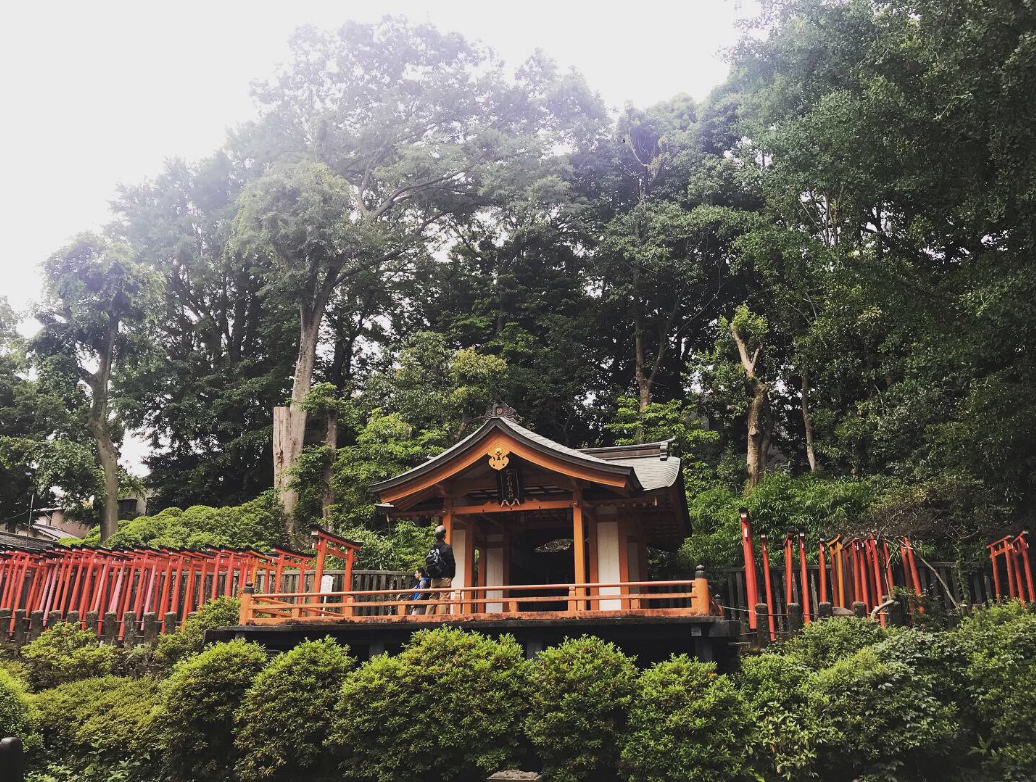
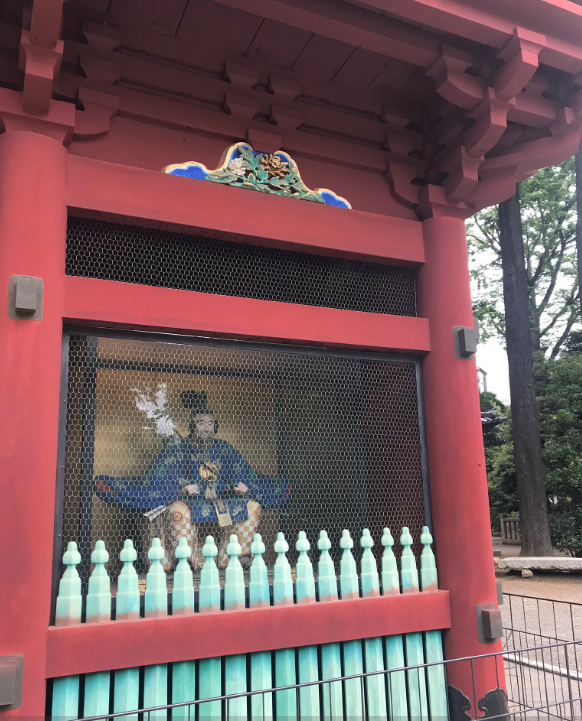
Next stop was Ueno Onshi Koen or simply Ueno Park. Established in 1873 , Ueno Park was the first public park of its kind in all of Japan. Spanning across a roughly 53,000 square meter plot, Ueno Park is where you will find Ueno Zoo, Shinobazu Pond, the National Museum of Western Art, the Shitamachi Museum and many, many other sightseeing spots – this is definitely a place that draws visitors from all around the world and a place that I enjoyed visiting very much. Shinobazu Pond (a large natural pond in the park) looked to me like a charming green oasis in the heart of Tokyo. The surface of the pond is blanketed in lush greenery so thick in places that you cannot even see the water itself. This is a lotus pond and in Buddhist and Hindu cultures, the lotus flower is associated with purity and beauty which definitely gives the flower a sort of an exotic and a majestic mystique. There is also Bentendo Temple which is a hexagonal temple located within the center of the pond and is where Benten, the goddess who answers prayers regarding science, the arts, fortune and marriage, is enshrined. Surrounding Bentendo you will find stone monuments of soft-shelled turtles, puffer fish, glasses and even knives consecrated in thanks here. We also passed by Kiyomizu Kannondo, a temple from the Tendai sect of Buddhism that has been recognized as an Important Cultural Property in Japan. The pine trees painted by the famous ukiyo-e artist Utagawa Hiroshige in his works “One Hundred Famous Views of Edo” were modeled after those found in this temple; the Tsuki no Matsu (moon’s pine tree) and the main temple building, designed Kyoto’s Kiyomizudera, are two of the small highlights of this temple. Interesting to see as well was the Ueno Daibutsu. Although it was once a great statue of the Buddha, thanks to frequent earthquakes, wars and other disasters, all that remains of this massive statue is the relief of the face.
p.s: Never miss stopping by “The Flame of Hiroshima and Nagasaki” lit at the Ueno park

The Origin of “the Flame of Hiroshima and Nagasaki”
On August 6, 1945, US forces dropped the world’s first atomic bomb on Hiroshima, and another on Nagasaki on August 9 the same year, claiming the lives of hundreds of thousands of people in an instant. Even now, many survivors are still suffering from the damage. Sometime later, Tatsuo Yamamoto went to Hiroshima in search of his uncle, and found a flame of the atomic bomb burning in the ruins of his uncle’s house. He brought it back to Hoshino-mura, his hometown in Fukuoka prefecture. He kept it burning in his house as a memento of his uncle and an expression of his resentment. But years went by, the meaning of the flame turned into a symbol of his desire for abolition of nuclear weapons and for peace. Hosino-mura village build a torch and transferred the flame to it on August 6, 1968. It has been keeping the flame ever since as the flame for peace, with the support of the villagers. In 1988, a flame was taken from the torch and was merged with another flame lit by the friction of broken roofing tiles of Nagasaki. Along with 30 million signatures collected in support of the “Appeal from Hiroshima and Nagasaki”, it was carried to the third Special Session of the UN General Assembly for Disarmament taking place in New York City. In April the same year, members of “Shitamachi People Association” put forward an idea of lighting the flame at the precinct of Ueno Toshogu Shrine in Tokyo. Rev. Shozen Saga, the chief priest, warmly welcomed the proposal, and promised to set up a monument and work together to keep the flame burning. In April 1989, an “Association for the Flame of Hiroshima & Nagasaki Lit at the Ueno Toshogu” was founded with the people of wide ranging people. Tens of thousands of people took part in the fund-raising for over one year and the construction of the monument was completed on July 21,1990. In commemoration of the 45th year of the A-bomb tragedies, a flame of Hiroshima was taken from Hoshino-mura and lit at the monument on August 6, and a flame of Nagasaki, generated by the friction of Nagasaki roofing tiles, was also added to the monument.
“We, hereby pledge to keep burning the A-bomb flame, convinced that this monument should contribute to strengthening the worldwide people’s movement to abolish nuclear weapons and achieve peace, which is the most urgent task for the people across the borders.”
August 1990
Association for the Flame of Hiroshima & Nagasaki Lit at the Ueno Toshogu
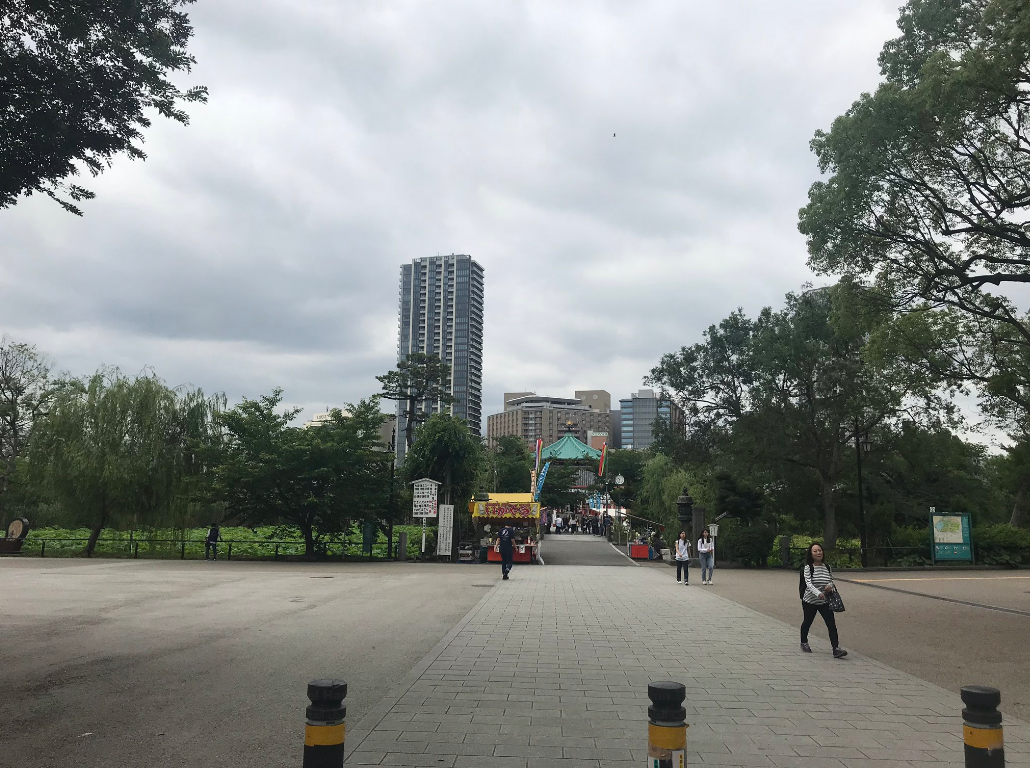
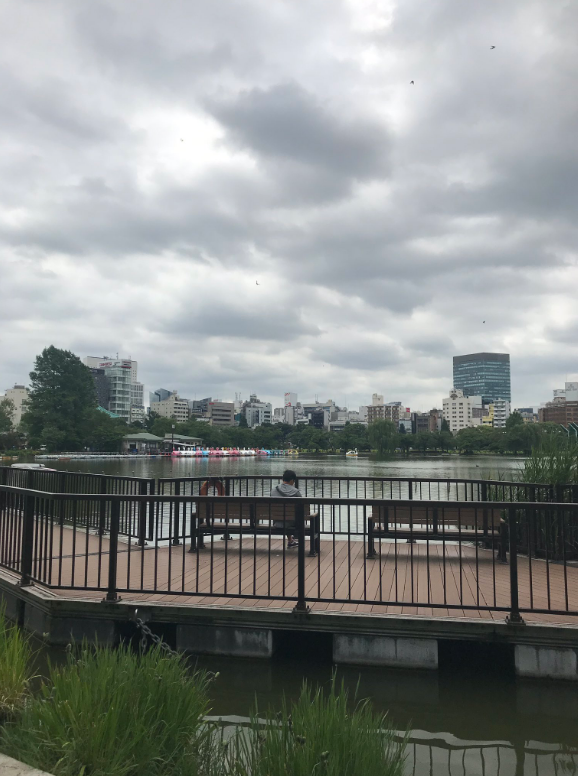
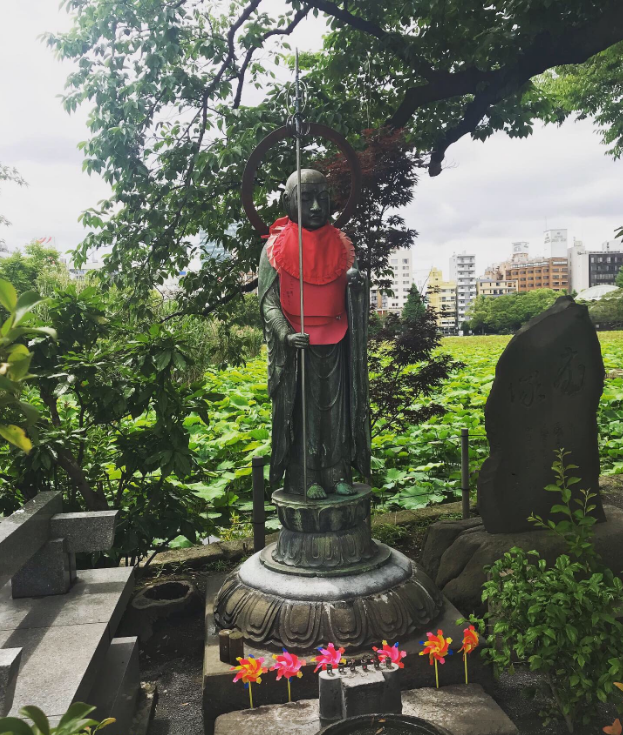
Ueno Park, Taitō
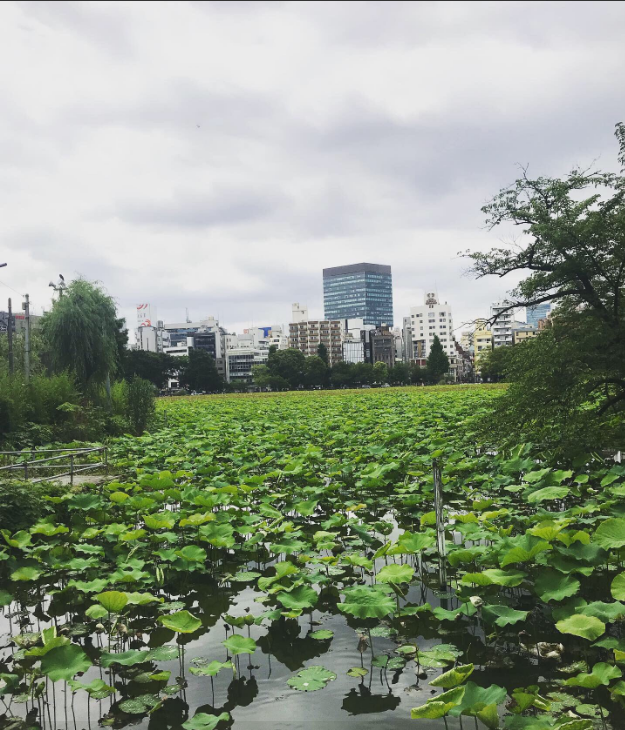
Ueno Park, Taitō
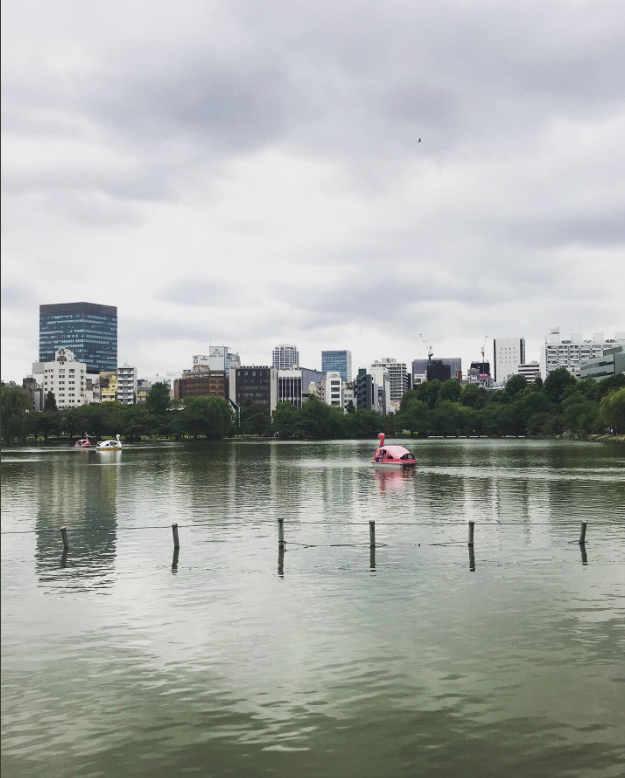
Ueno Park, Taitō
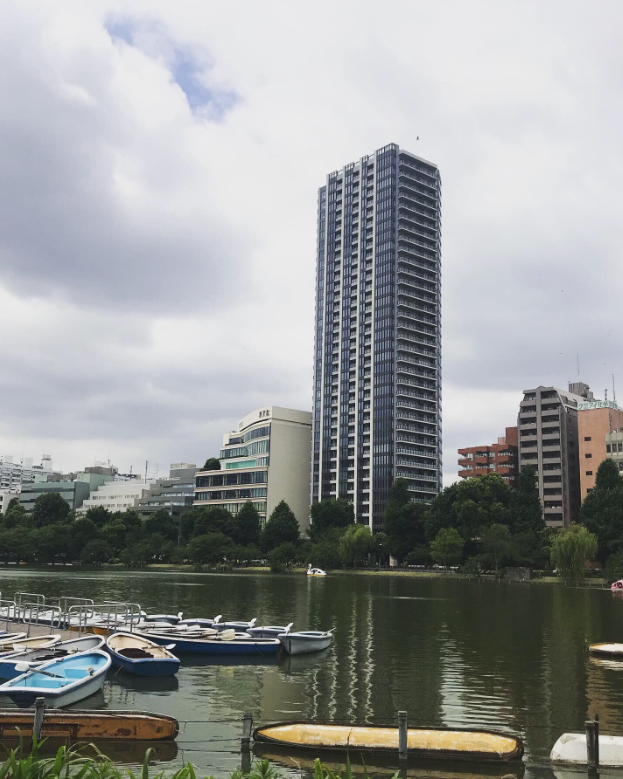
Ueno Park, Taitō
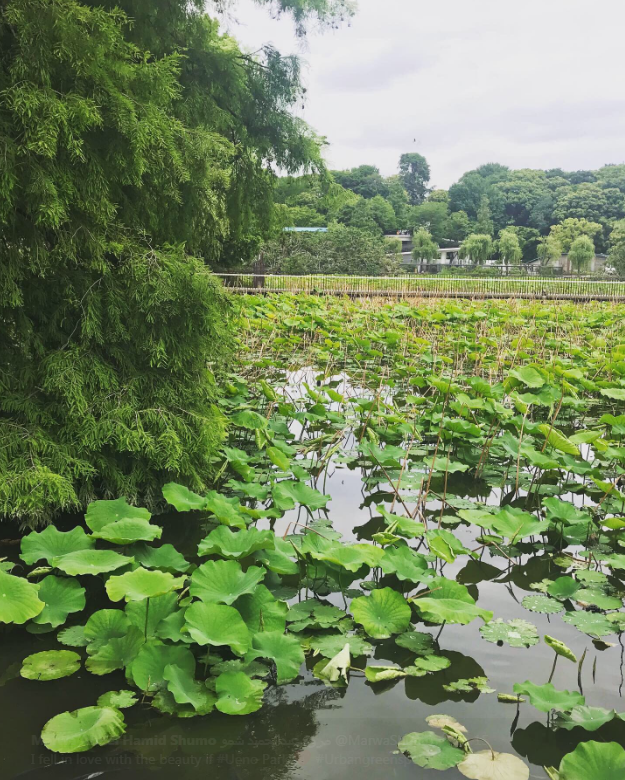
Ueno Park, Taitō


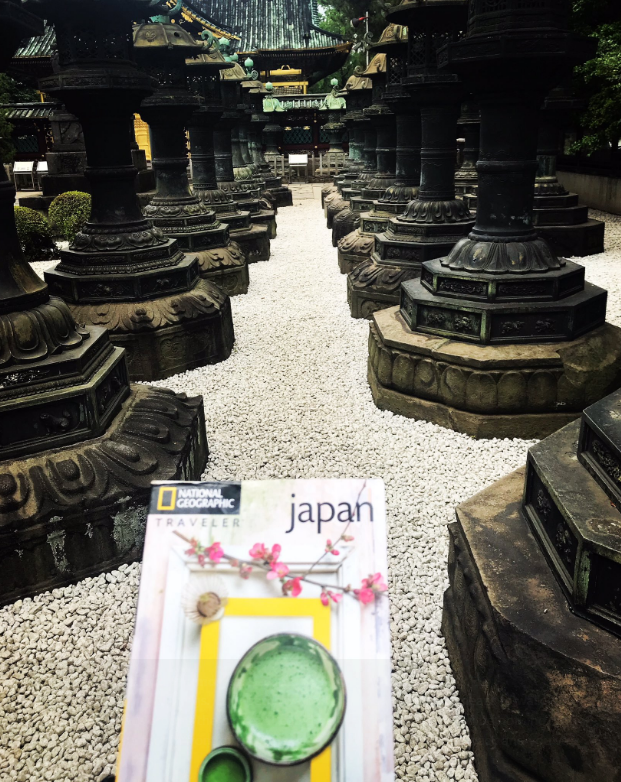
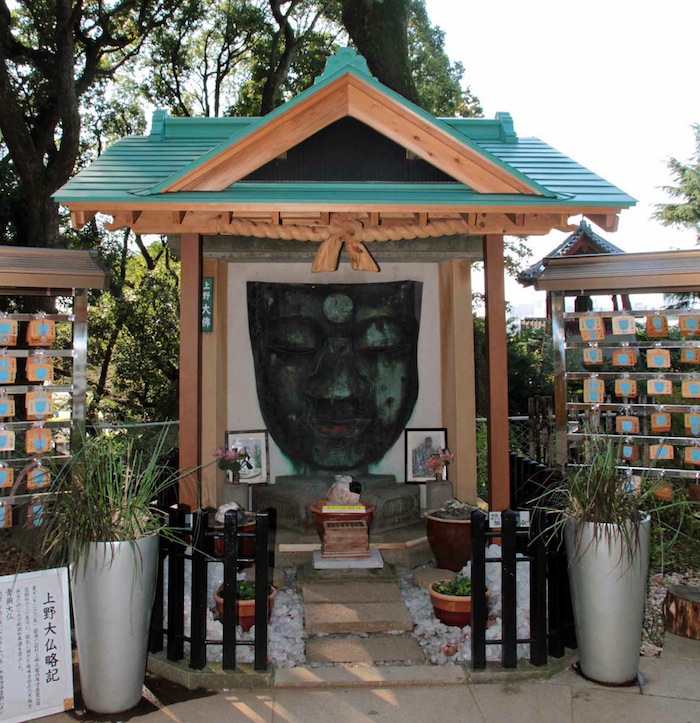
Ueno Park, Taitō
Going back in time in Asakusa
Asakusa is a great area to see the traditional and historic side of Tokyo, and Tokyo’s oldest temple “Sensoji” , the symbol of this area and its main attraction. You will also see many rickshaws. And not just any rickshaw (which is an antiquated form of transport even in a motorized “tuk-tuk” form), but perhaps the most traditional sort of all: Pulled by young men using only the strength of their bodies.
Sensoji Temple, the oldest temple in Tokyo was originally built in 7th Century. The temple complex consists of two main gates, the approach, the 5-storied pagoda and the main hall of the temple. When you get to Sensoji Temple, the first thing you see is Kaminarimon Gate (Thunder Gate), which is the main entrance of the temple. The vivid red gate is decorated with a huge red lantern with Kanji letters in the center and two guardians on both side. After passing the first gate, you will enter the approach to the main hall of Sensoji Temple, called Nakamise Street. The 250 m long approach is more like a shopping street which is a home to numbers of souvenir shops and food stalls are lined. Before reaching the main hall of the temple, you will find another large gate called Hozomon Gate. This inner gate also has a big lantern, and also gigantic Waraji sandals. You can take a great picture here with the gate and Tokyo SkyTree on its background. Beyond the gate, there is the main hall of the temple decorated in vivid red, and a five-storied pagoda. The surroundings of the main hall are always crowded by tourists and worshipers. We witnessed a prayer session, standing behind a window, I saw the monks performing their rituals and humming some prayers with devoted worshippers fully immersed in the serenity of the prayer. These were some 20 interesting minutes that I will never forget and will cross my mind every time I remember our trip to Japan.
Try some snacks in Asakusa such as the Kaminari Okoshi which is a sweet puff rice crackers adored by the locals since the 18th century. Amezaiku i.e. “beautifully shaped candies” that are often sold in beautiful traditional patterned cases are also found here in abundance. I found the colorful small candies too cute to be eaten.
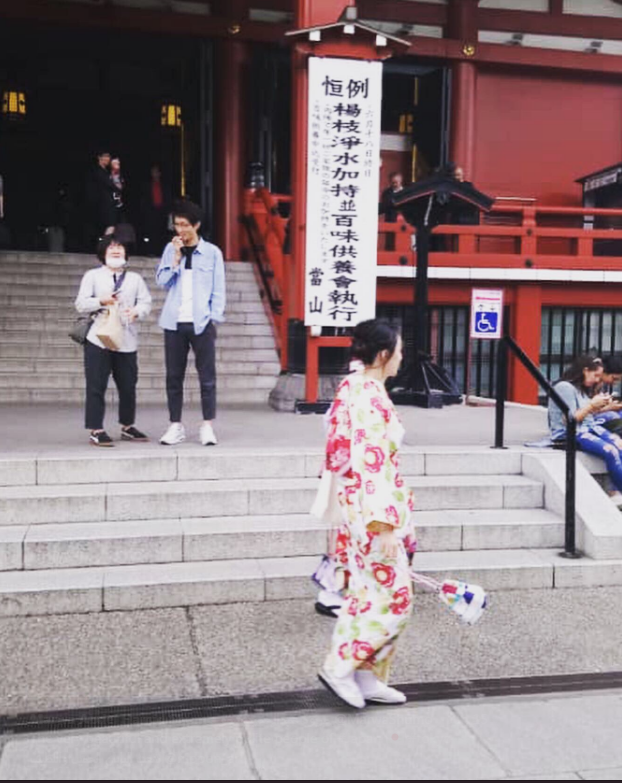
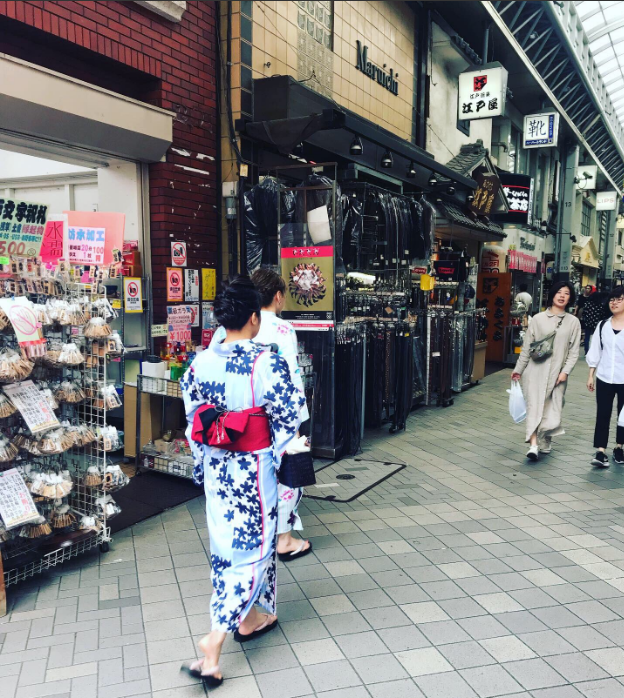
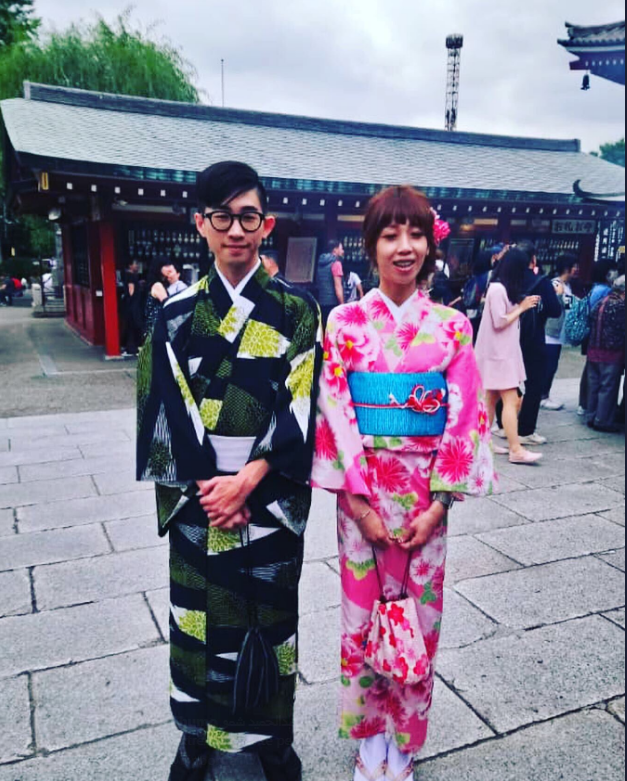
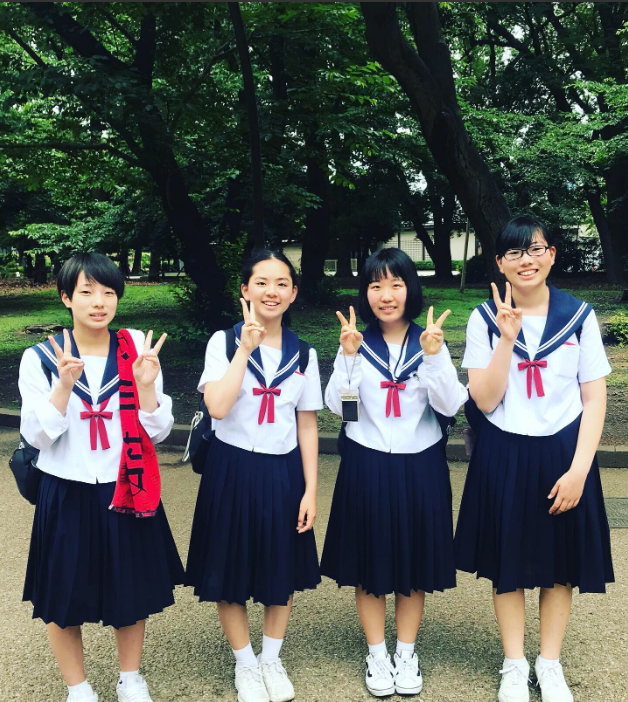
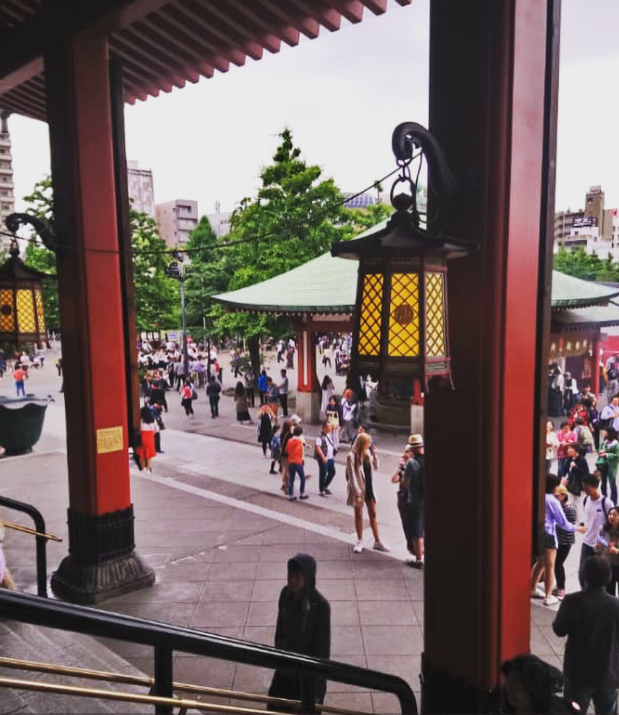
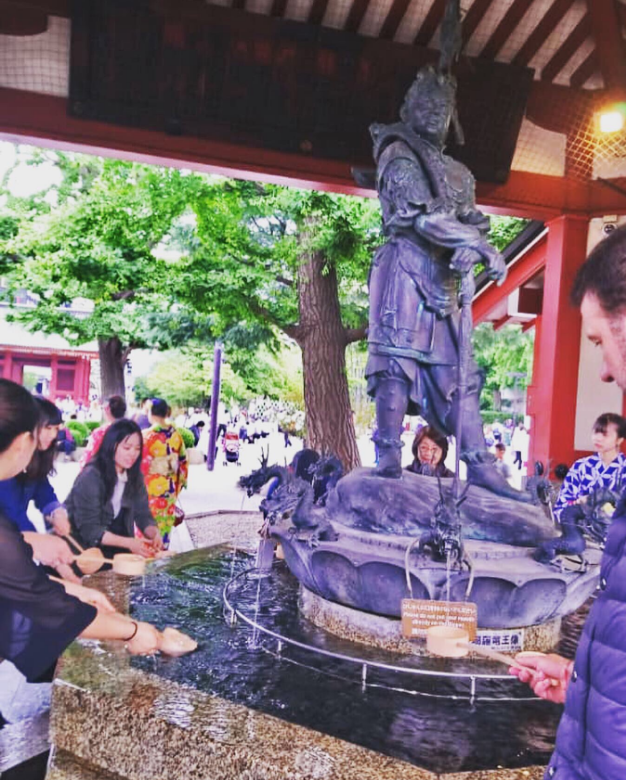
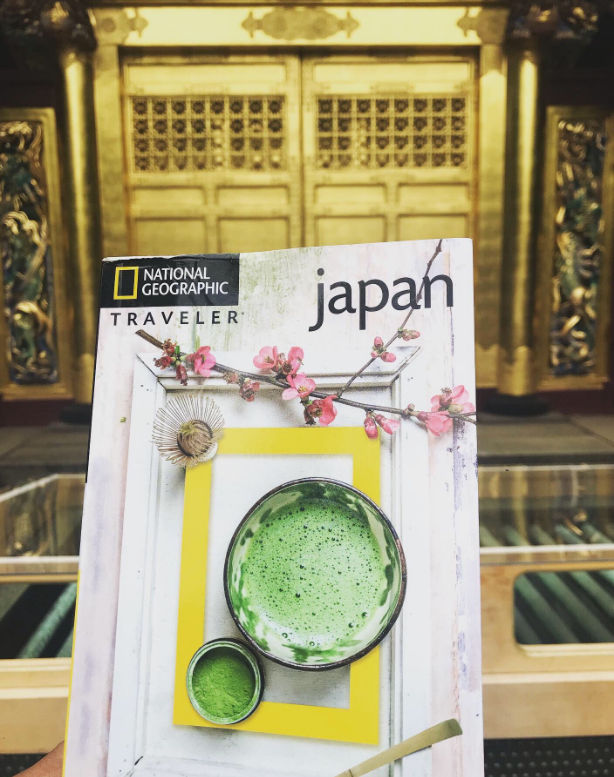
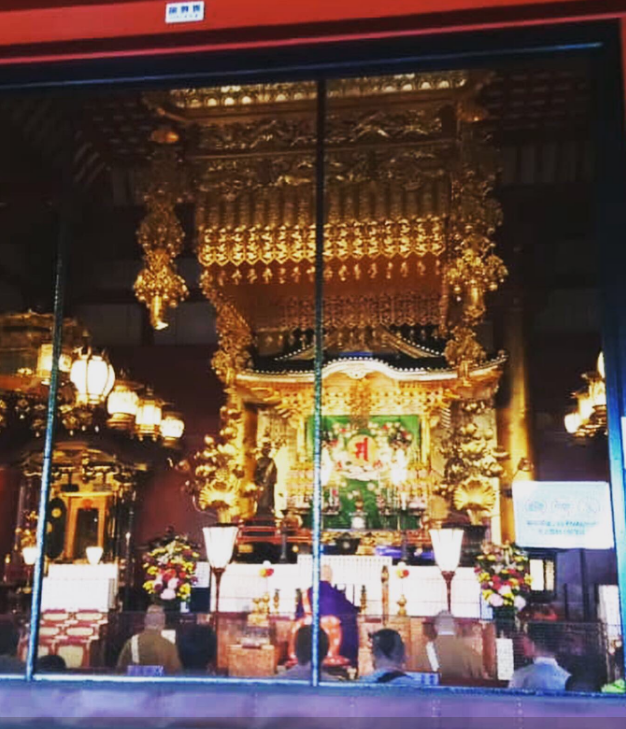
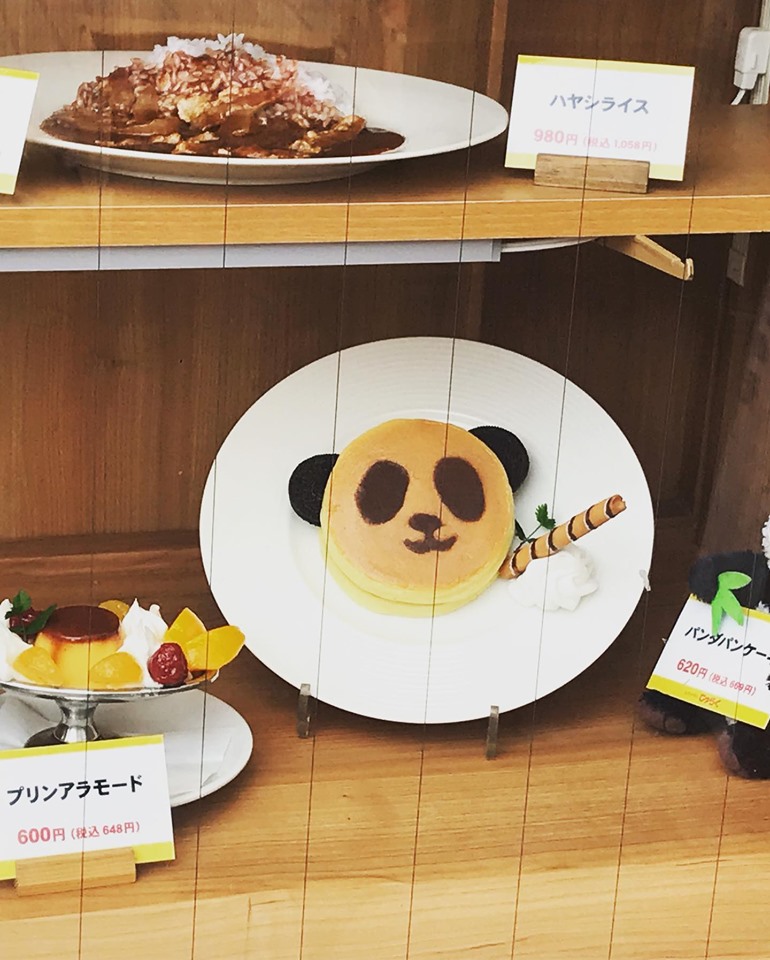
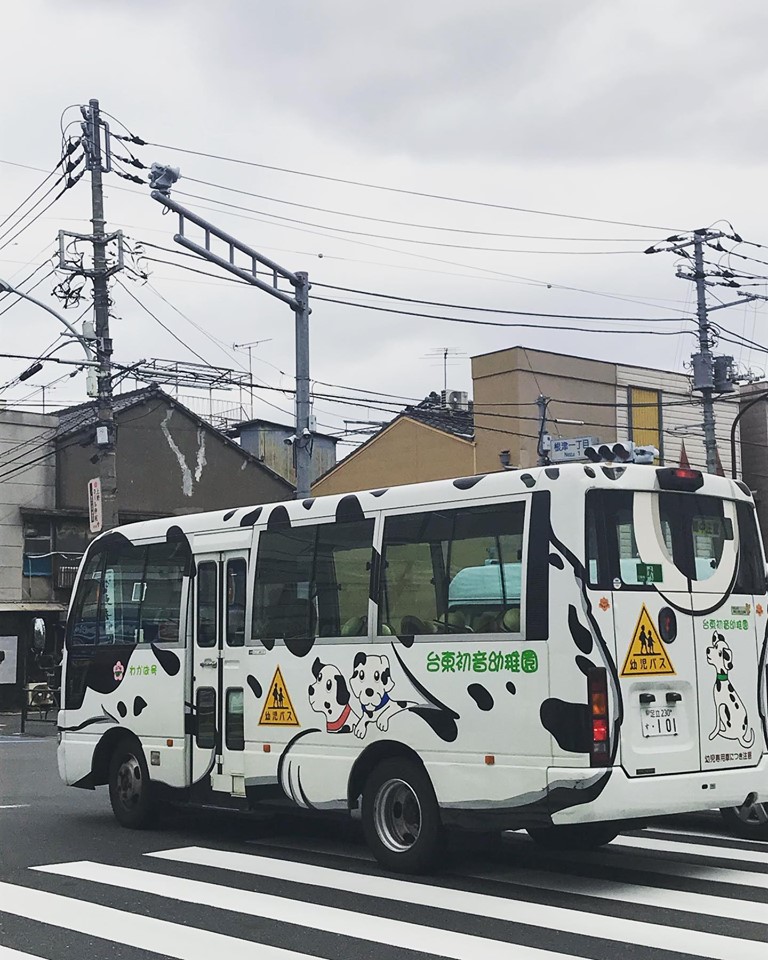
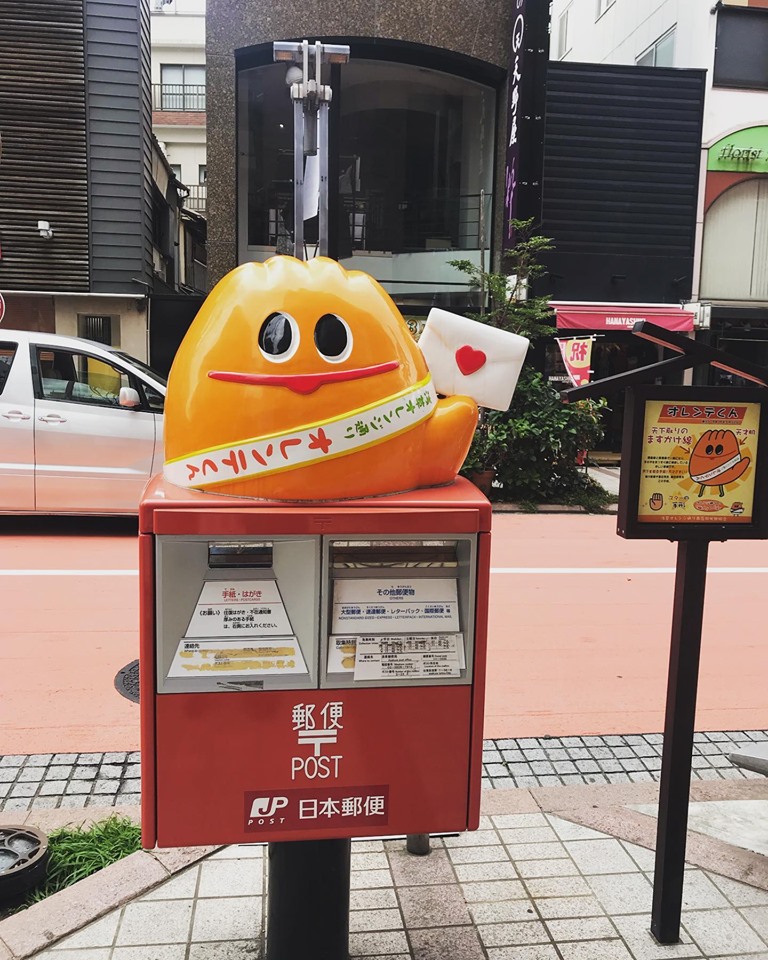
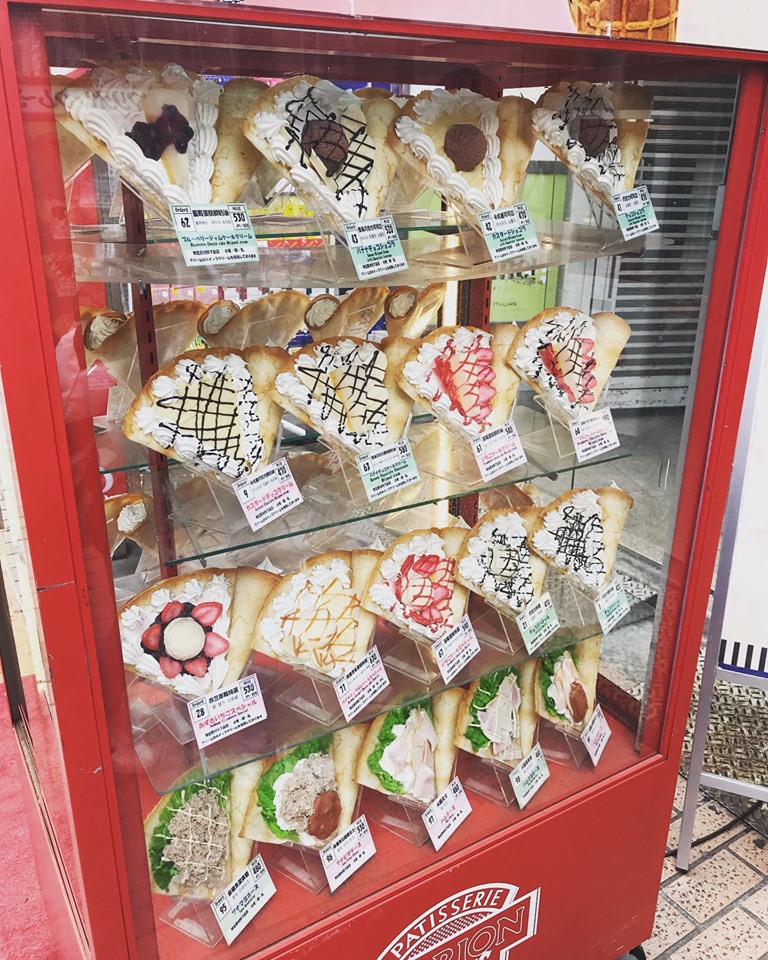
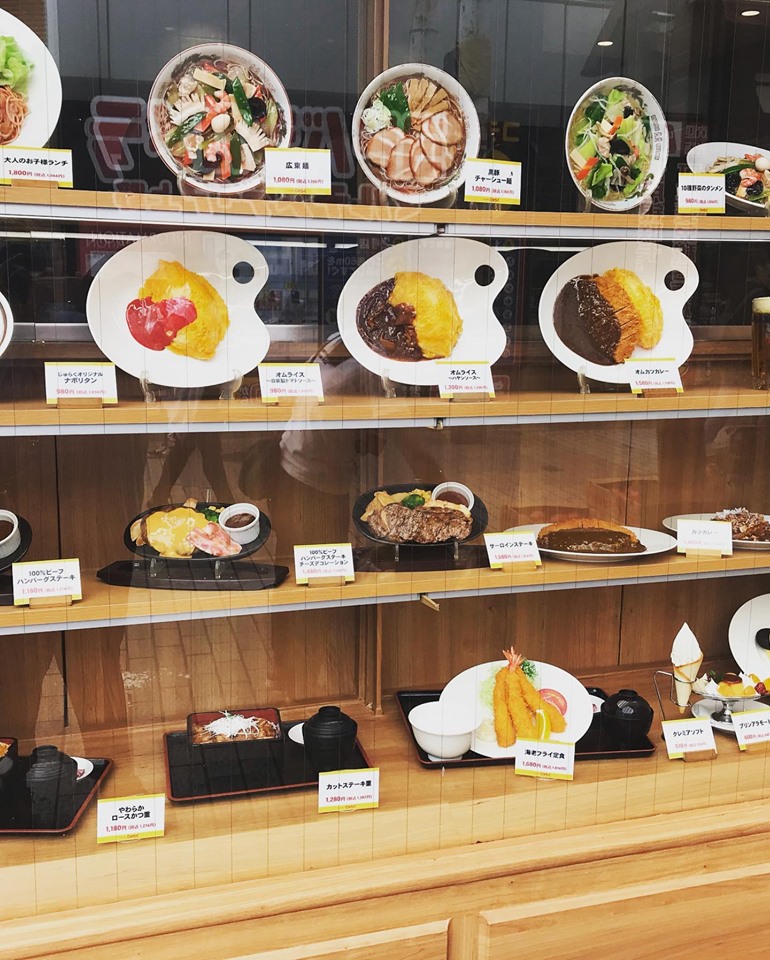
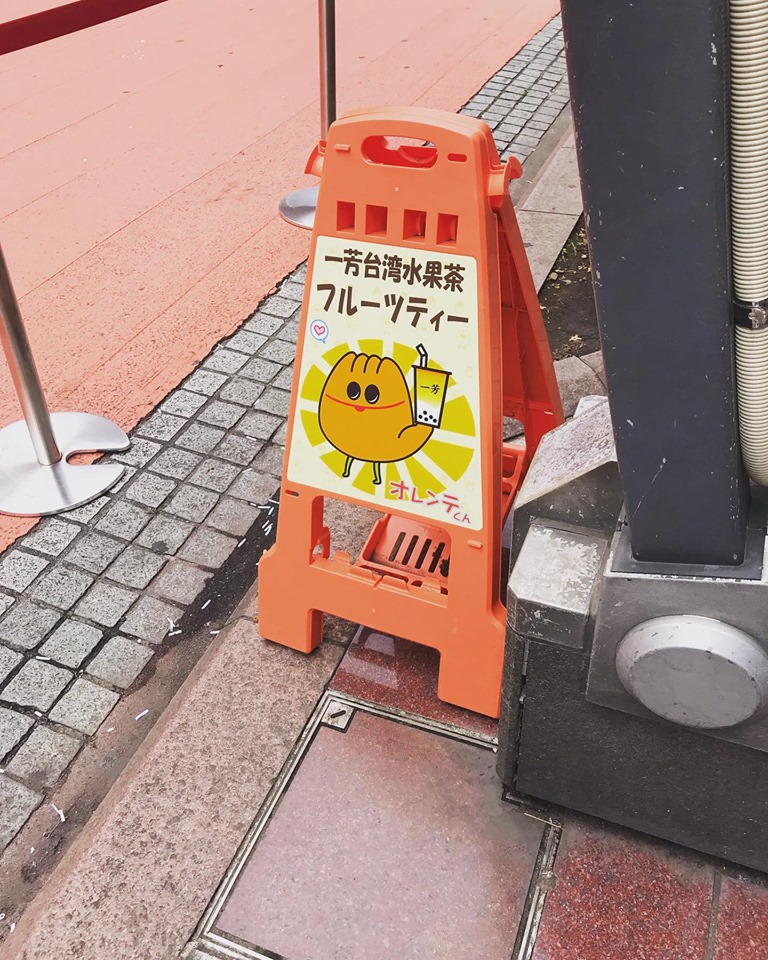
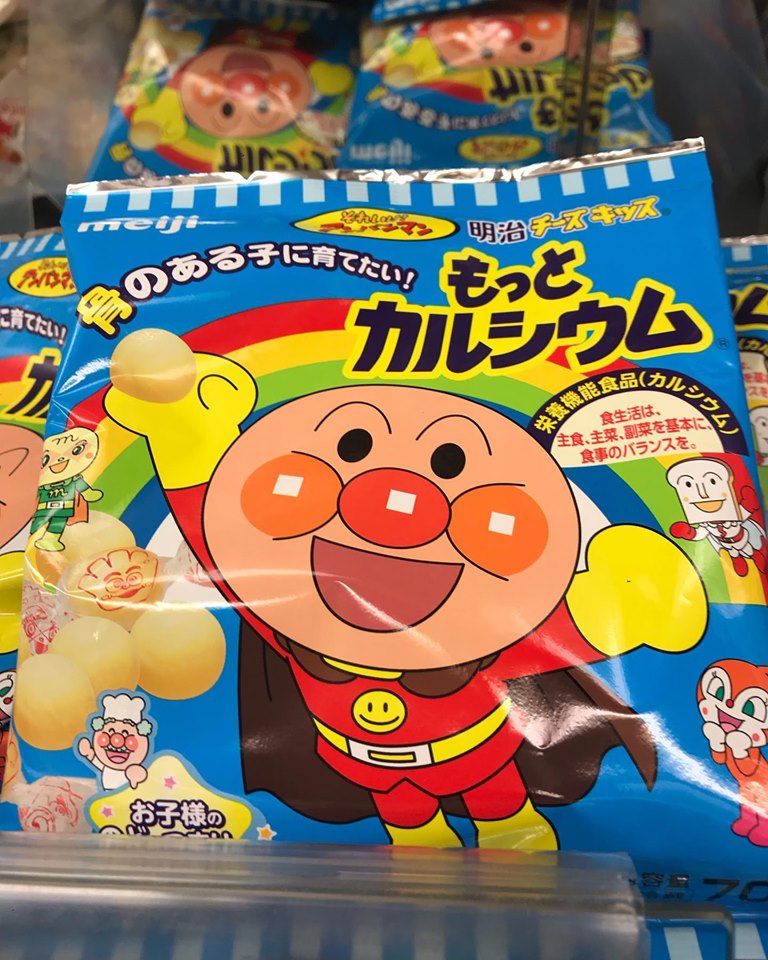
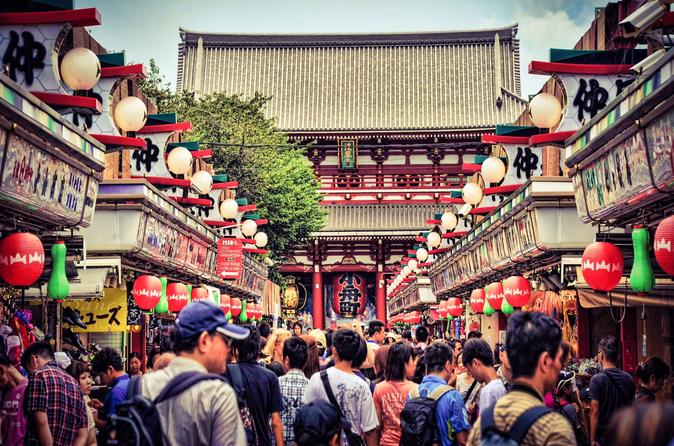
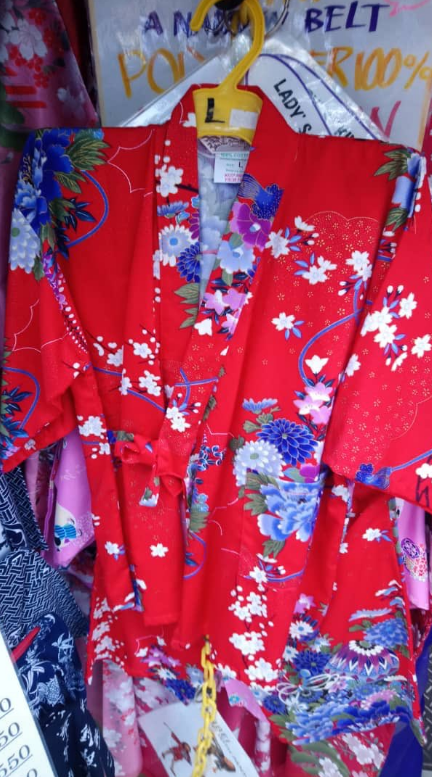
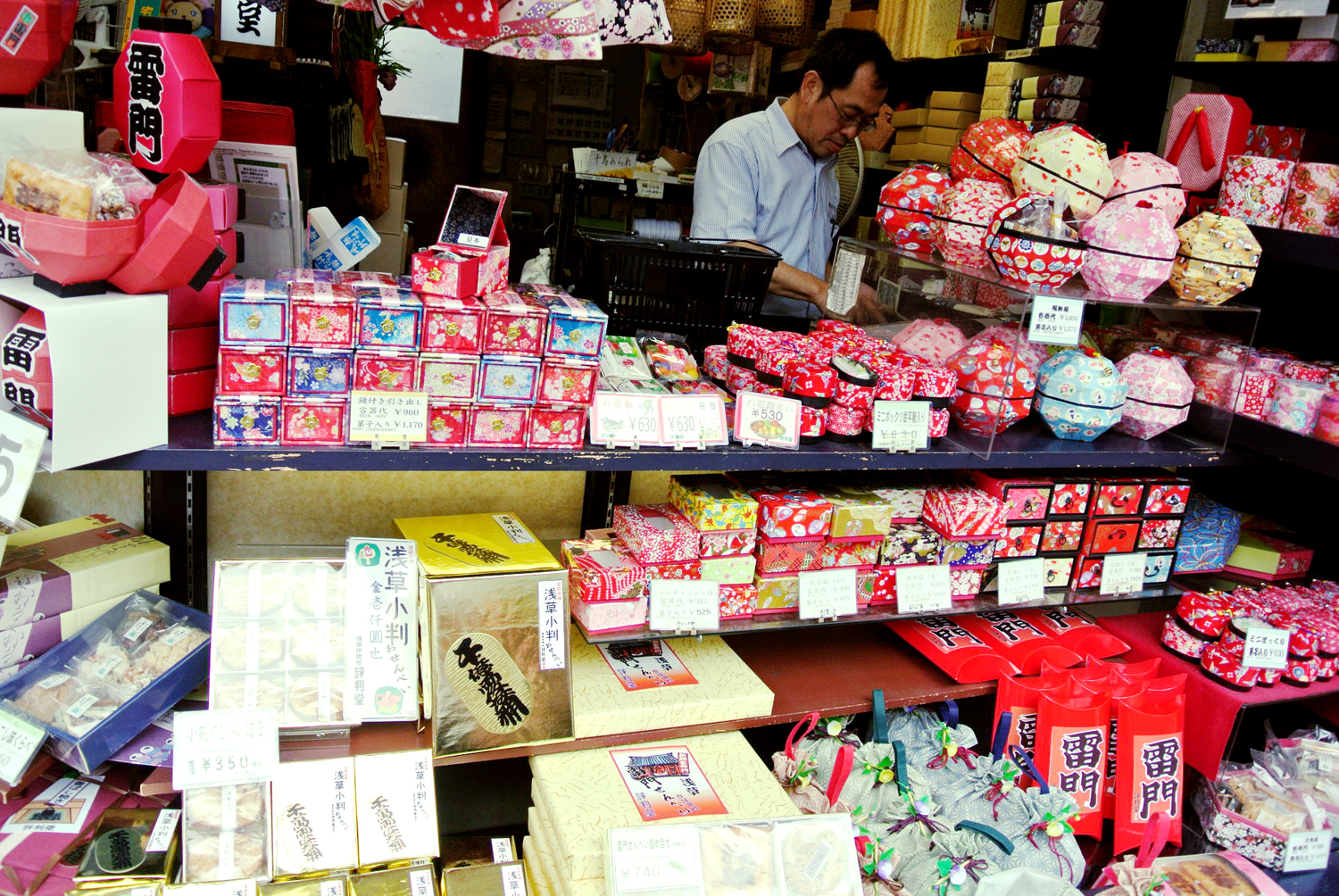
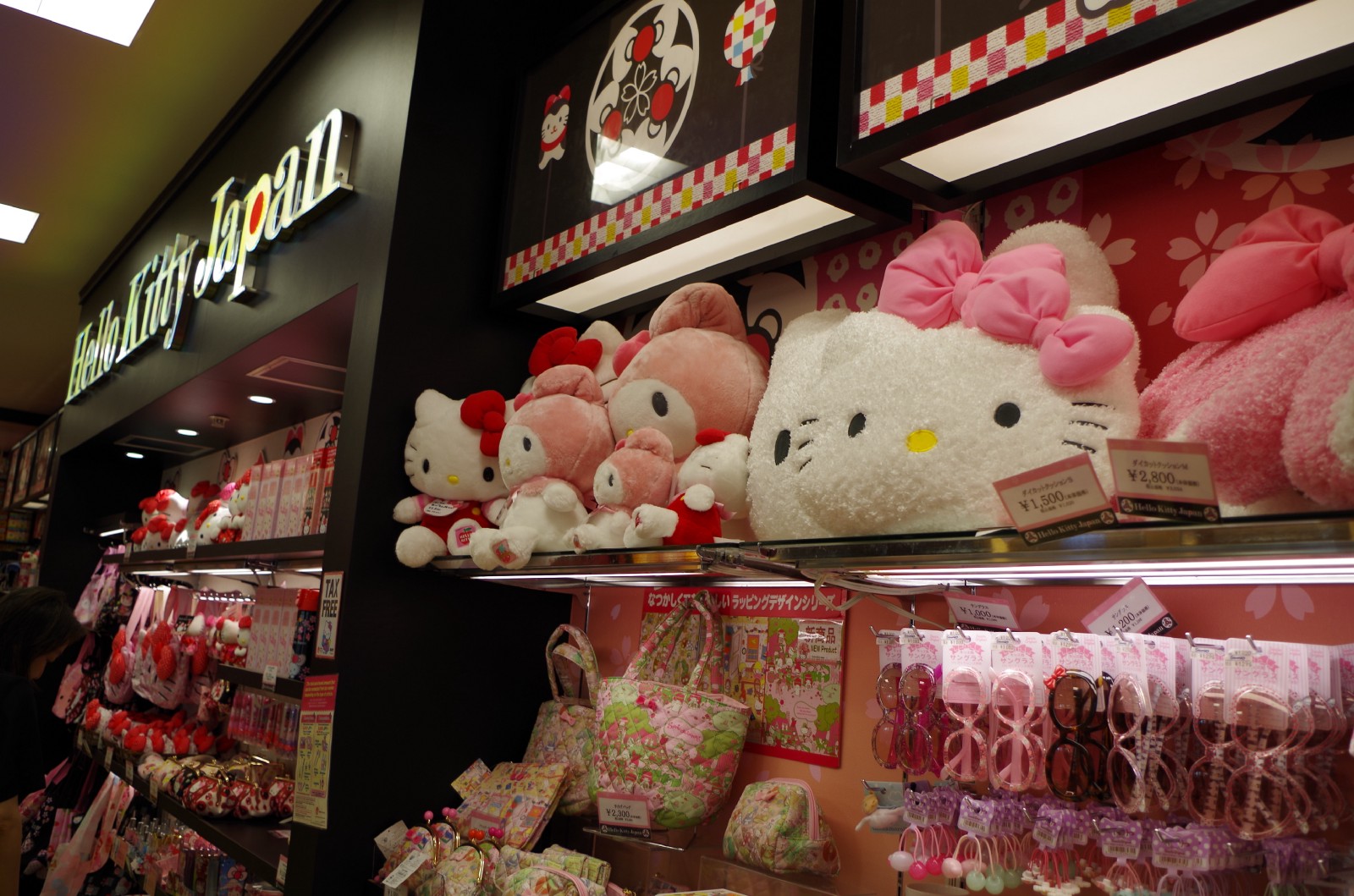
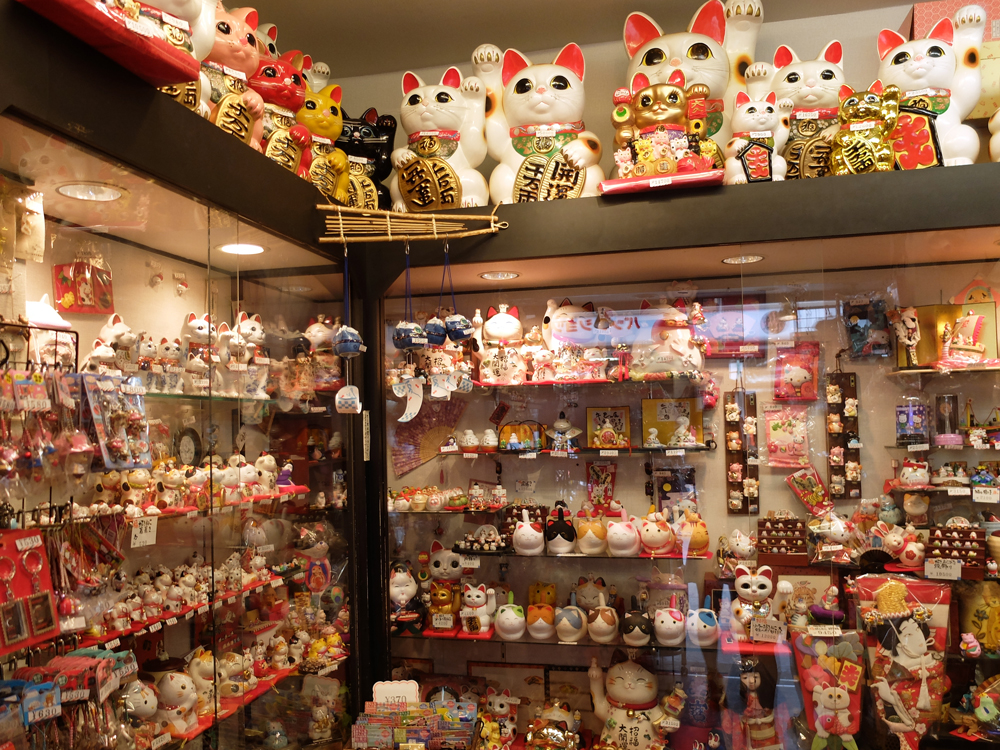
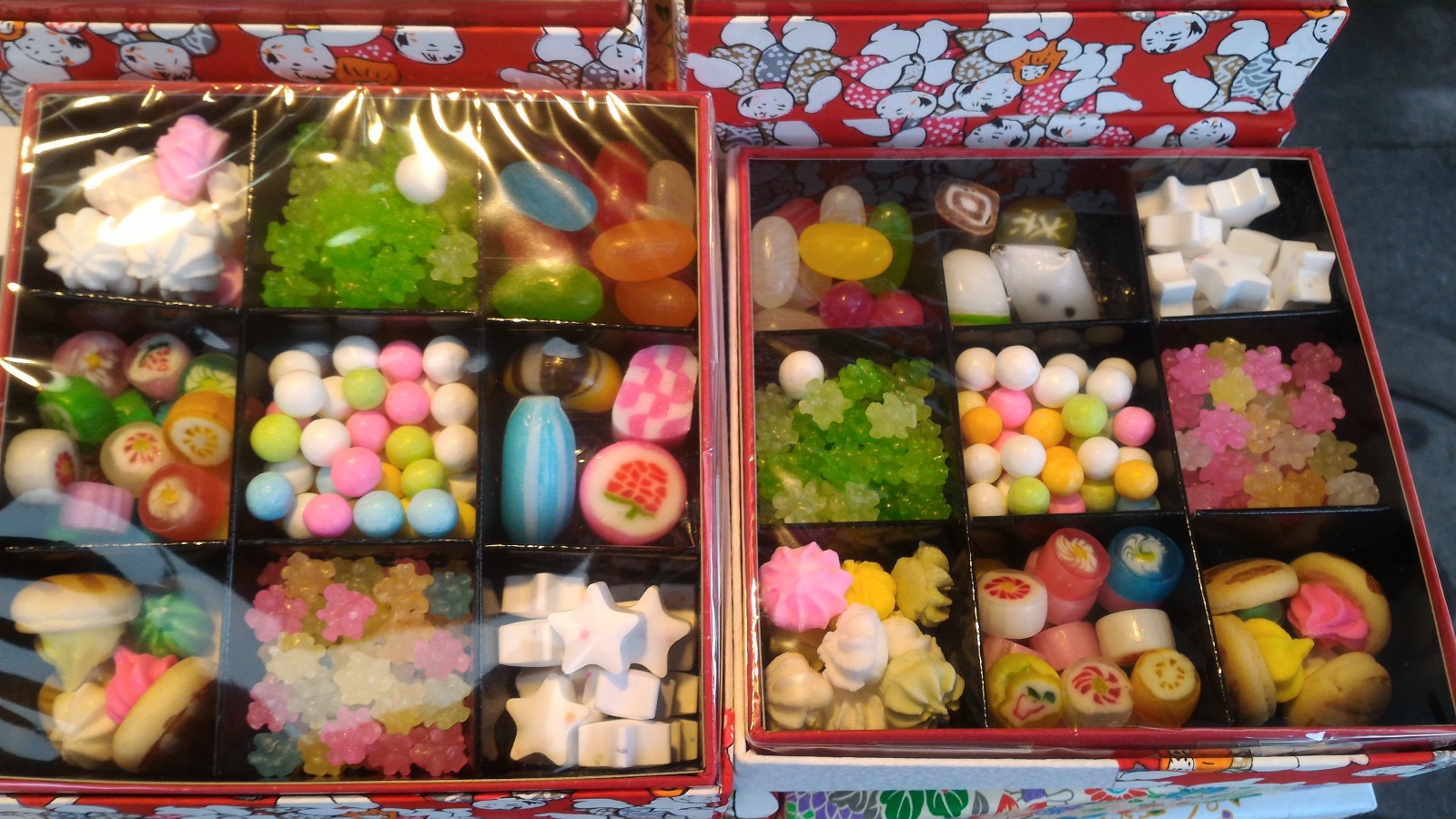
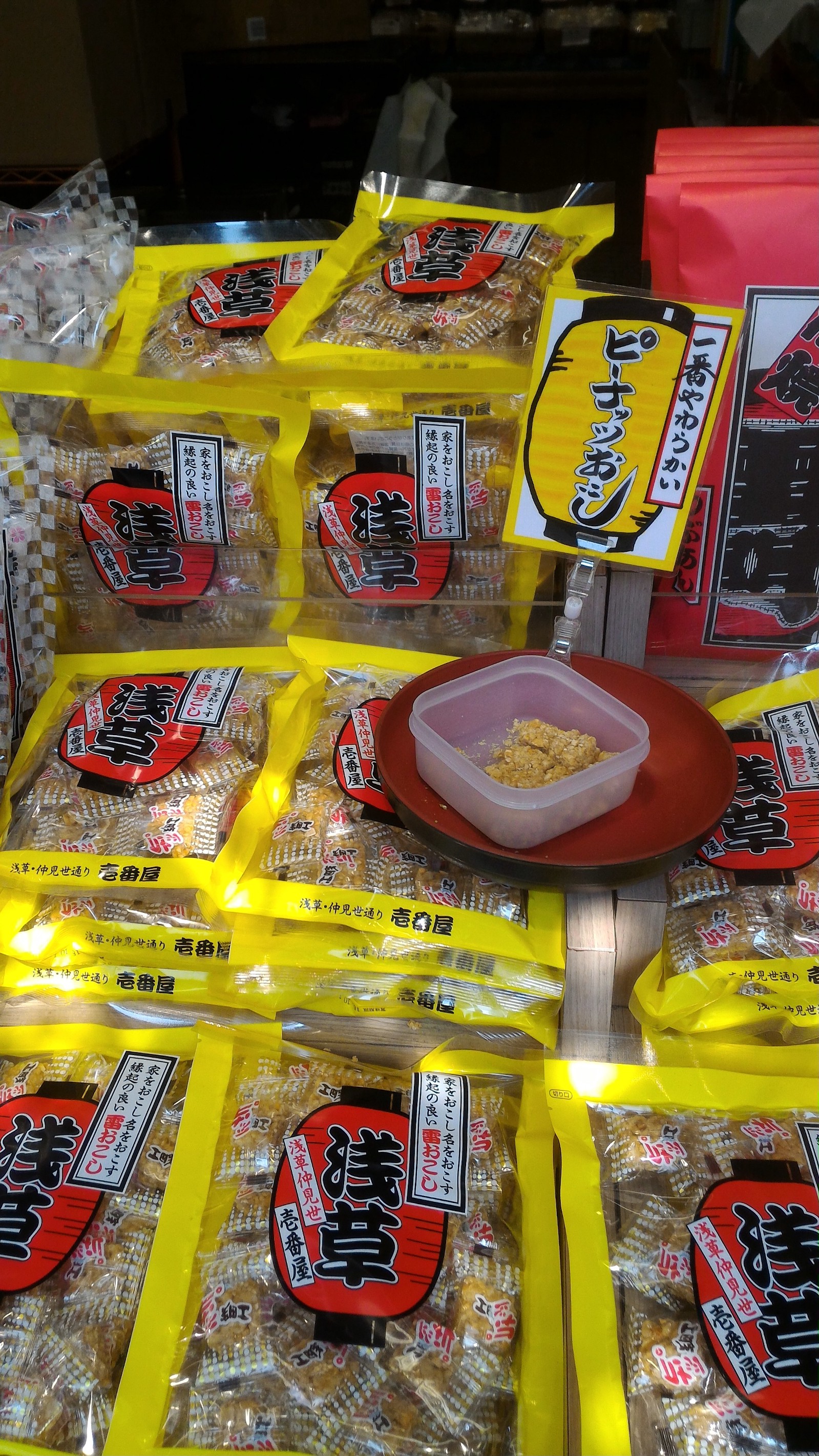
Coursework at the University of Tokyo
Our coursework started with a lecture by Dr.Manske on Ecological Resilience. The elusive lecture defined,covered in details and with illustrative paradigms and real time examples many concepts surrounding the theme of the lecture including: ecology, ecosystem, resilience, ecosystem succession , regime shifts ,panarchy, resistance,adaptive cycle ,ecosystem services. There was enough time dedicated to asking questions and foe pair-sharing and brainstorming. Student centered and active participatory teaching is always enriching. It enables the student to reflect on the ideas and topics discussed, wonder about them and ask questions to learn more about what might be unclear to him/her.
Dr.Hiroe Ishihara an Assistant Professor at the University of Tokyo lectured us on Social Resilience. At the start of our lecture with her, she gave us the opportunity to think of what is social resilience and why do we need social resilience. Dr Ishihara explained to us the notion of resilience and how the concept of ecological resilience influenced the adoption of resilience as as a concept in social sciences. We also learnt about the definition of social resilience i.e. the ability of groups or communities to cope with external stresses and disturbances and learnt about some examples from Japan related to dealing with earthquakes and fisheries declines. Through group discussions and pair-sharing, it was possible for us to learn more and reflect on different components of resilience as well as issues with social resilience such the heterogeneity of societies and how resilience for one group may harm the resilience for other groups.
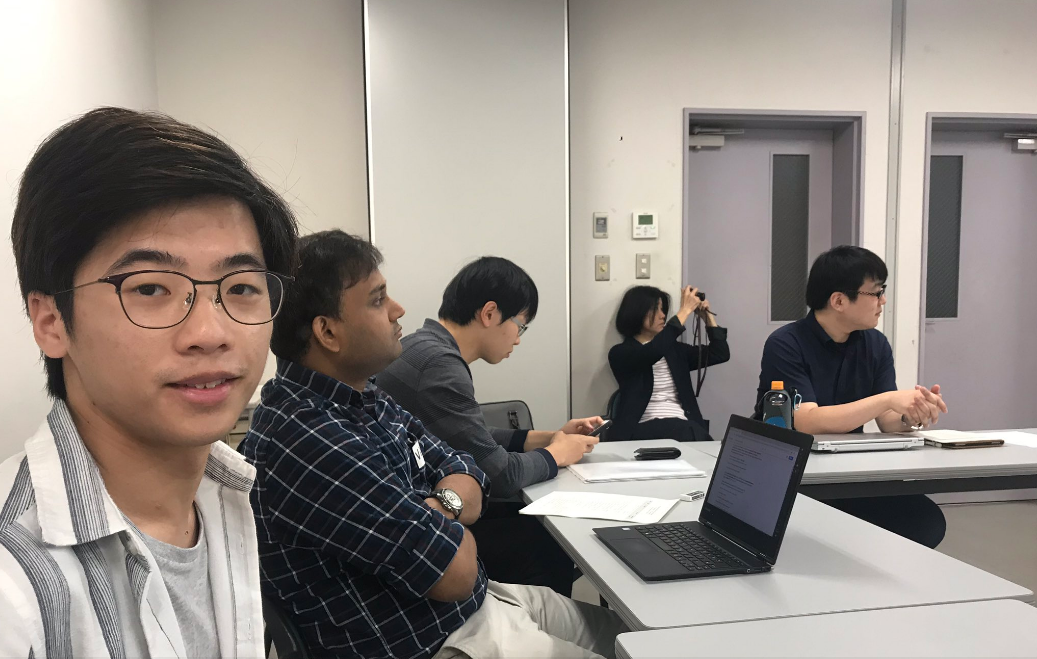
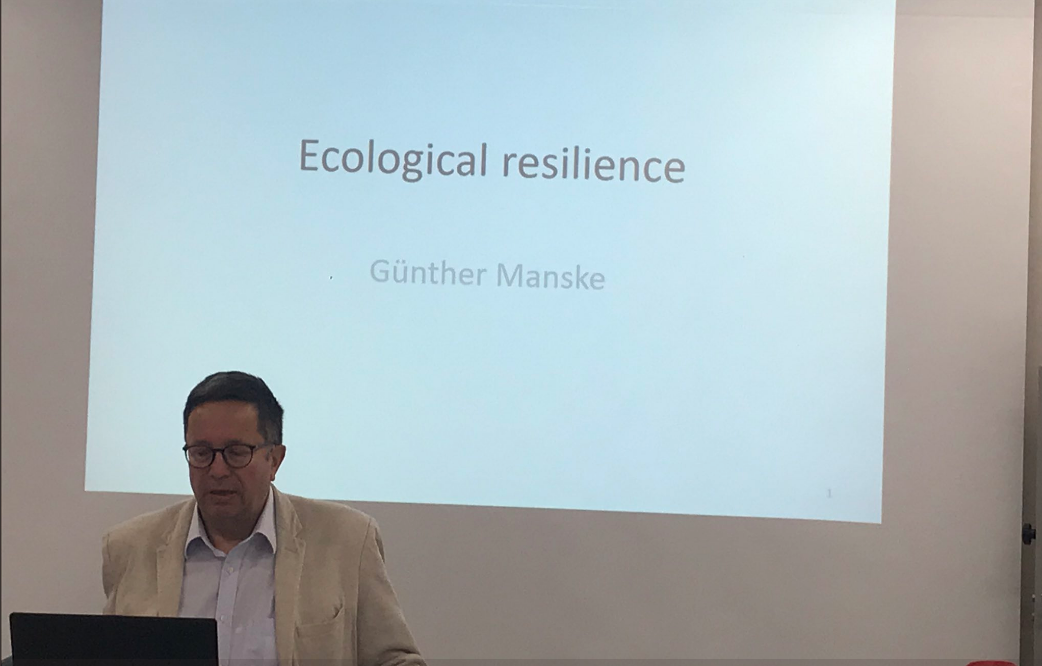
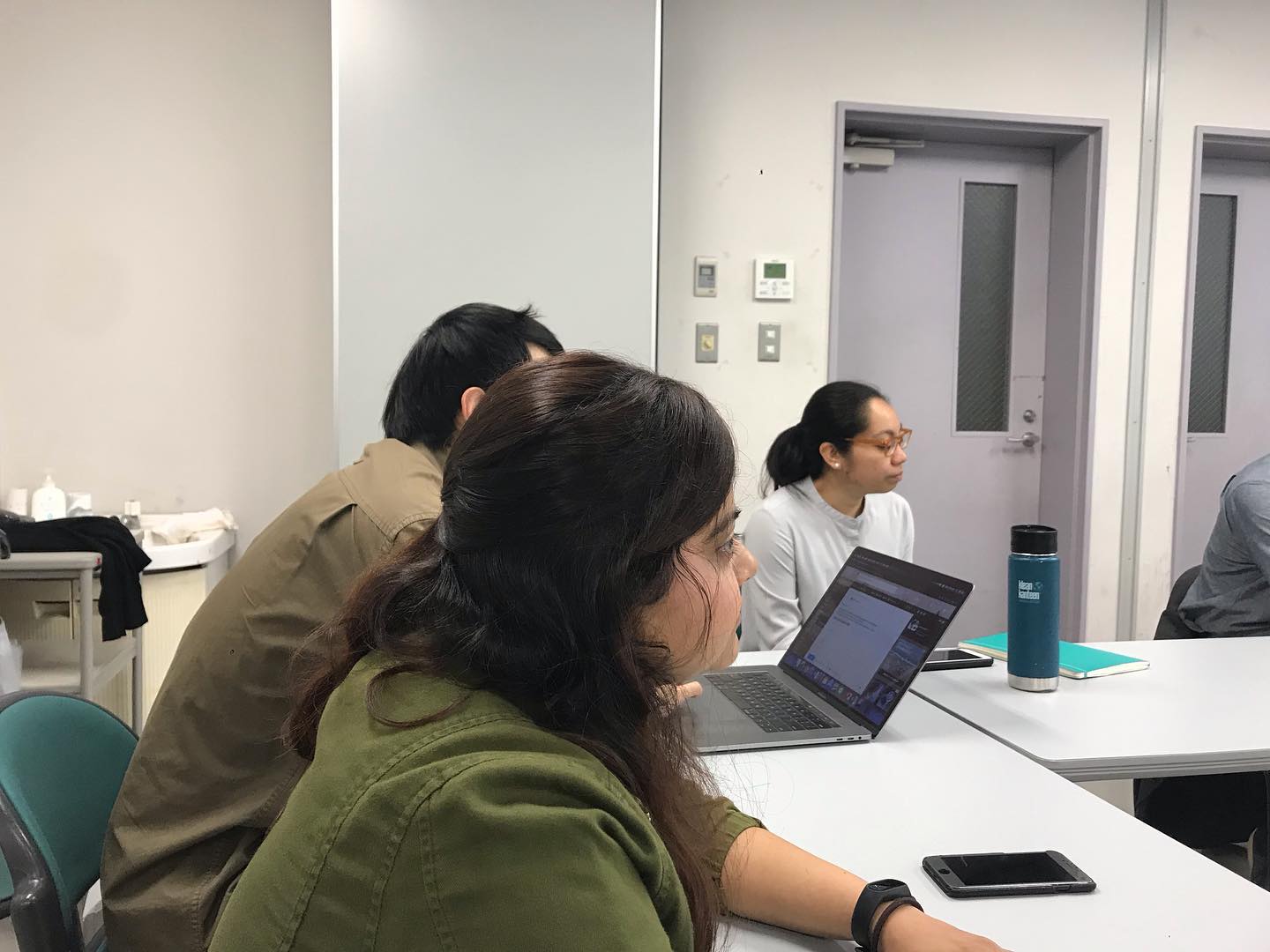




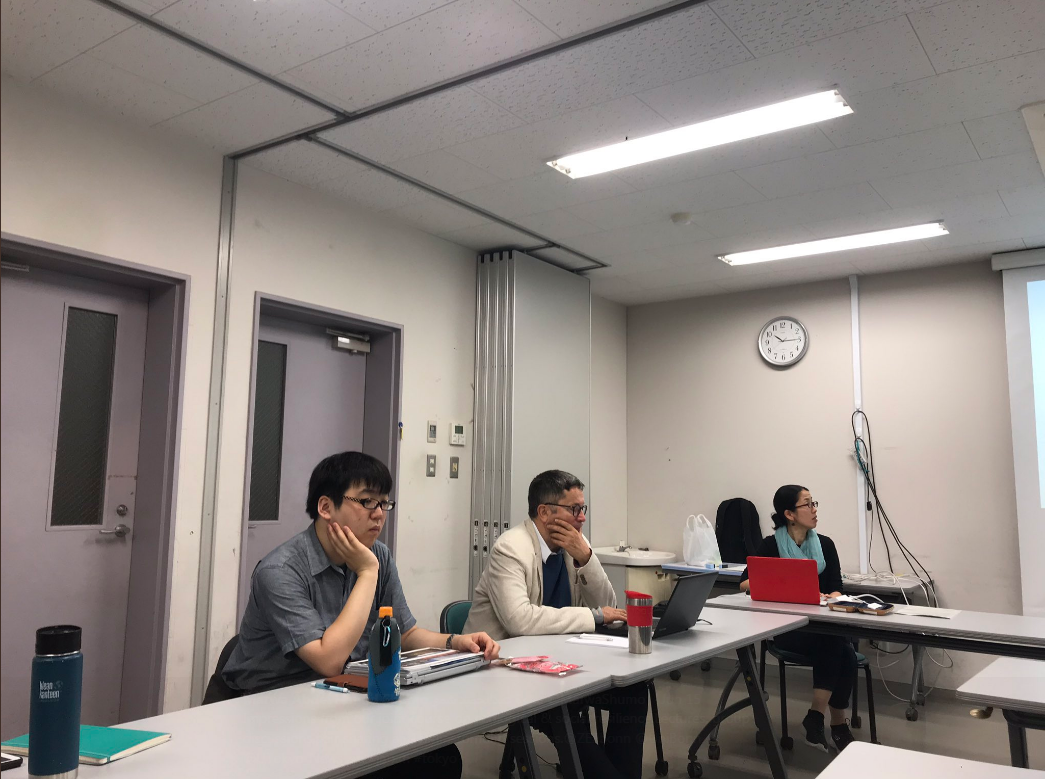
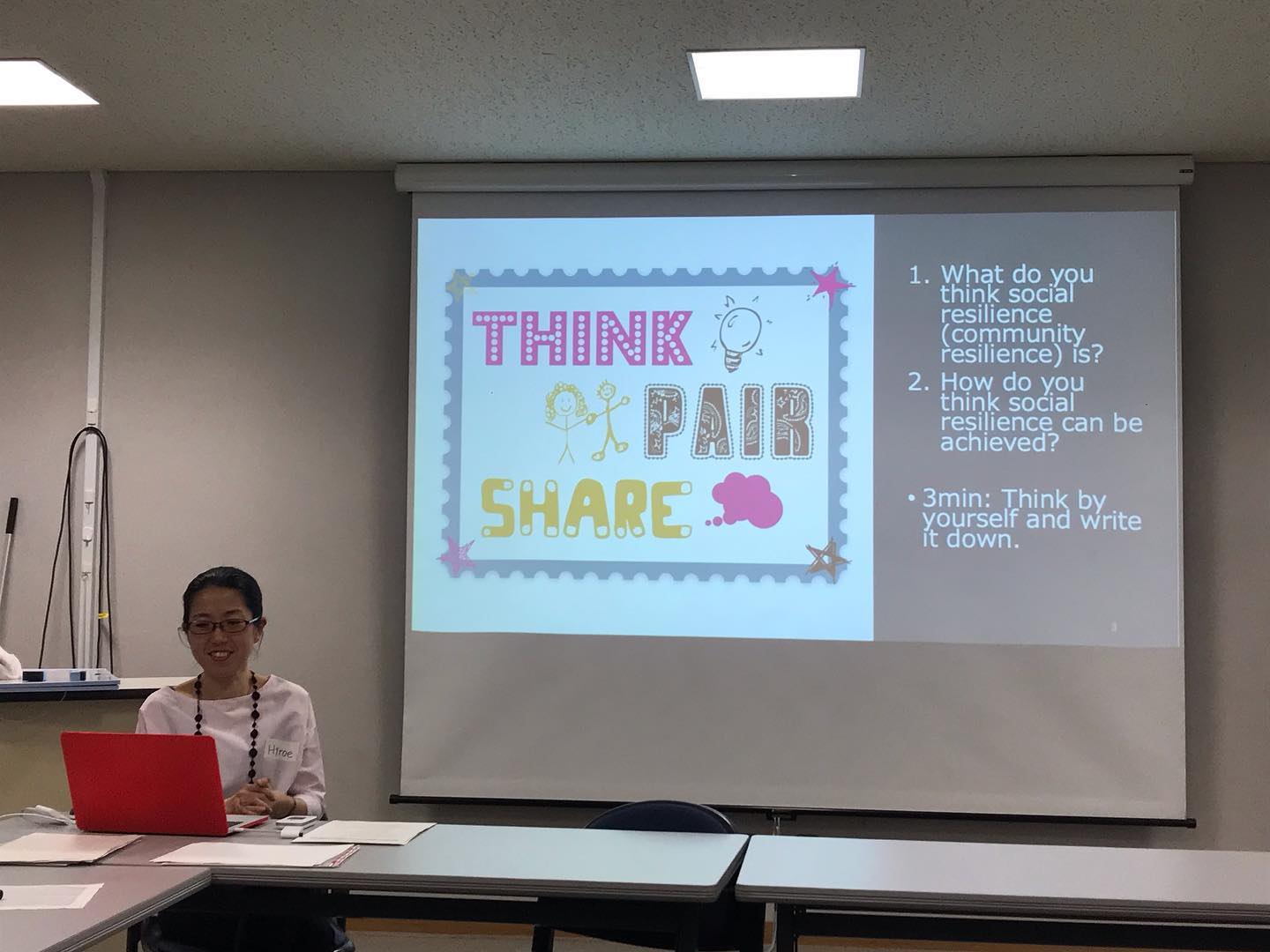
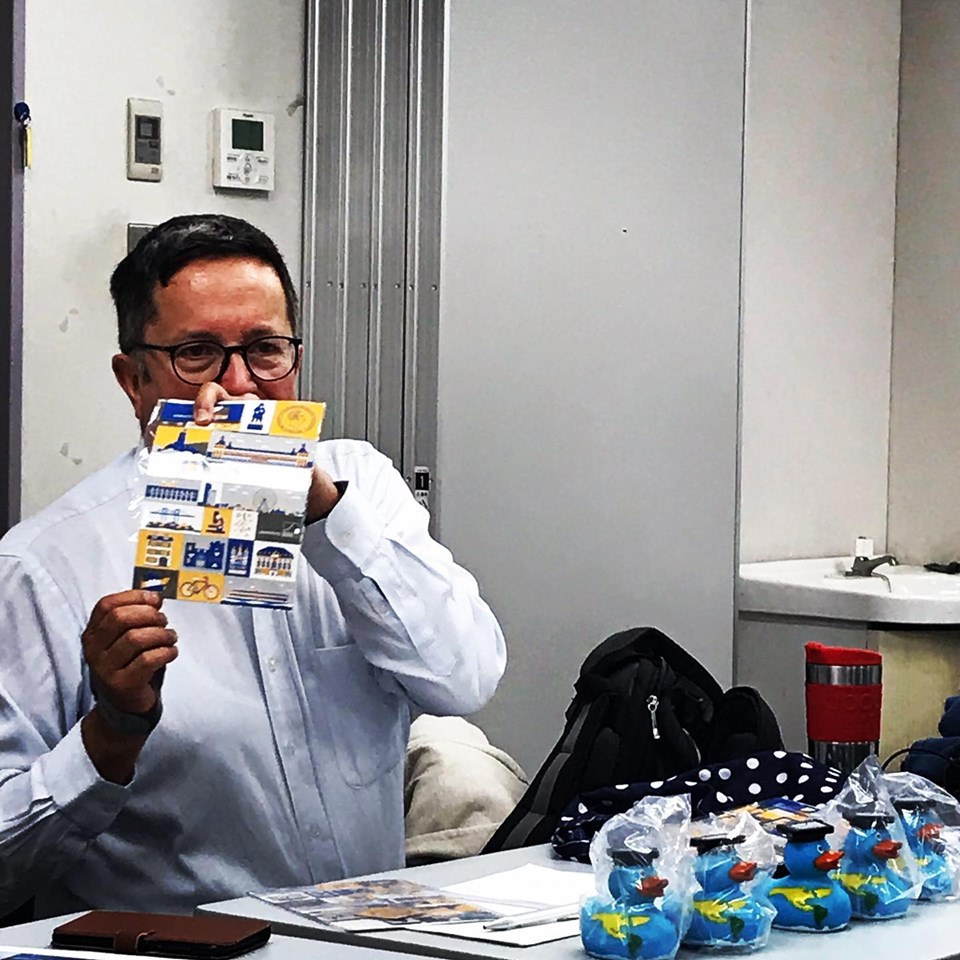
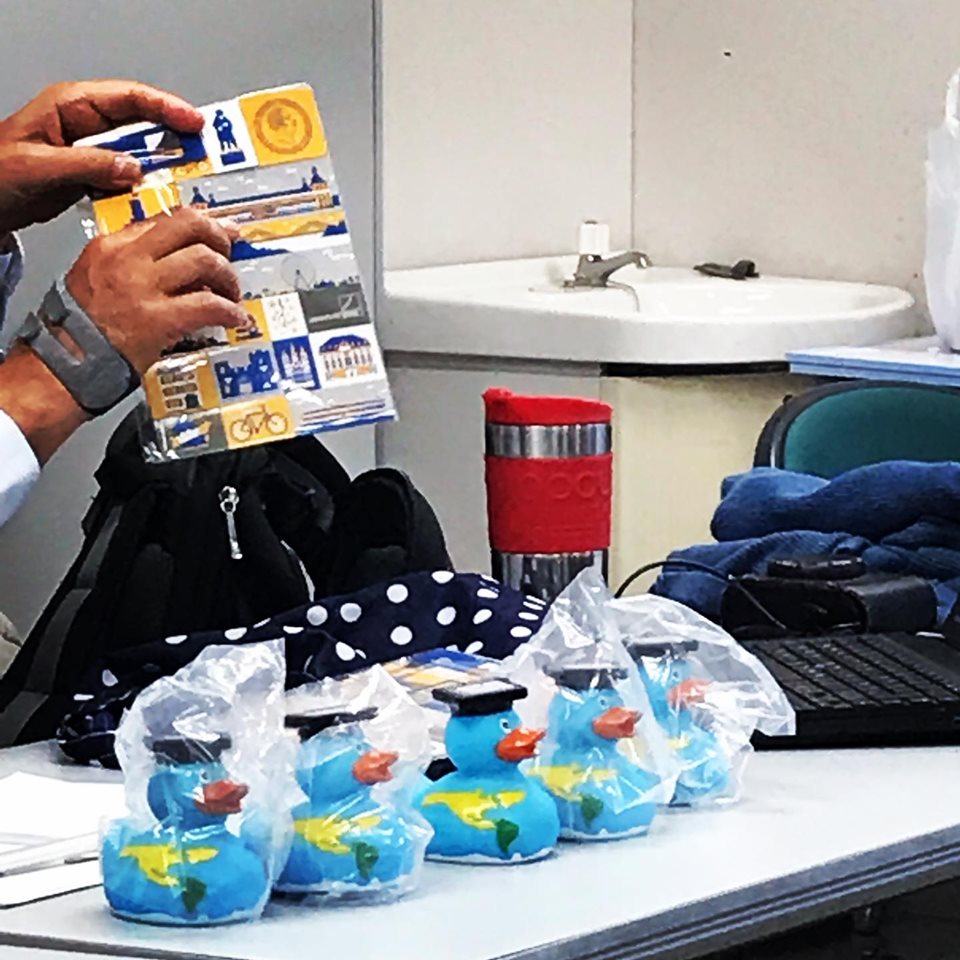
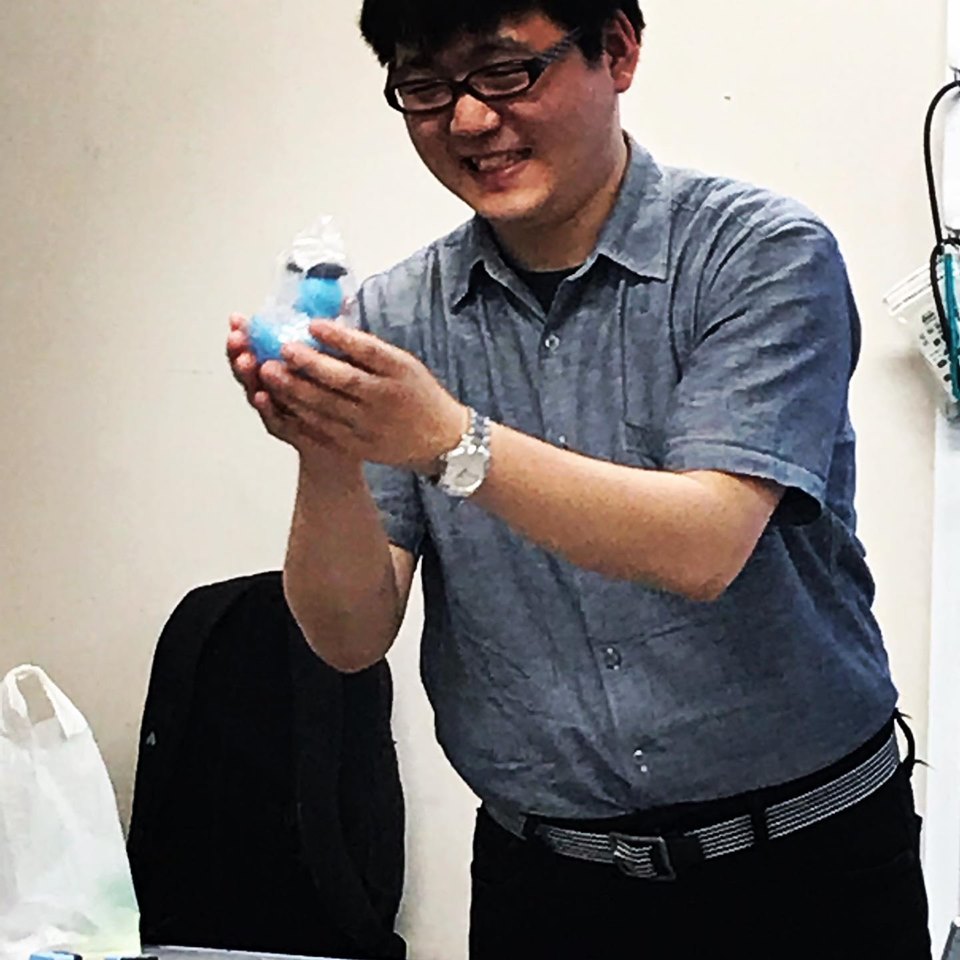


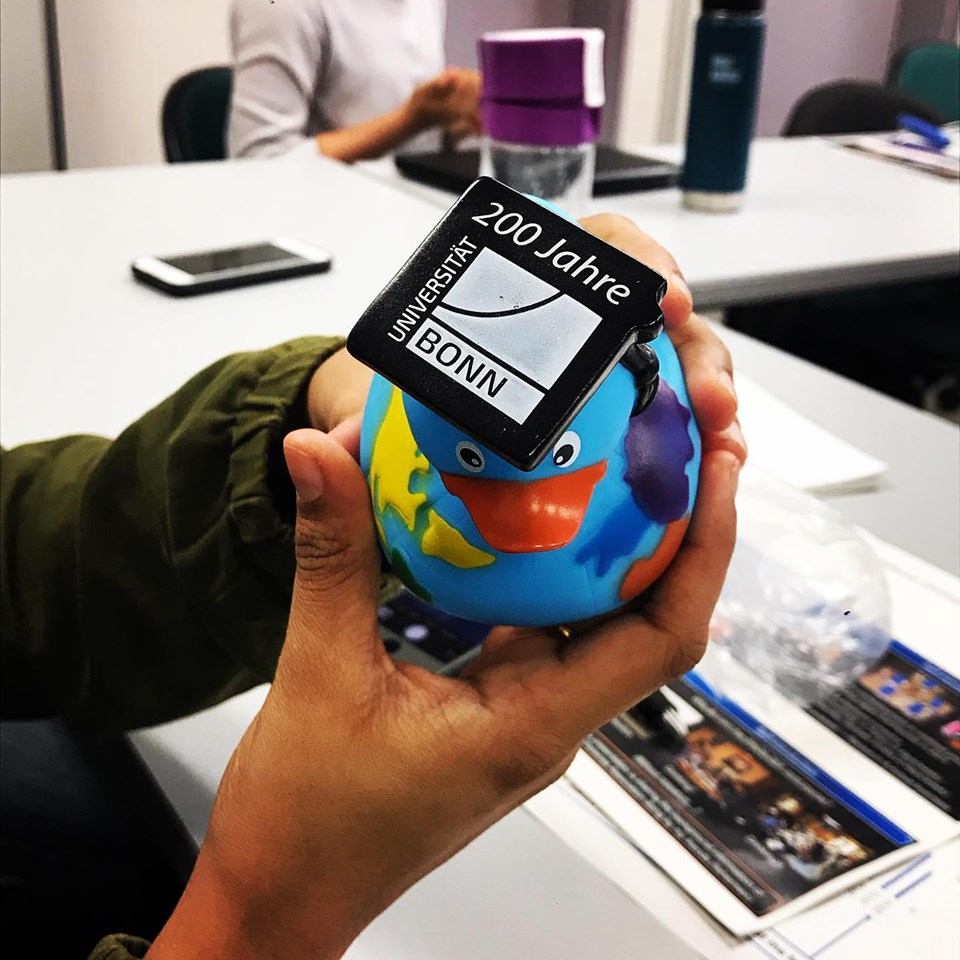

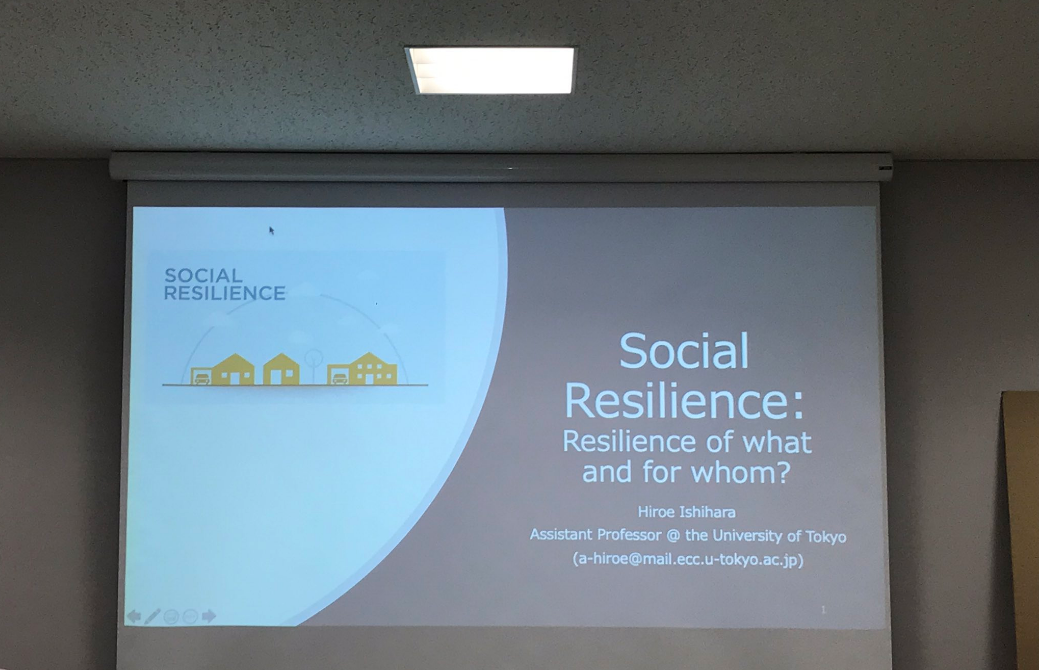
Edible Insects tasting
ZEF juniors were requested to present case studies and papers related to ecological resilience. I presented a case study on the tragedy of the commons and the North Atlantic cod fish industry. I linked what happend with the cod fish to whats currently happening with the mopane worms in South Africa. Just like once upon a time in history with the North Atlantic cod fish, the mopane worms consumption in the Southern states of Africa is a multi million industry. Today, with the over-exploitation of the mopane woodlands which are important and necessary for the worms feeding and development as well as the influence of climate change, this industry is at risk. I wonder if we will witness yet another sad “tragedy of the commons” or there will be a way for us to save the remaining mopane woodlands and worms. Of course, when Marwa talks about insects, there must be an insect tasting session following next 
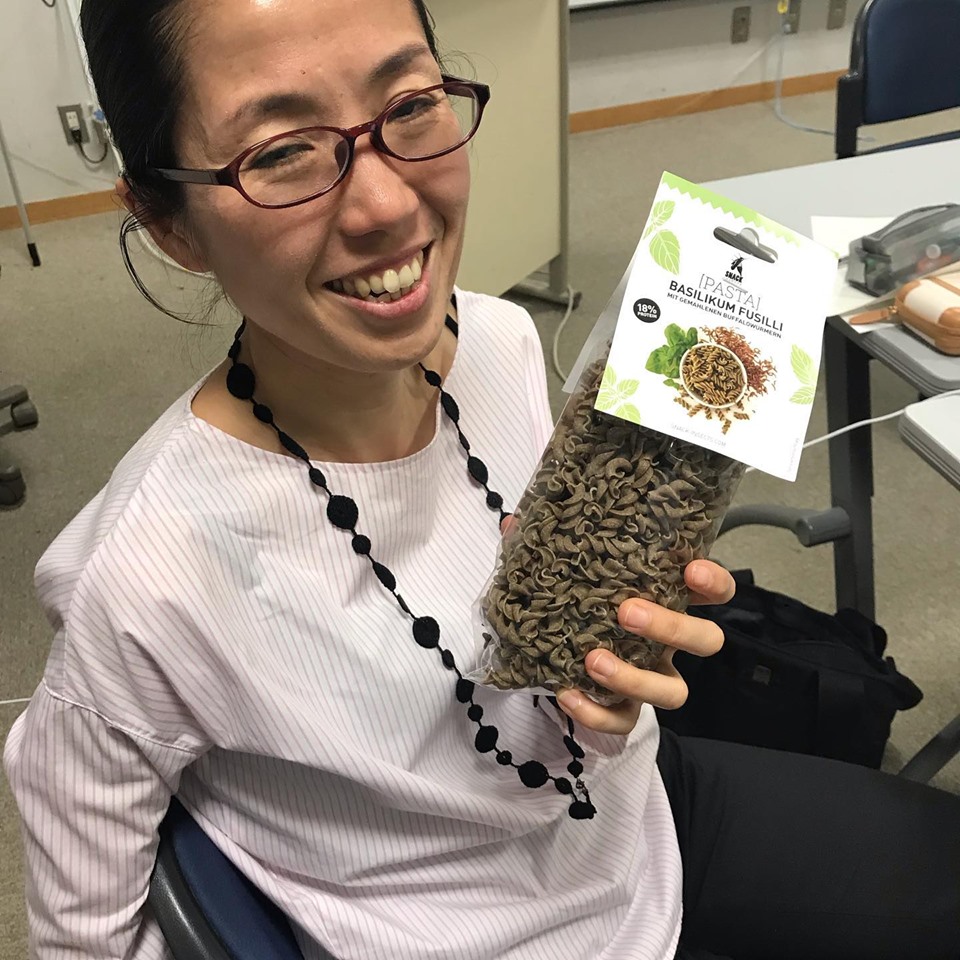
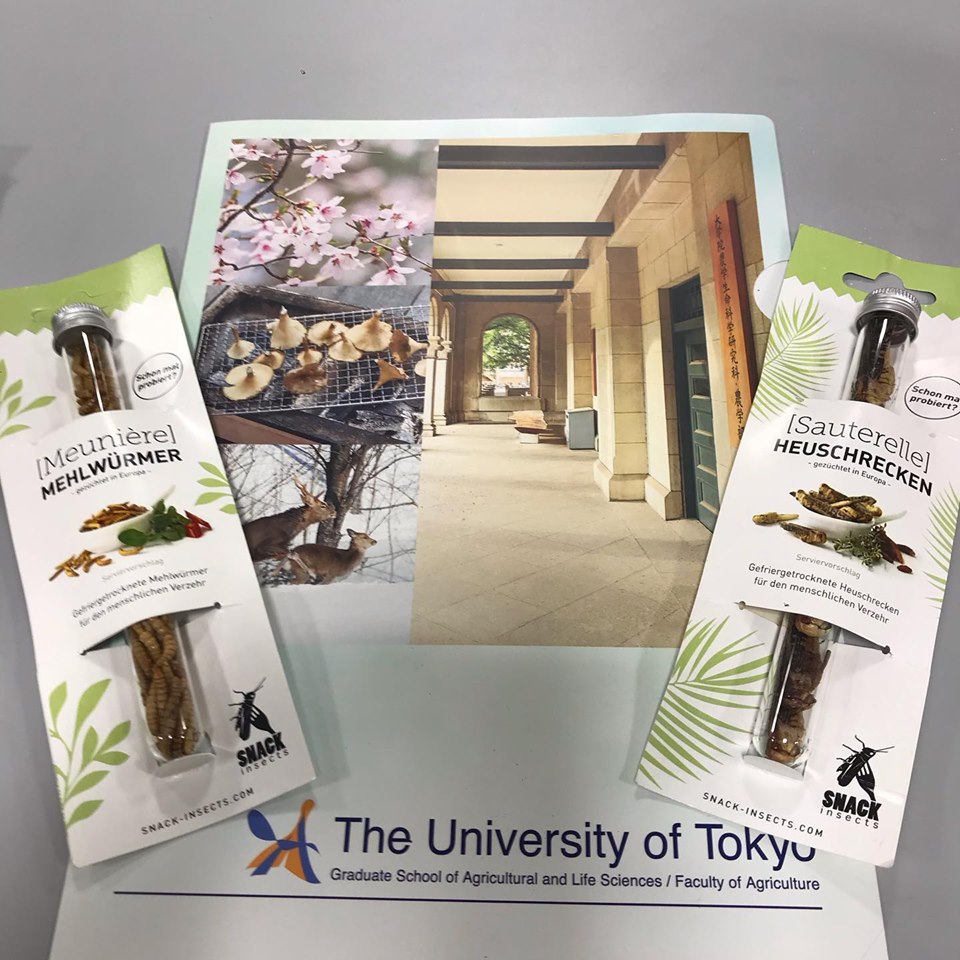
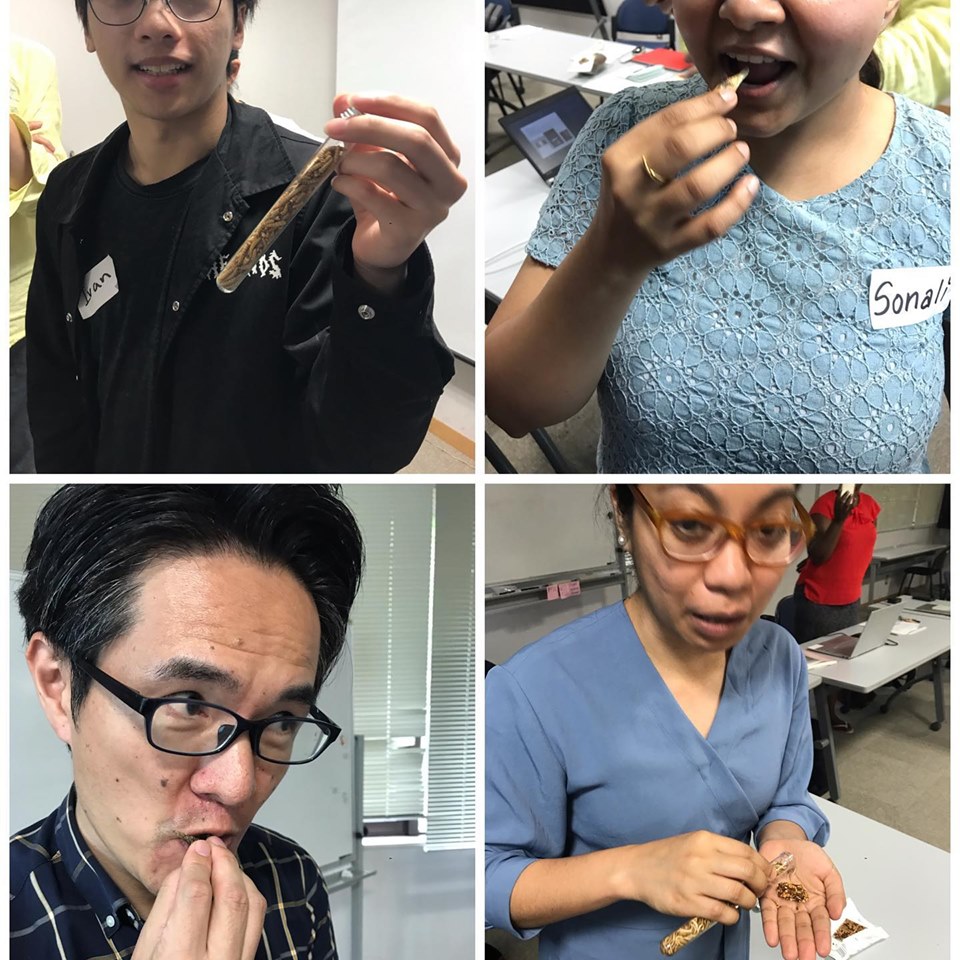
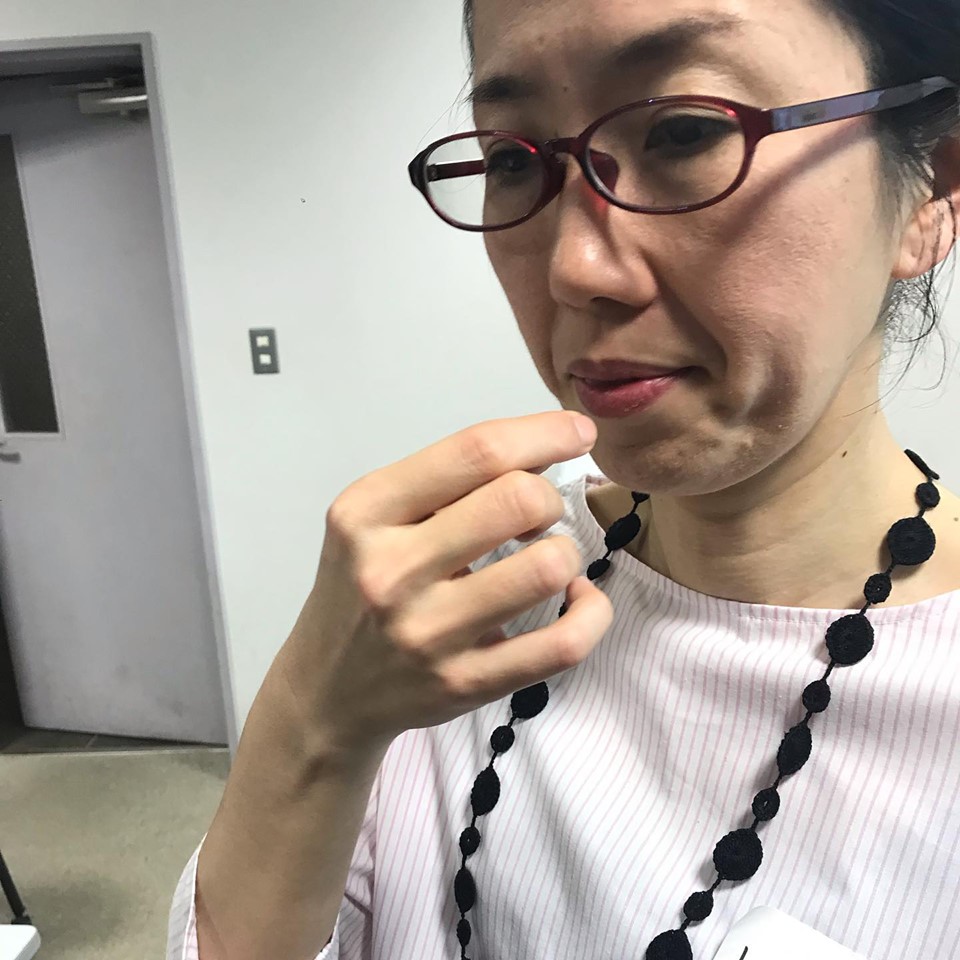
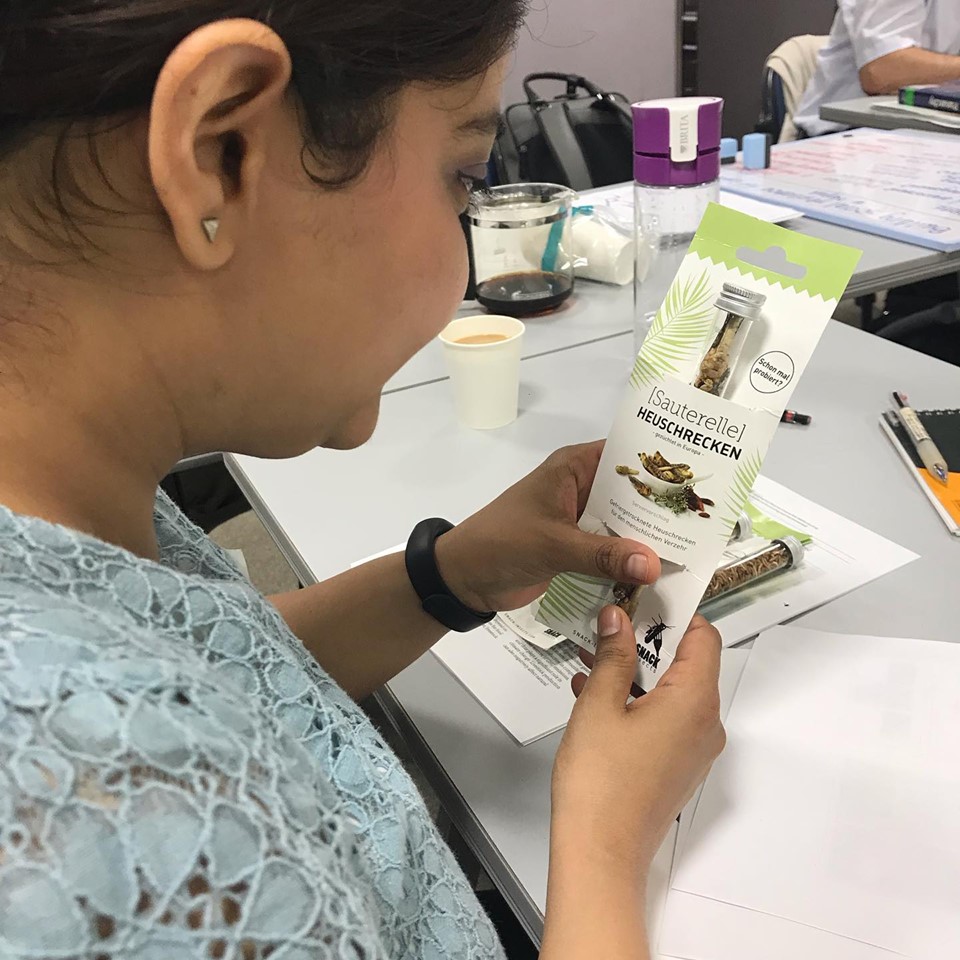



Around Shibuya Crossing a.k.a The Scramble
Many cities have iconic landmarks: New York City’s Statue of Liberty, Paris’s Eiffel Tower, Beijing’s Great Wall. Tokyo has some unique features, of course, such as Tokyo Tower and the SkyTree, but to me the most identifiable landmark to the city will always be Shibuya Crossing.
I took my colleague and friend Tasneem with me on a mission to find the Shibuya Crossing. We arrived at the Shibuya Station which is a large hub of Tokyo trains and subways and an embodiment of Tokyo itself, action in all directions. I told her, before the crossing, we have to look for Hachiko’s exit. Look for Hachiko Exit (Exit #8) I said, Here, there it is, Look at the Hachiko Family Mural, on the wall of the station. My guidebook tells me that the Japanese artist Ryutaro Kitahara dreamed up and sculpted a bit of canine company for the faithful dog. The guidebook also tells me that we must be right now opposite to Hachiko’s original statue and if we keep on walking we shall get to Shibuya Crossing, an enormous and always bustling intersection and one of the most popular meeting points in the city.
Rumored to be the busiest intersection in the world (and definitely in Japan), Shibuya Crossing is like a giant beating heart, sending people in all directions with every pulsing light change. Nowhere else says ‘Welcome to Tokyo’ better than this. It is an unquestioned must-visit for any trip to Tokyo.
Shibuya Crossing is one of the most soothing and peaceful things to watch from a distance.
While fighting your way through the havoc in the center of the intersection is something any visitor to Tokyo should experience, Shibuya Crossing is also one of the most soothing and peaceful things to watch from a distance. Many of the cafes and restaurants facing the intersection all take advantage of their prime position, providing window-side seating from which to gaze at the hordes of pedestrians crossing, or people-watch those taking selfies. One of the most popular views is from the giant Starbucks located across Shibuya Station. In addition to being a constant contender for the busiest branch in the world, its second floor seating area has a counter across its floor-to-ceiling windows, perfect for overlooking the intersection. That’s where we decided to sit and enjoy some cups of warm coffee. Three huge television screens mounted on the buildings facing the intersection flash all day while the rest of the area is covered with lights, advertisements and more lights. And that’s just when you’re looking up. Looking down, and you’ll see the most remarkable feature of the area: the people. People are constantly pouring across the street from all directions going to even other directions. They all meet in the middle in a frantic mess, bumping, side stepping and swerving around each other as they try to cross. Then, for a few minutes, it stops. These were some of my favorite times to be an observer at Shibuya Crossing: while the traffic gets its turn, each little corner of the intersection steadily fills up, up, up, and just as the people begin to spill out into the street, the crosswalk lights turn green and the mayhem starts all over again.The intersection is a popular location for movies and media taking place in Tokyo. It has appeared in the films Lost in Translation and The Fast and the Furious: Tokyo Drift, while making appearances in numerous music videos, newscasts, and animated programs. As a famous representation of modern Japan, photographers and videographers are almost constantly circling the intersection, climbing on guard rails and perching on subway entrances in an effort to find the best vantage point.
While everyone knows about Shibuya’s Hachiko statue, the most popular meeting point possibly in all of Japan, not many people know that on the southwest side of Shibuya Station, there is another landmark that many people miss: the Moyai Statue. The lone statue looks like an Easter Island Moai statue, and was donated to Shibuya by Niijima, a volcanic island under Tokyo’s administration in 1980. The Moyai statue sticks out due to its appearance as a huge head surrounded by small flowers. Though many other subway exits of the station also surround the intersection, we looked for the quieter Moyai Statue on the other side of the station on our way to catch the subway back home.
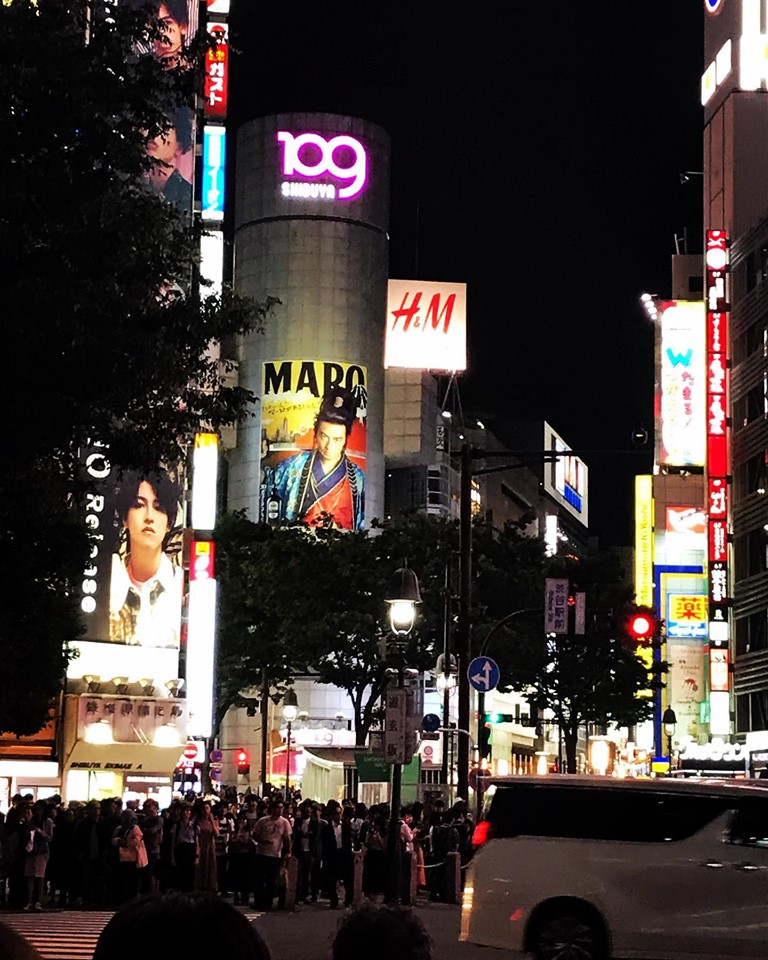
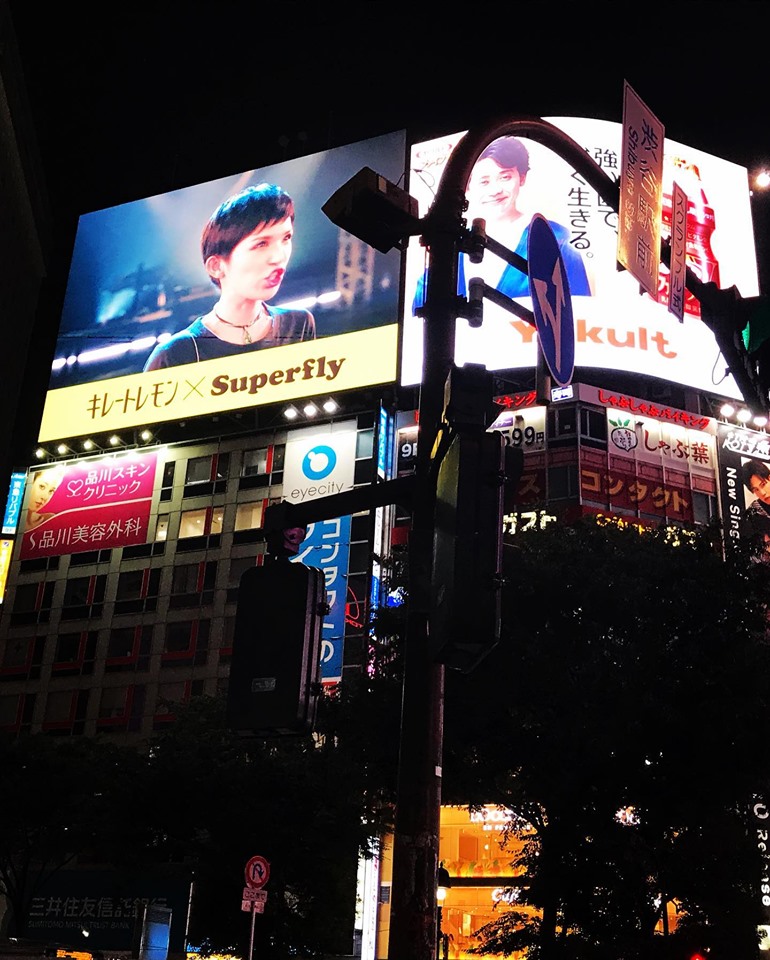
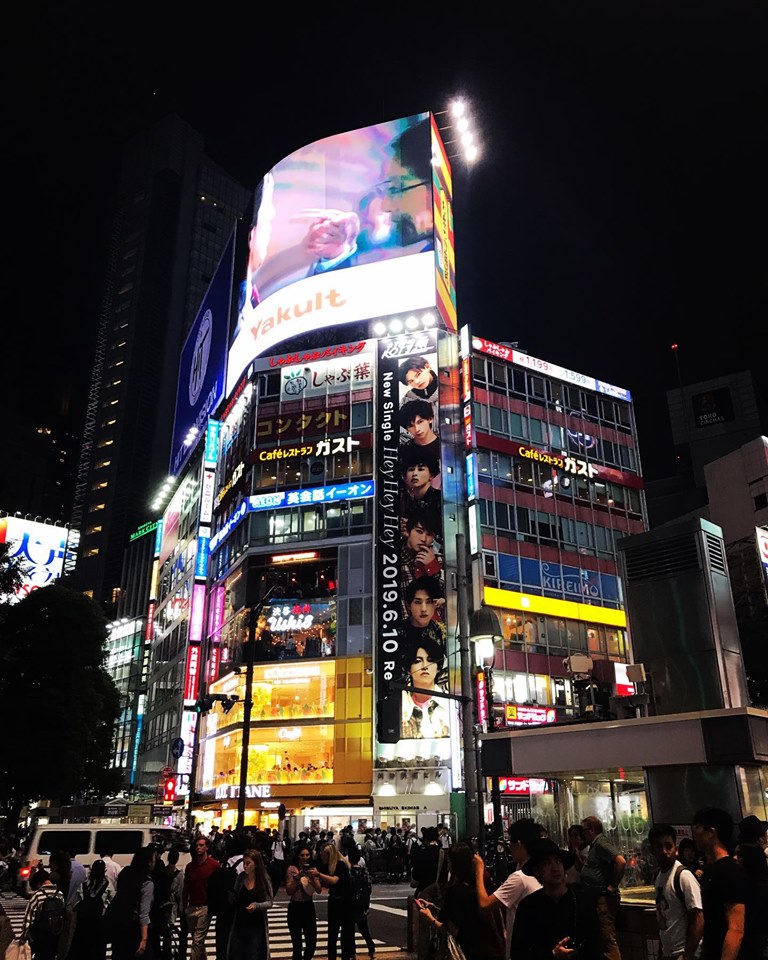
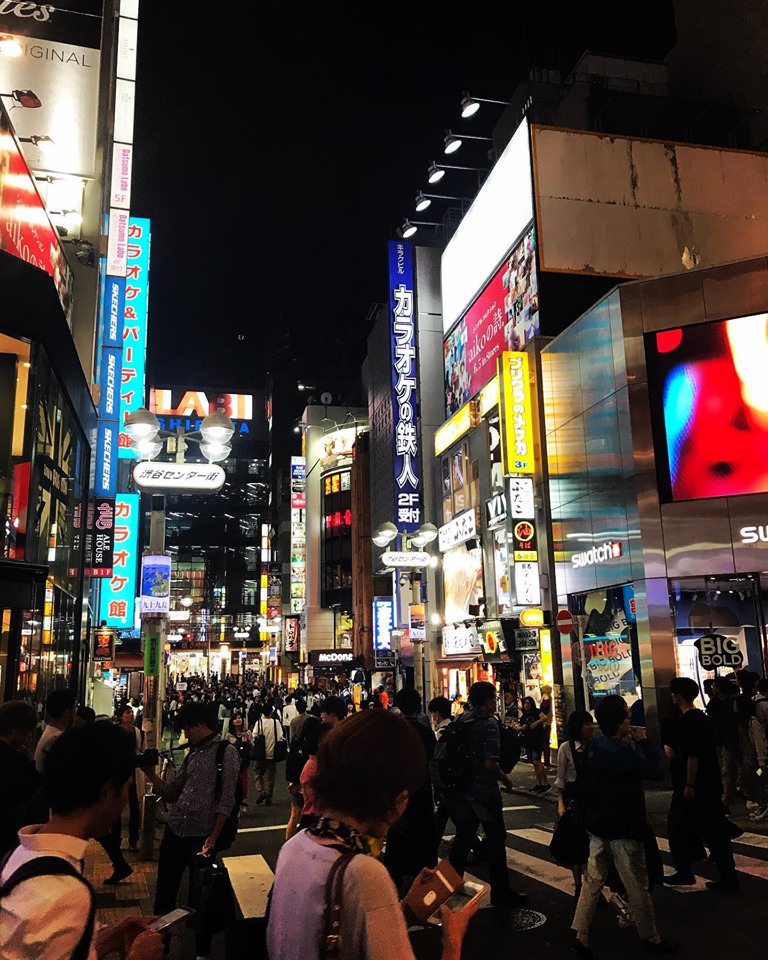
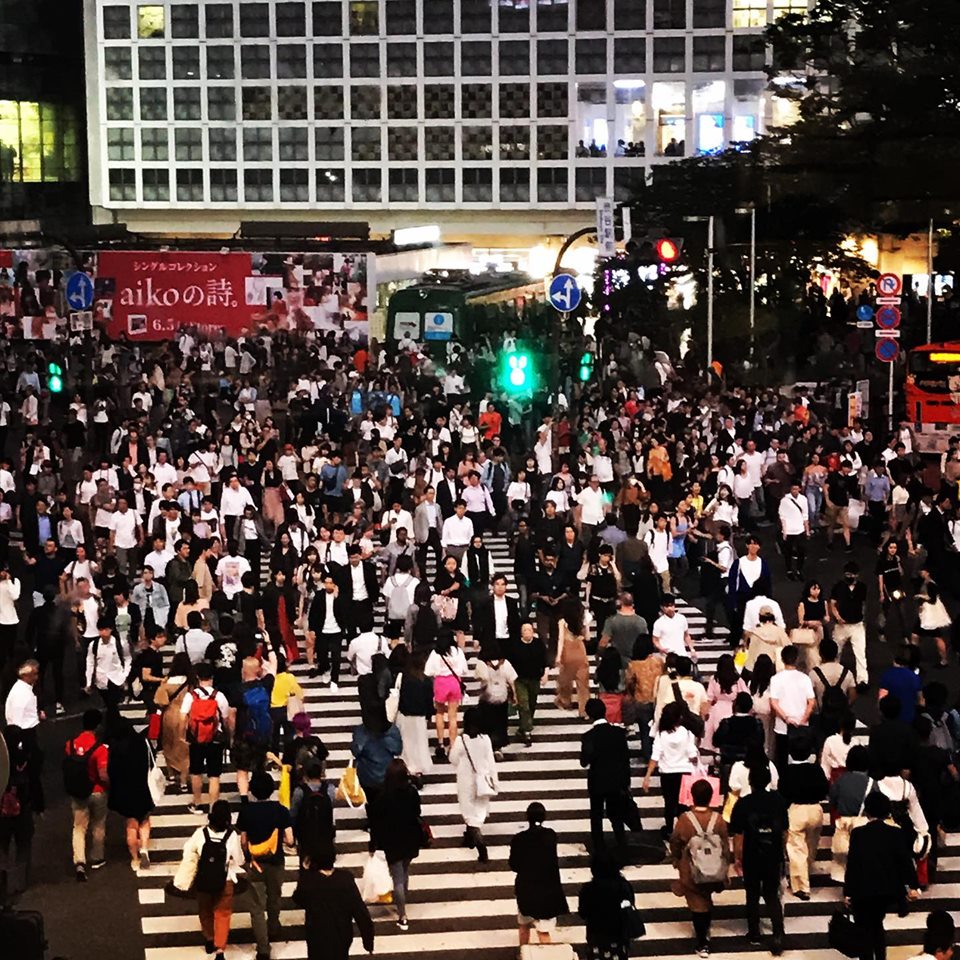
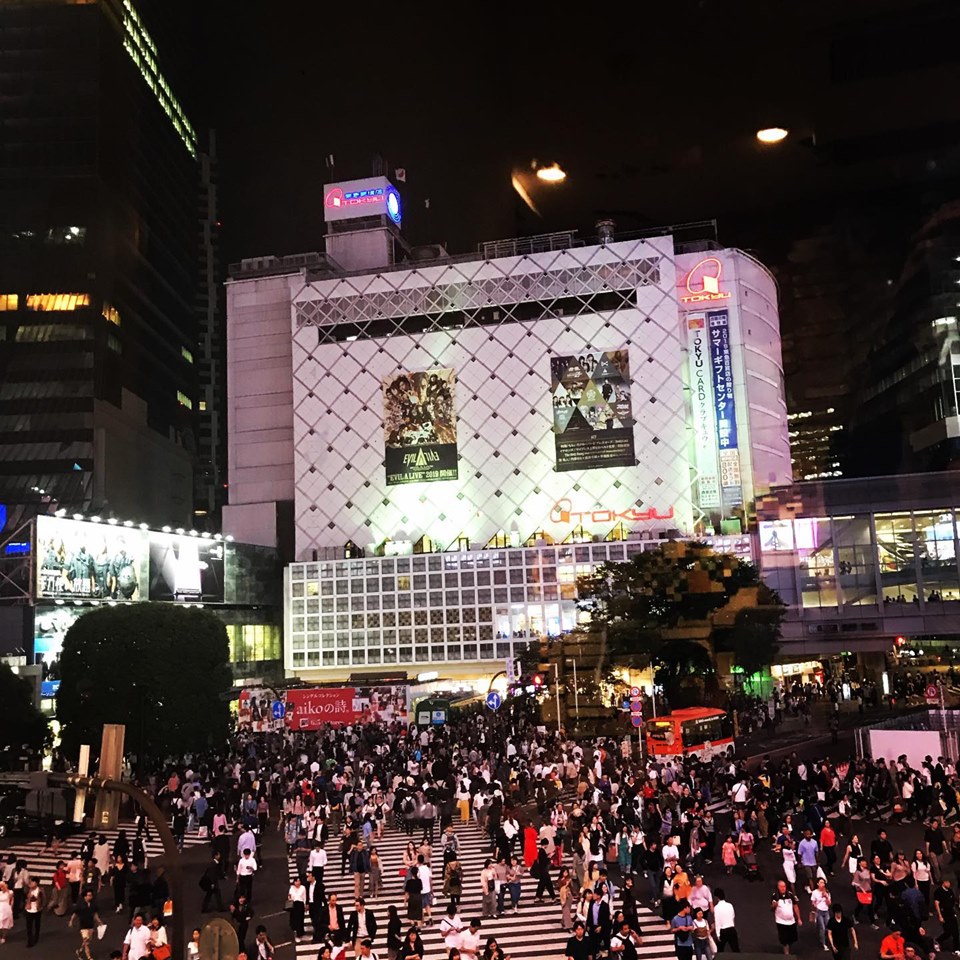
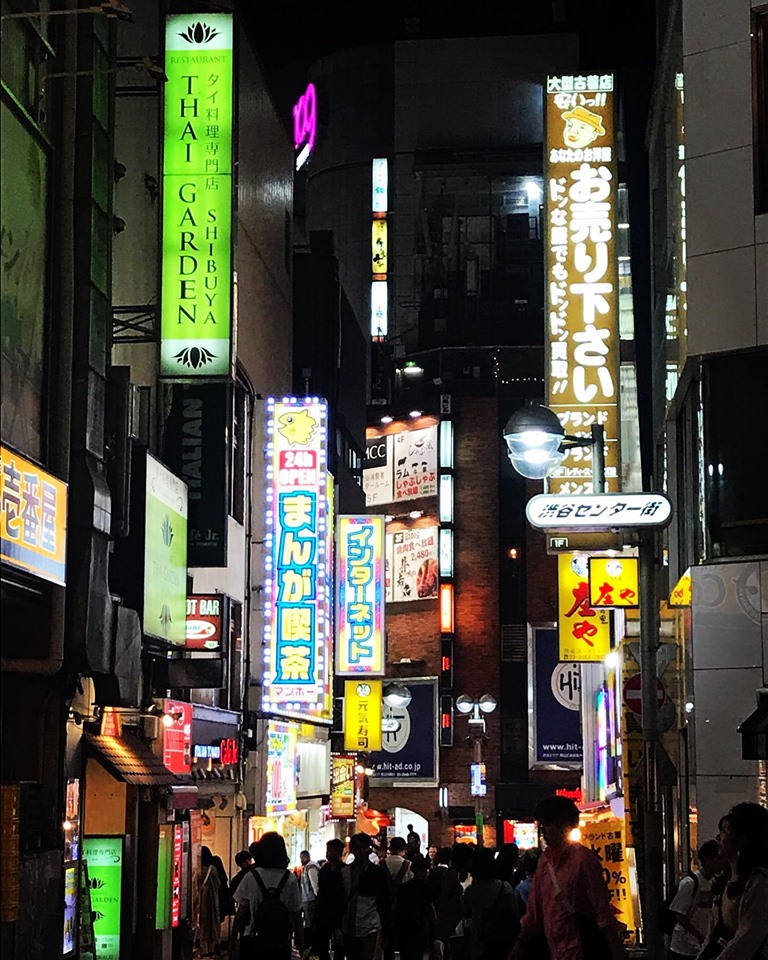
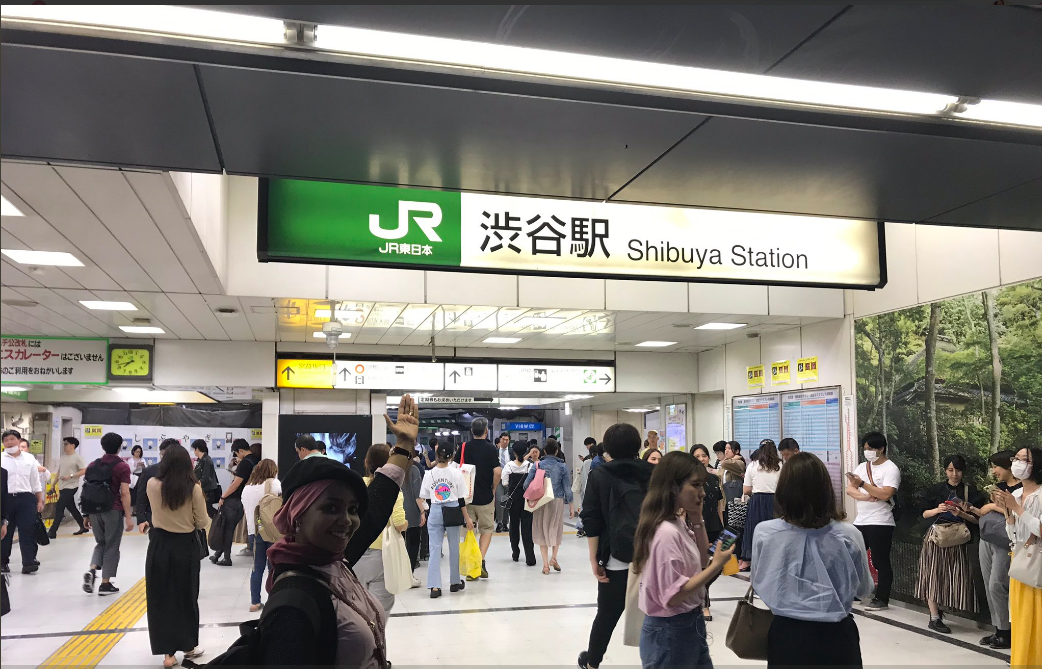
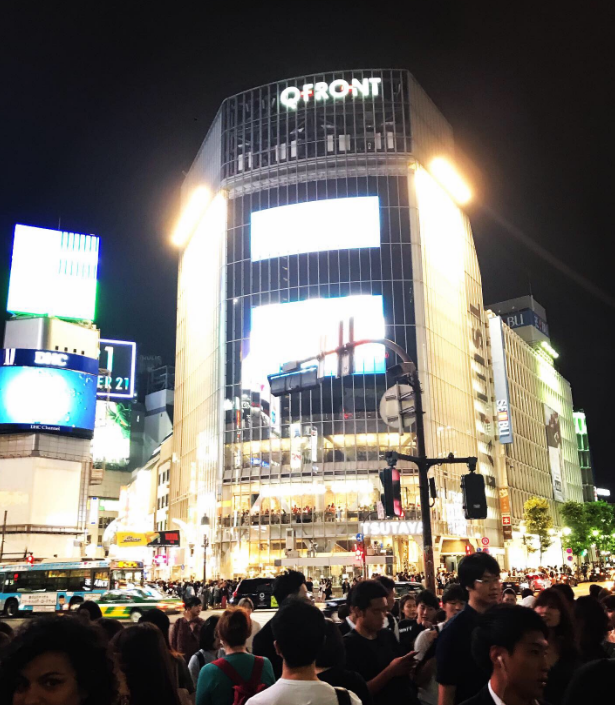

outside of Shibuya Station
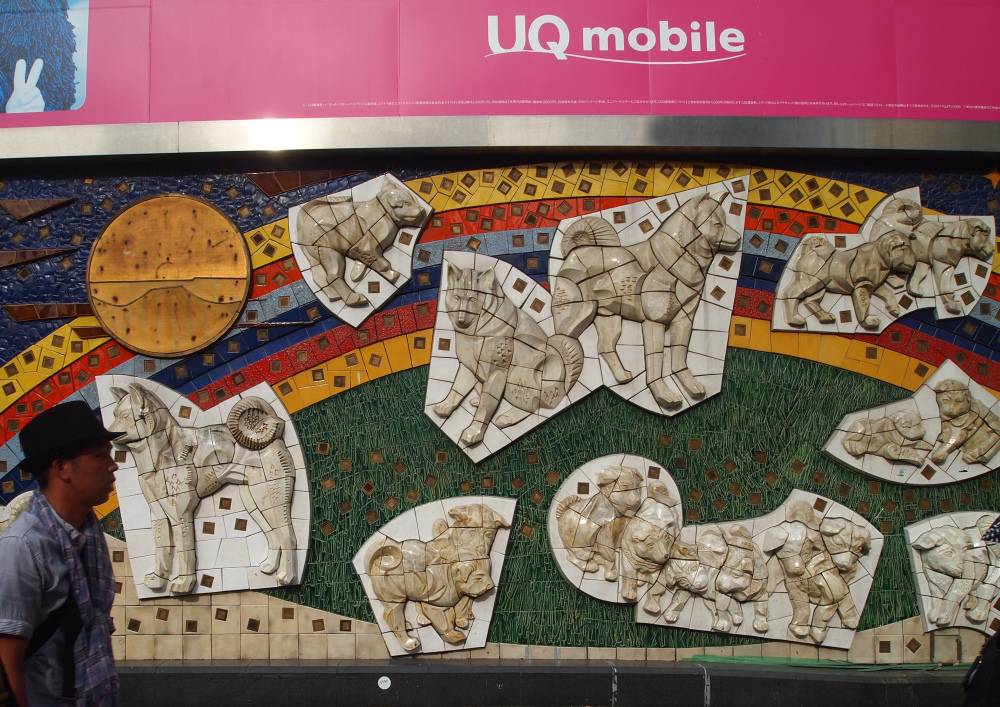
Shibuya Station

outside of Shibuya Station
The Pokémon craze is for-real in Japan
Tasneem and I also visited the biggest Pokémon Center in Japan located in Nihonbashi, a very Japanese neighborhood and historical center of Tokyo. Getting to the enormous Pokémon Center DX’s was very convenient , just a short walk from Tokyo Station. Pokémon is unarguably one of the most followed and renowned series in the world! With fans in many age groups, this makes the Pokémon Center DX a great stop for almost everyone.The center holds nearly any Pokémon item you can imagine and uses some cutting-edge technology so that Pokémon fans would enjoy their time. #gonna_catch_em_all
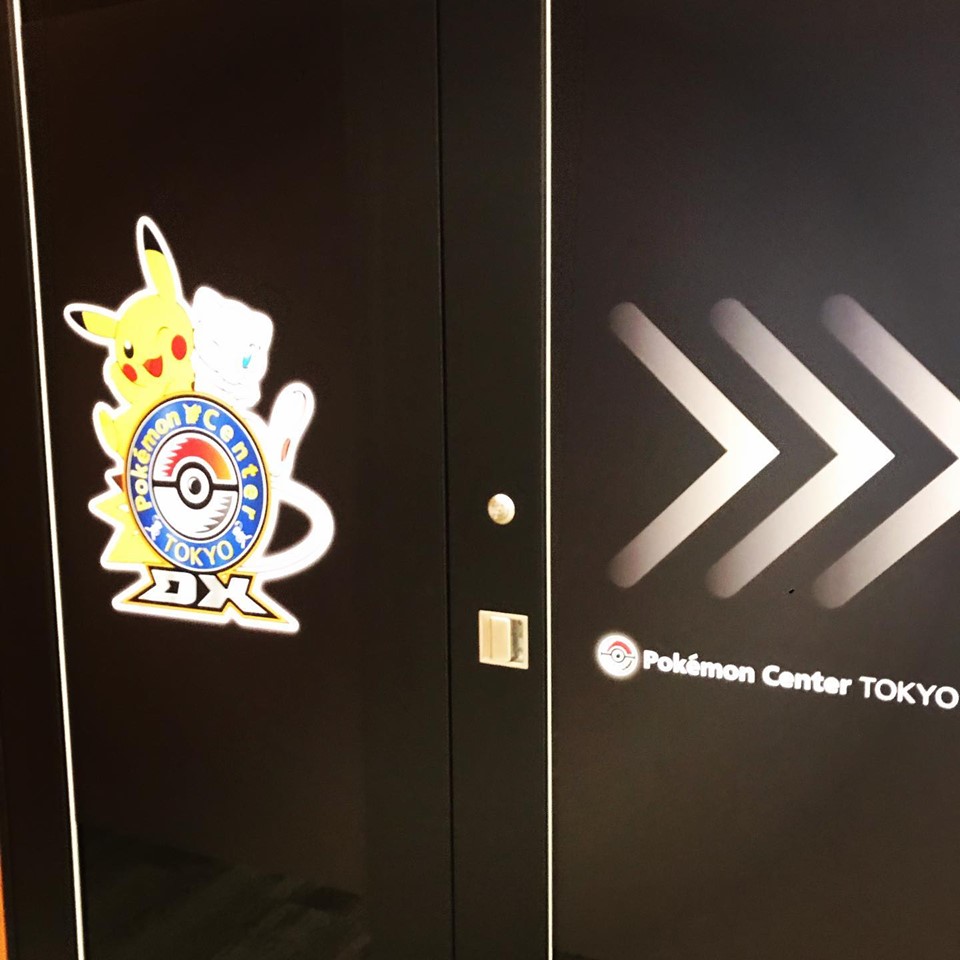
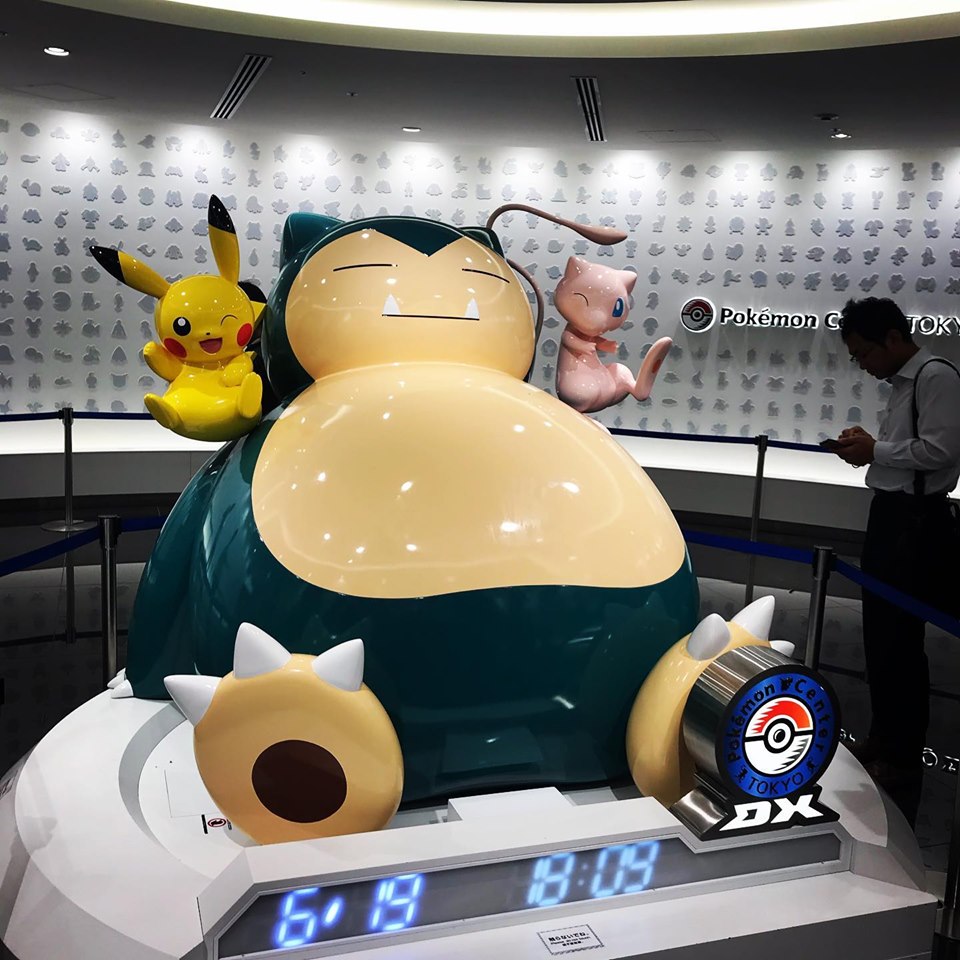
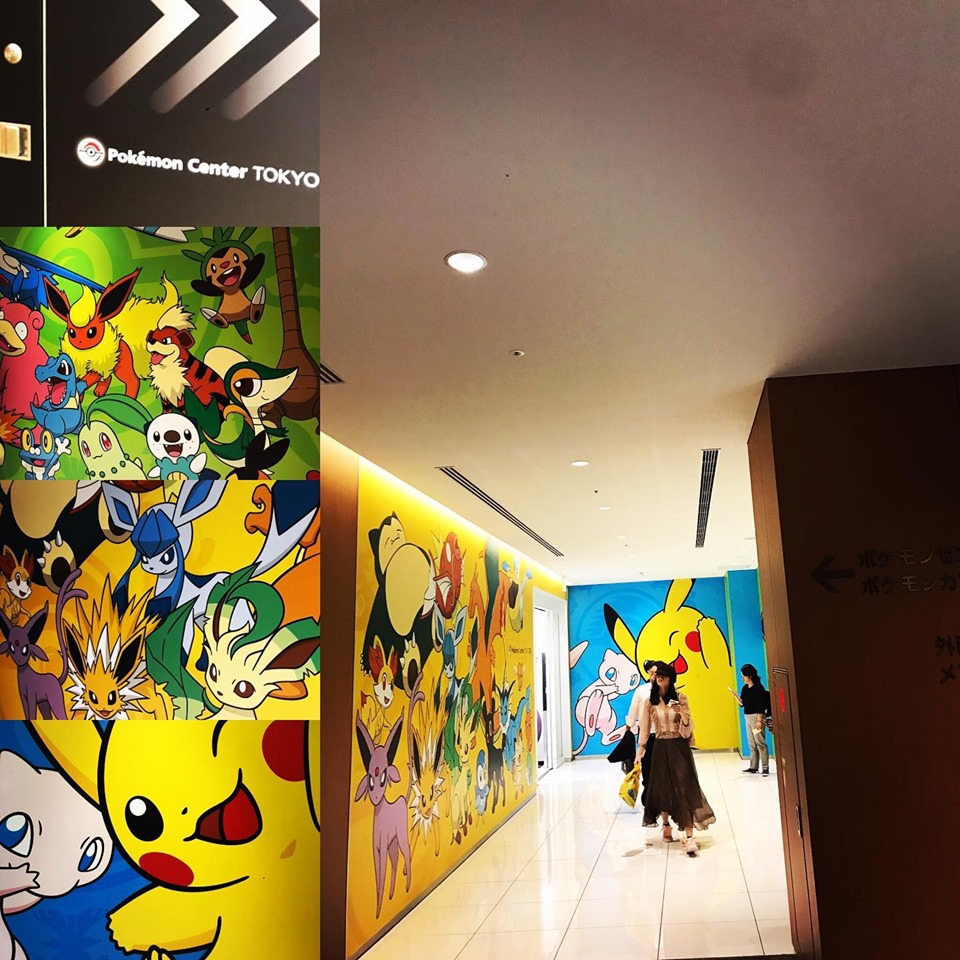
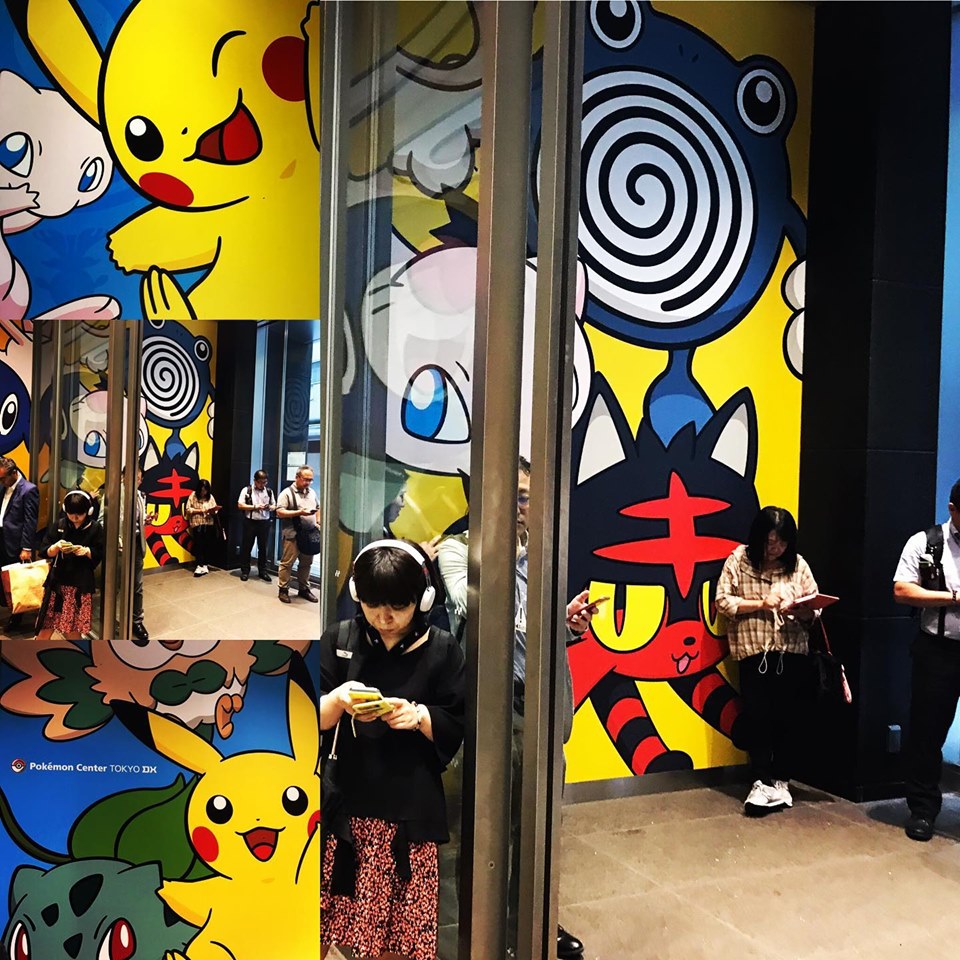
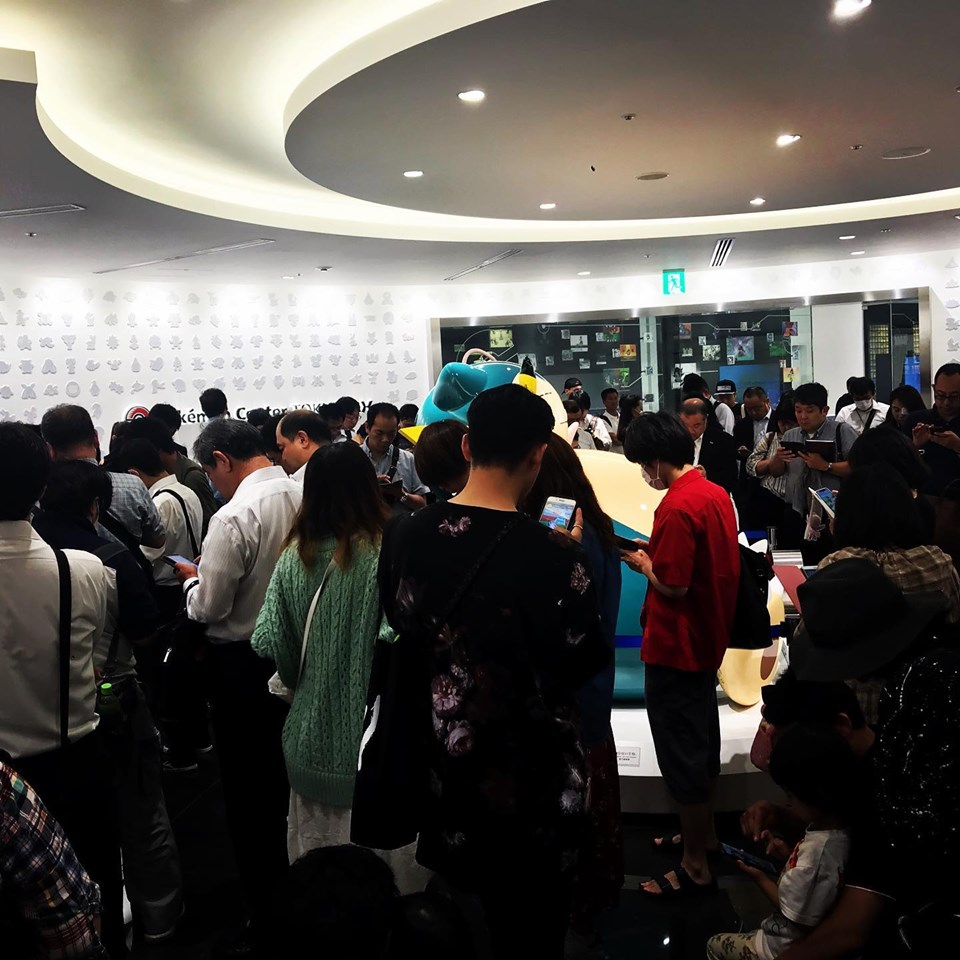
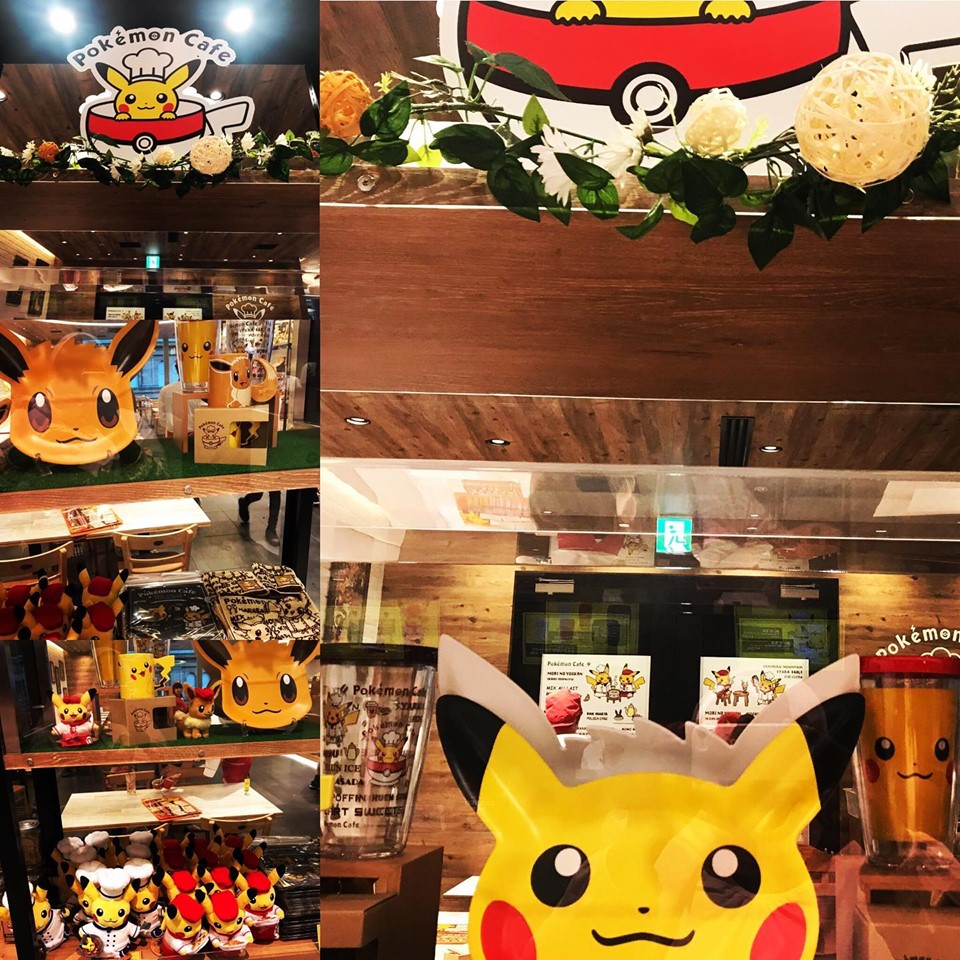
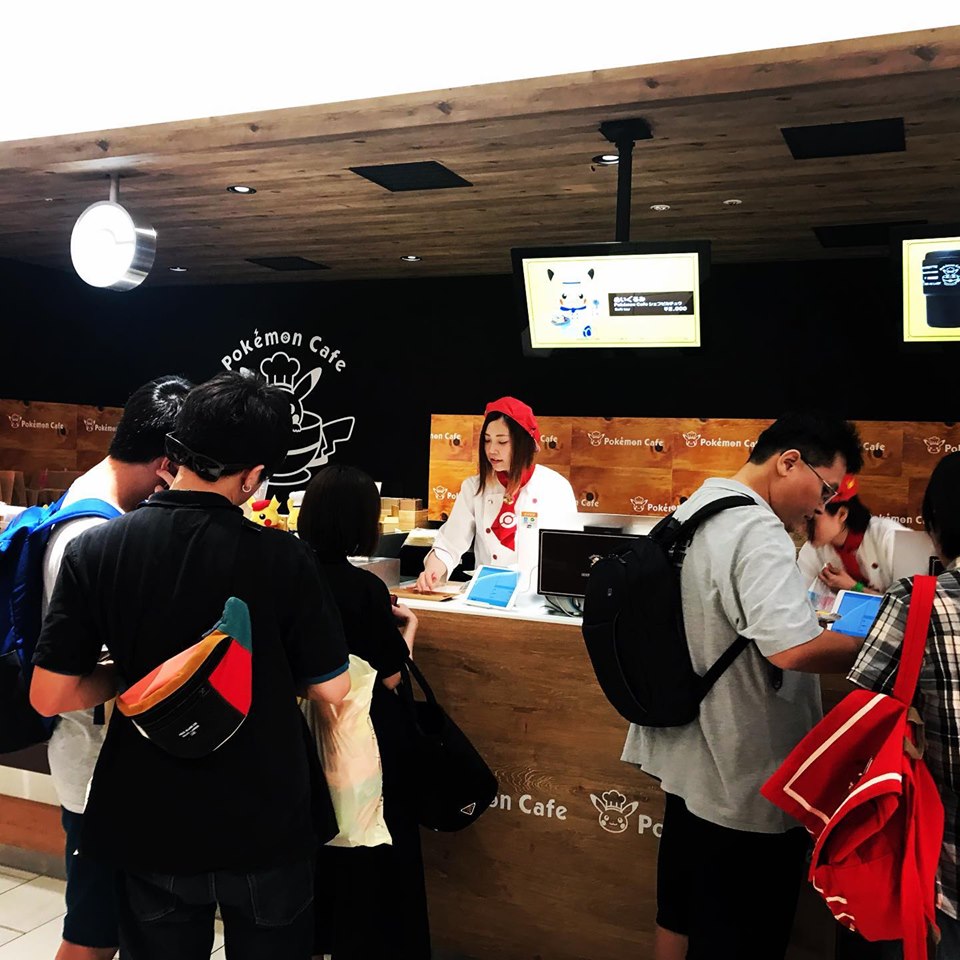
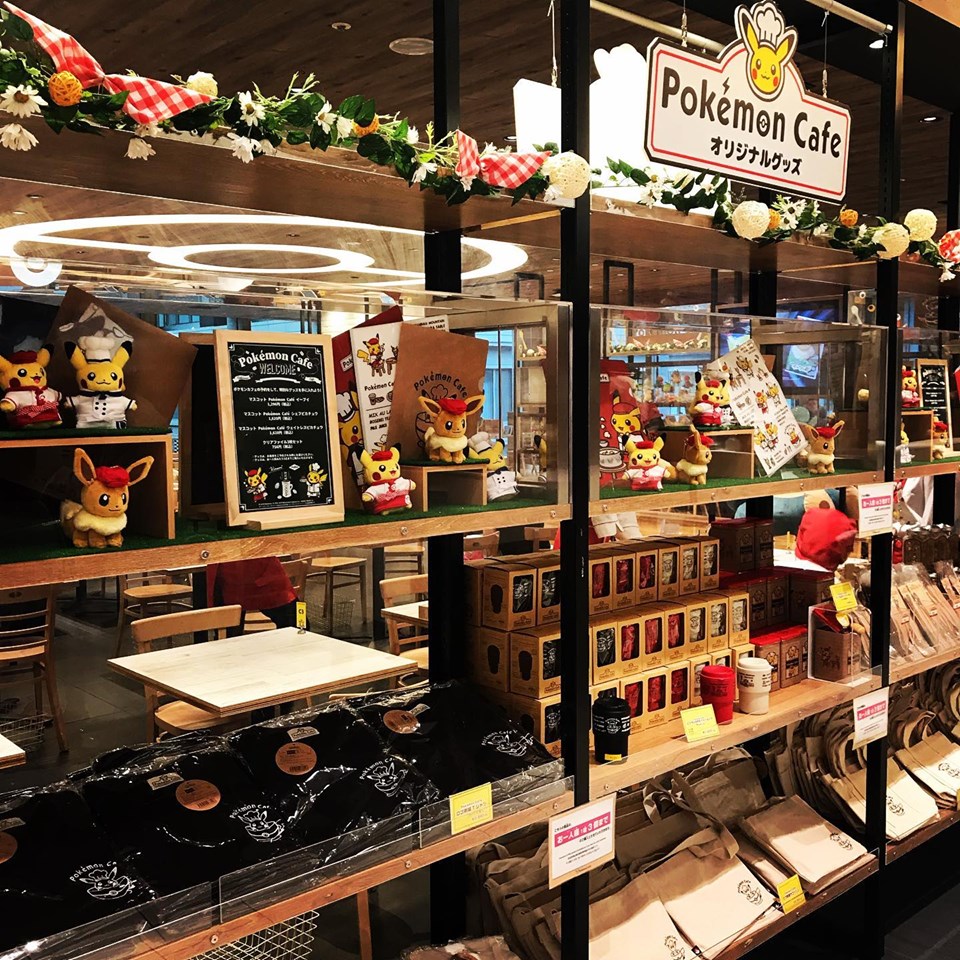
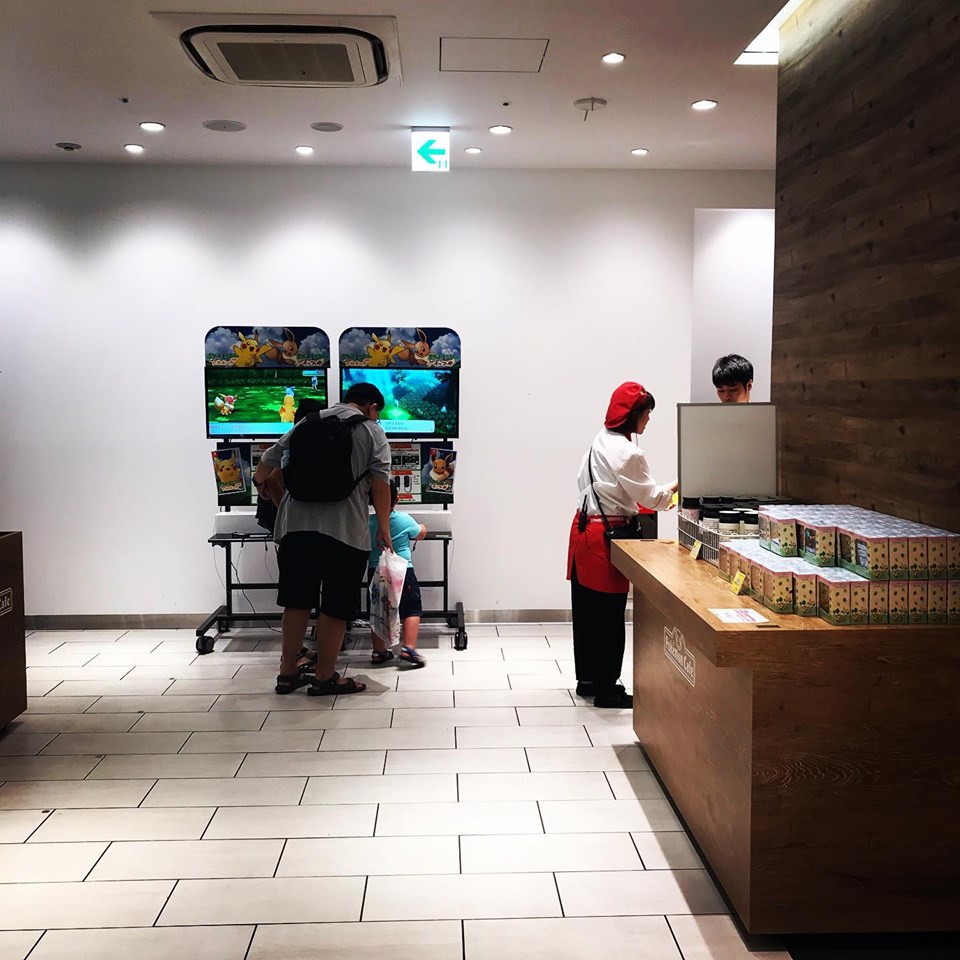
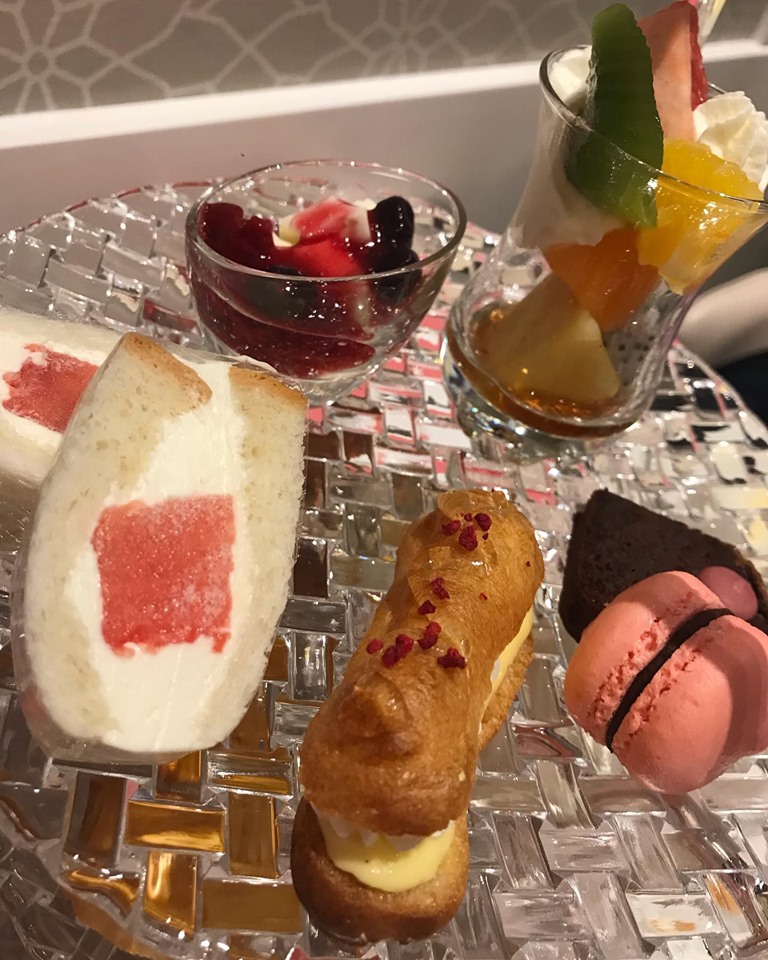
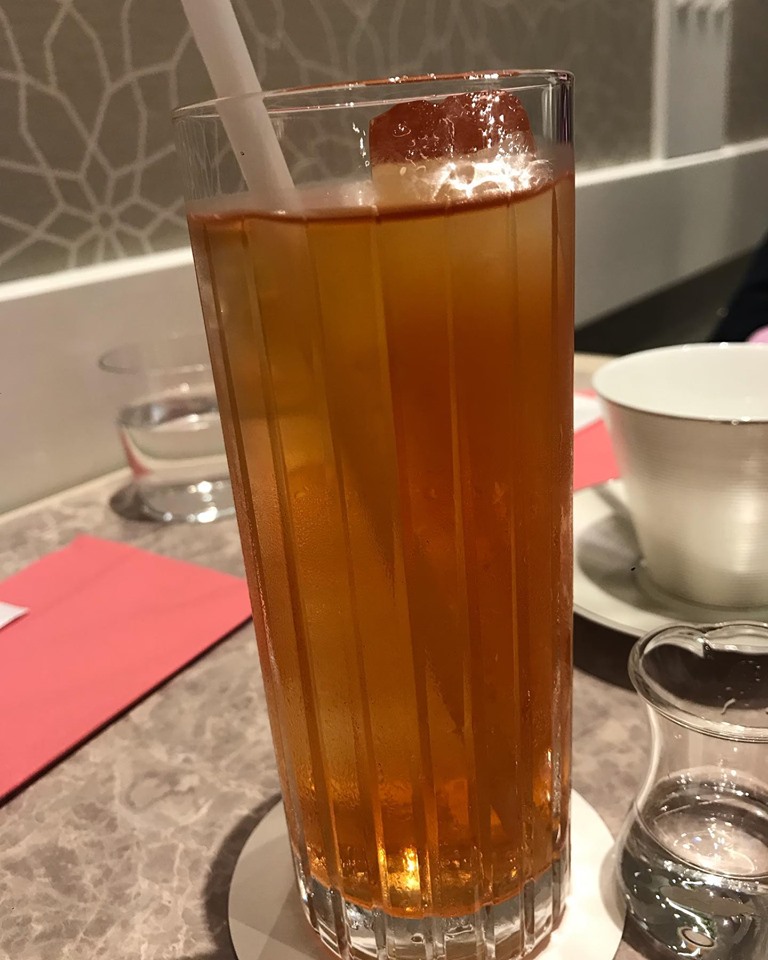
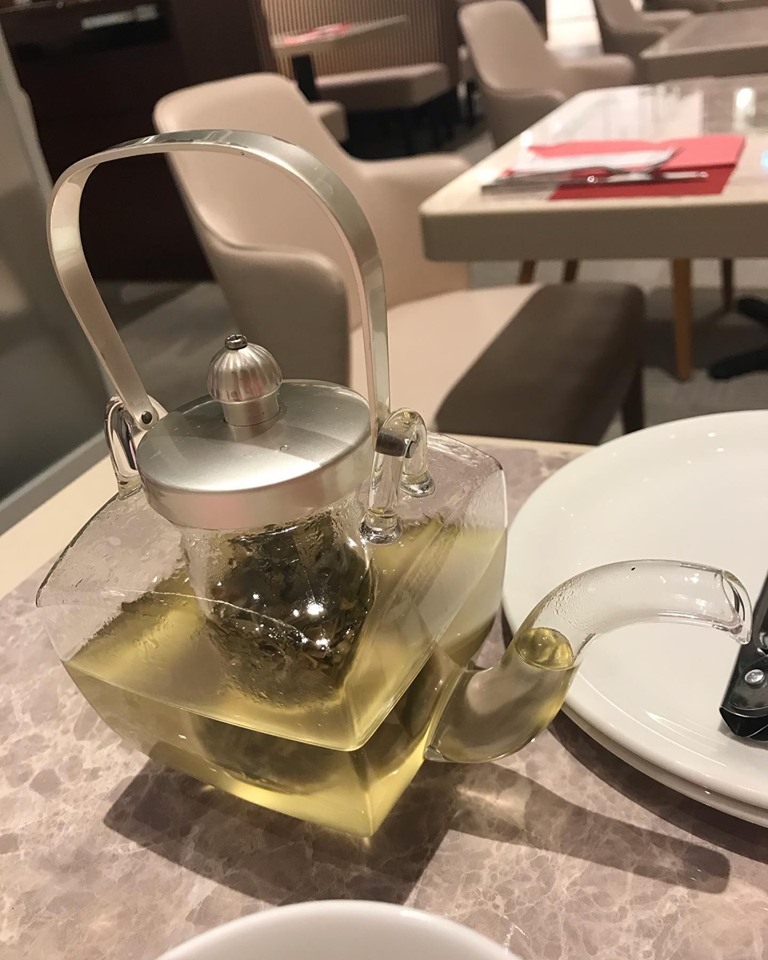
Preparing for our field trip
During our course at the University, Dr. Takashi Suzuki, a project researcher at the University of Tokyo gave us an introductory lecture on the Sakura shrimp fisheries and resources management in Yui Fisheries Association. He provided us with information on the Sakura shrimp (Sergia lucens) that only inhabits Sagami Bay and Suruga Bay in Japan. He also explained to us the Sakura shrimp fishery management system that is also called the “Pool system” and introduced us to some value-adding initiatives of the association. He even gave us some of these products to try for ourselves.
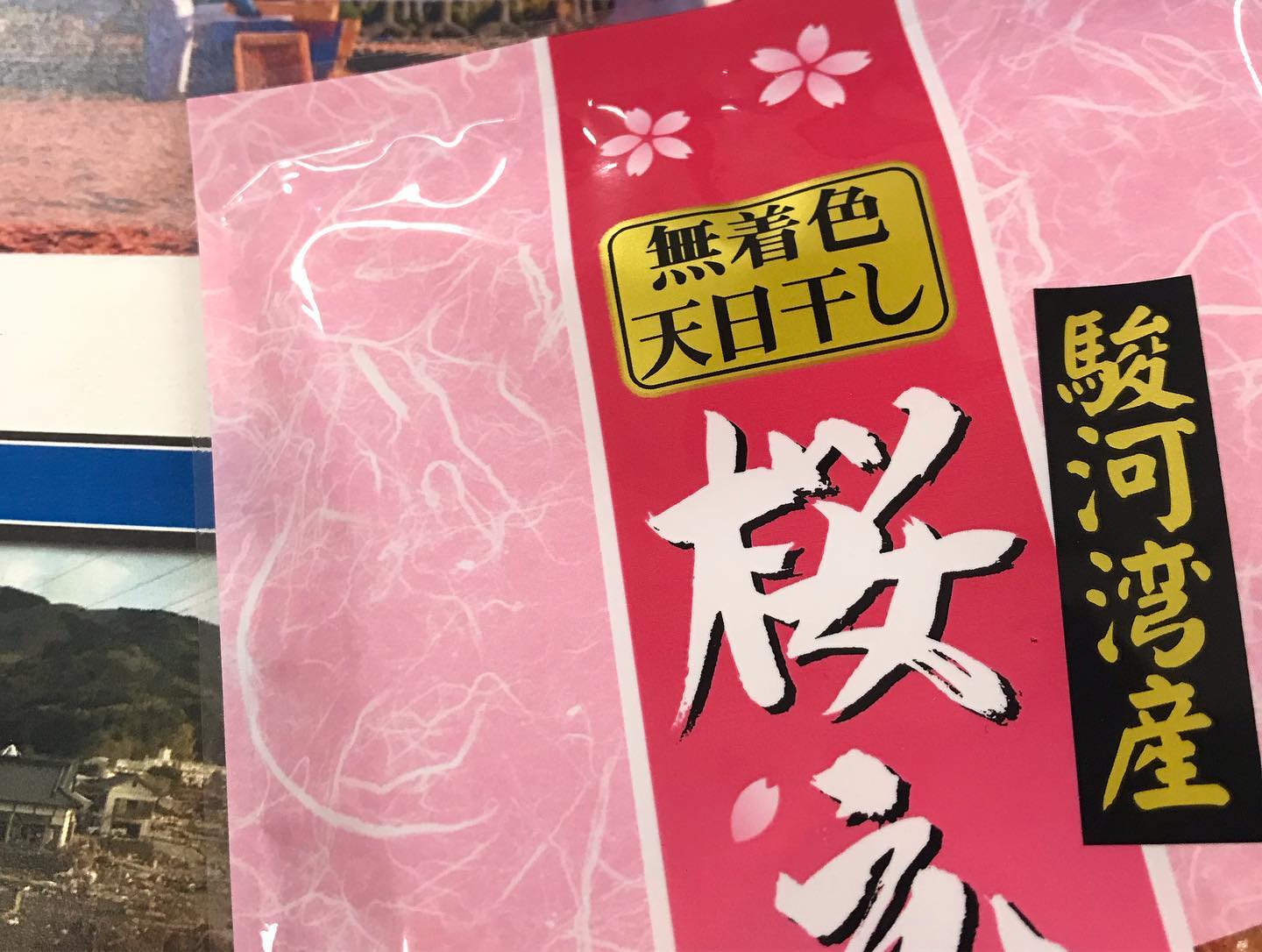
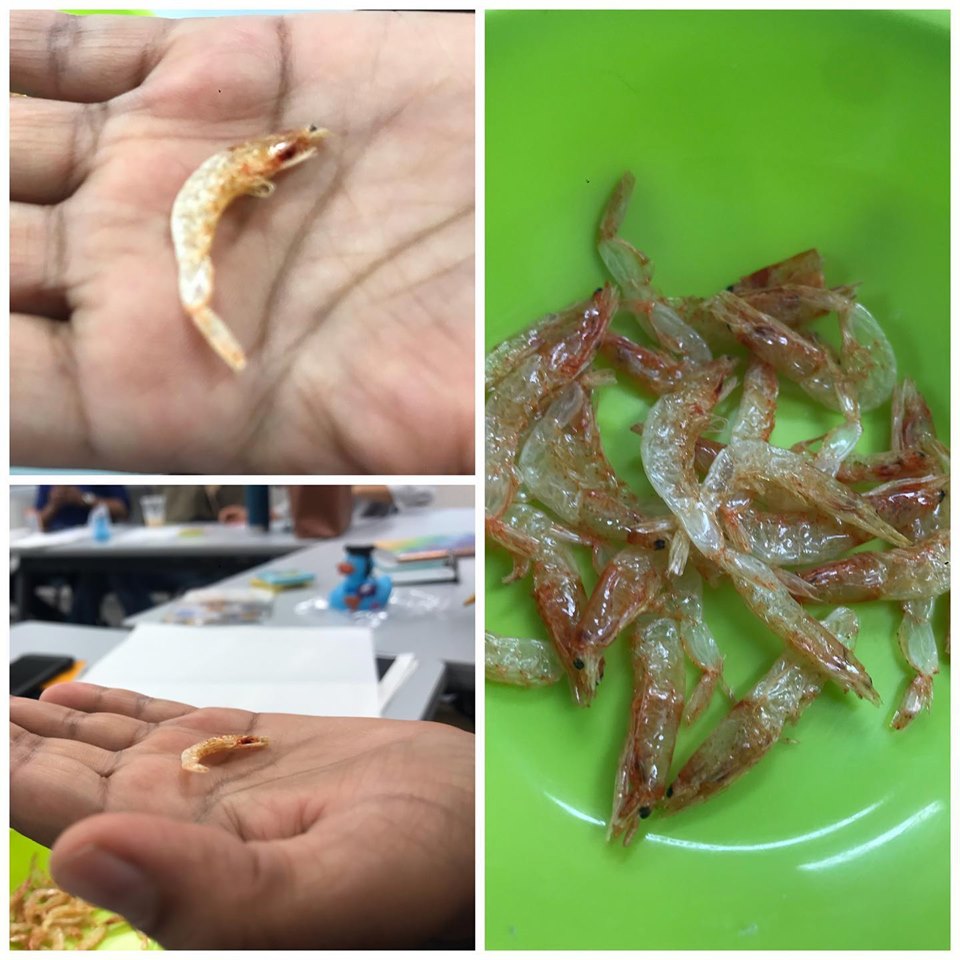
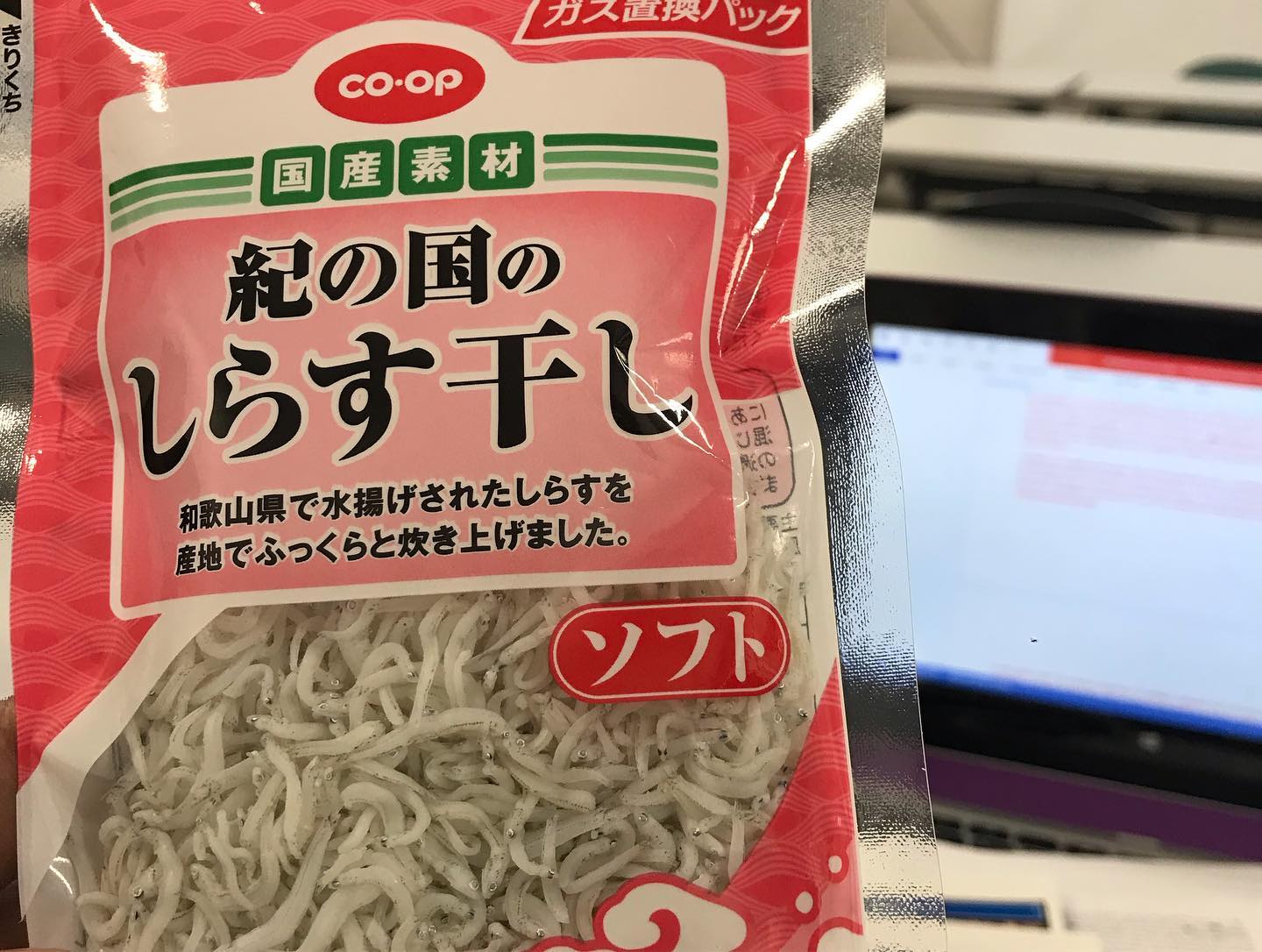
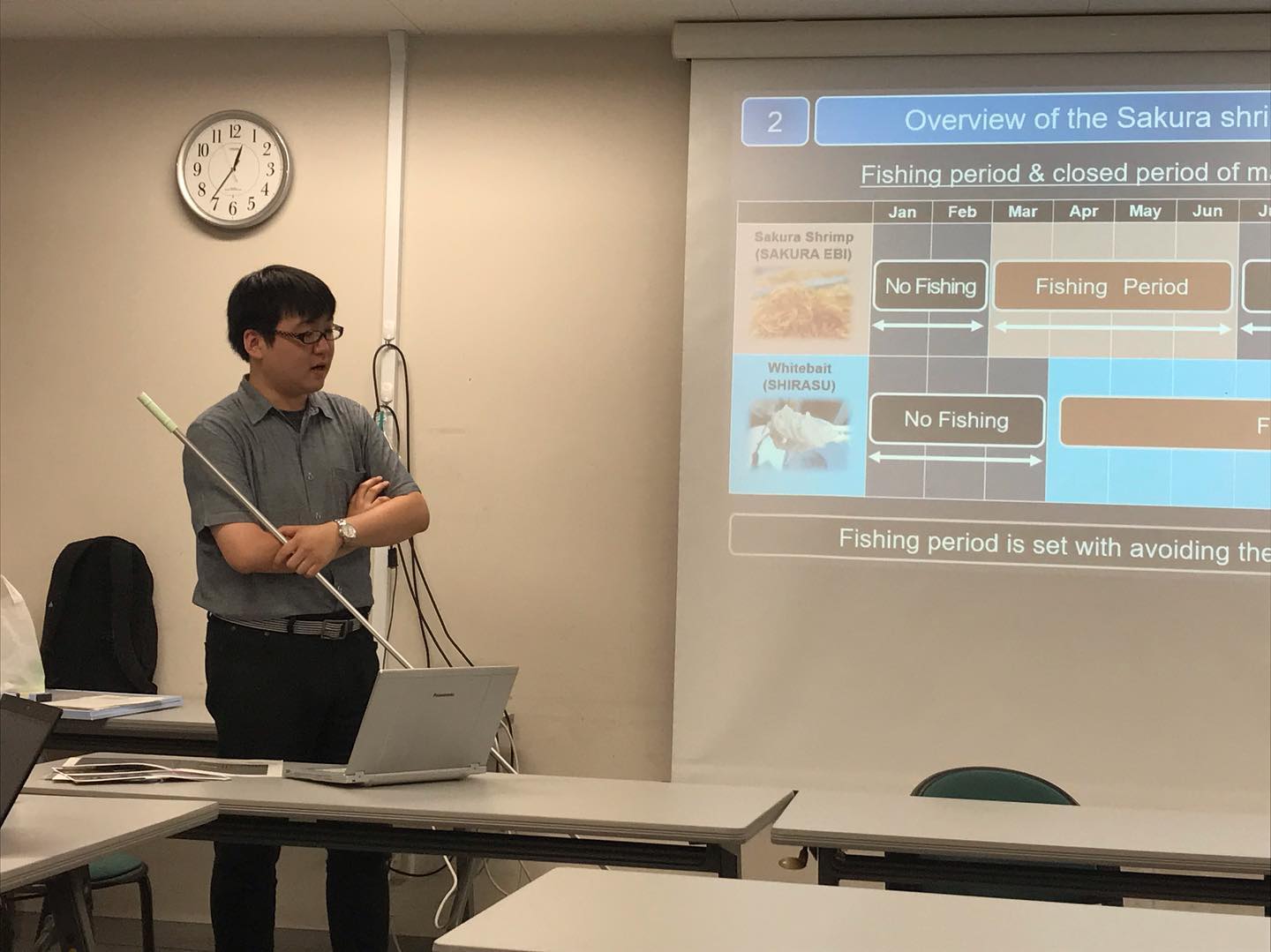
Luckily, I had some spare stolen hours that I used to return back to Ueno Park not for a stroll but rather to visit the Tokyo National Museum. I am a big fan of history, arts, cultures and museums, so there was no chance that I would have left Tokyo without paying this museum a visit. The museum has over 110,000 items, making it the best assembly of Japanese art in the world. My favorite were the life size Buddhist statues ( they were very animated), samurai swords and armor, kabuki theater costumes, and the Japanese scrolls and wood block prints. If you ever make it to Tokyo, then this museum should be on the top of your list. In my next blog post, I am going to share with you some impressions from our field visit to a fishing village in rural Japan. Stay tuned
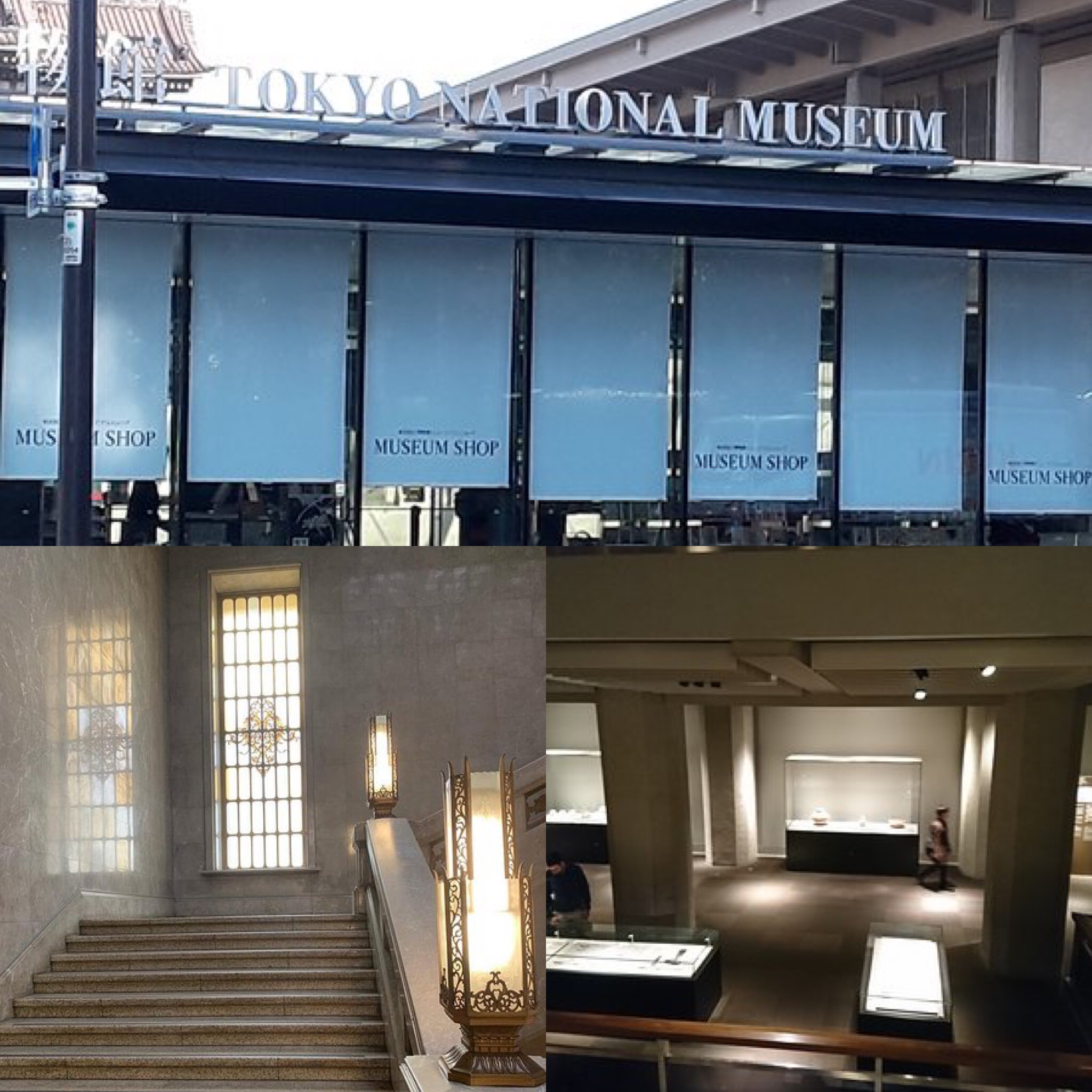
Museum ,Taito
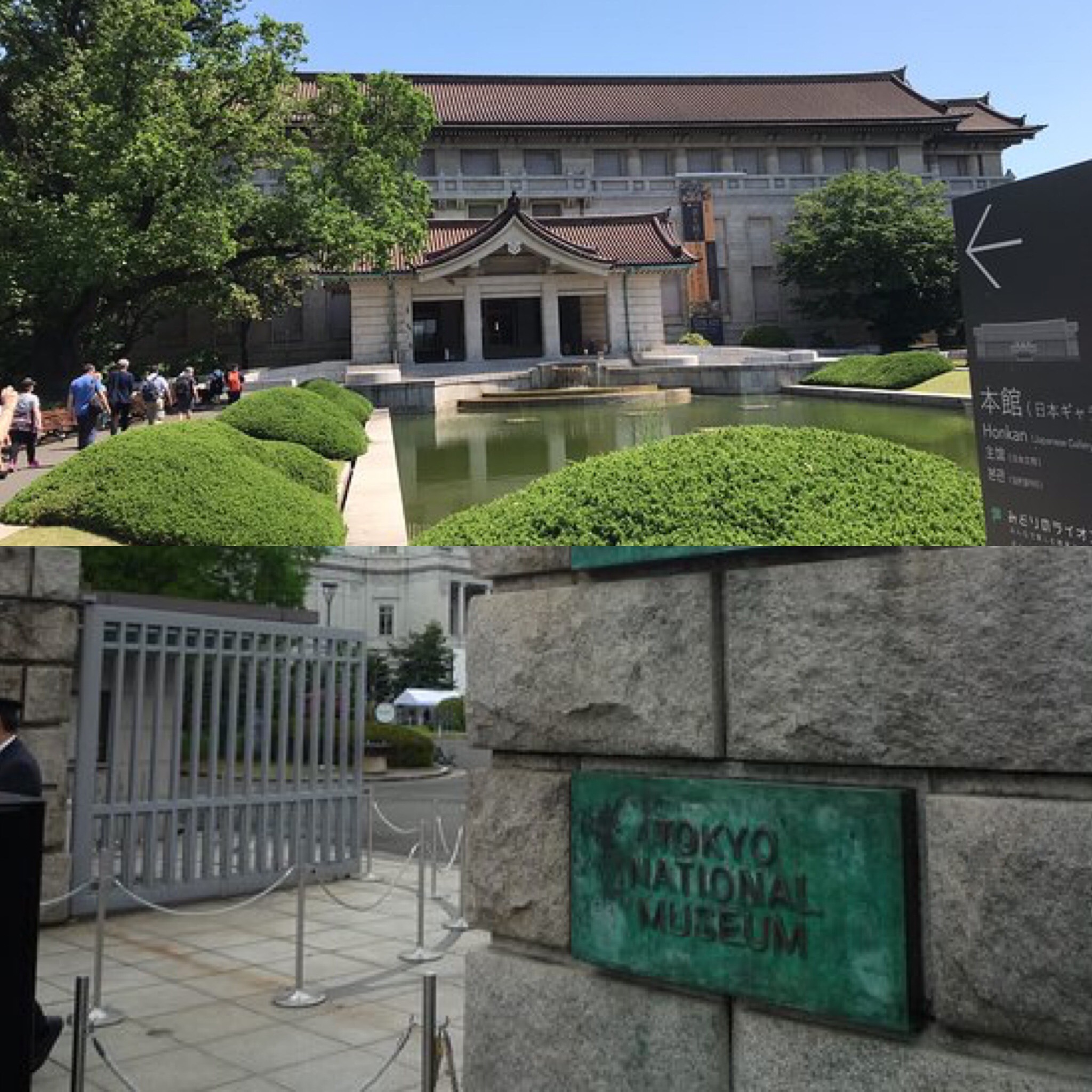
Museum ,Taito
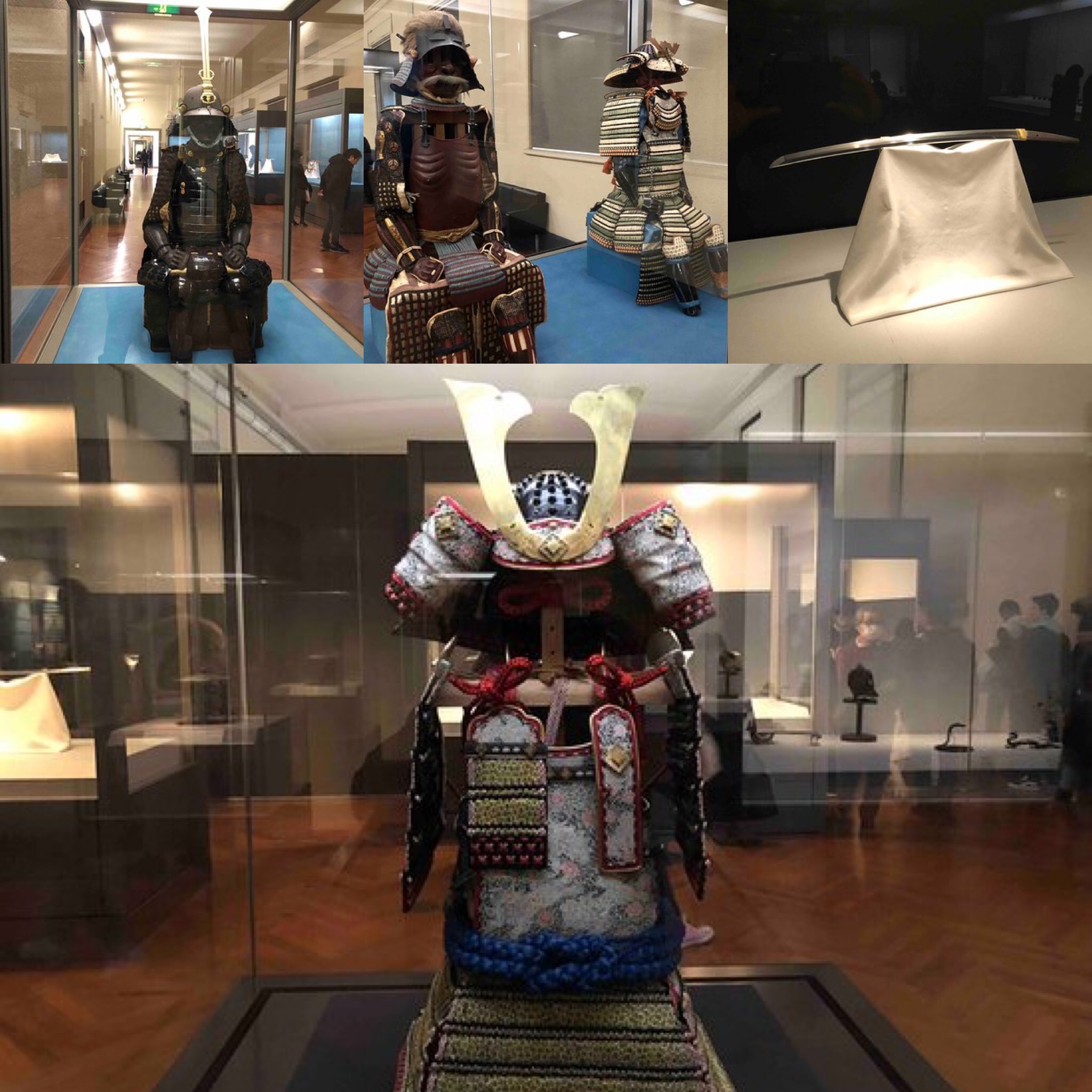
Museum ,Taito
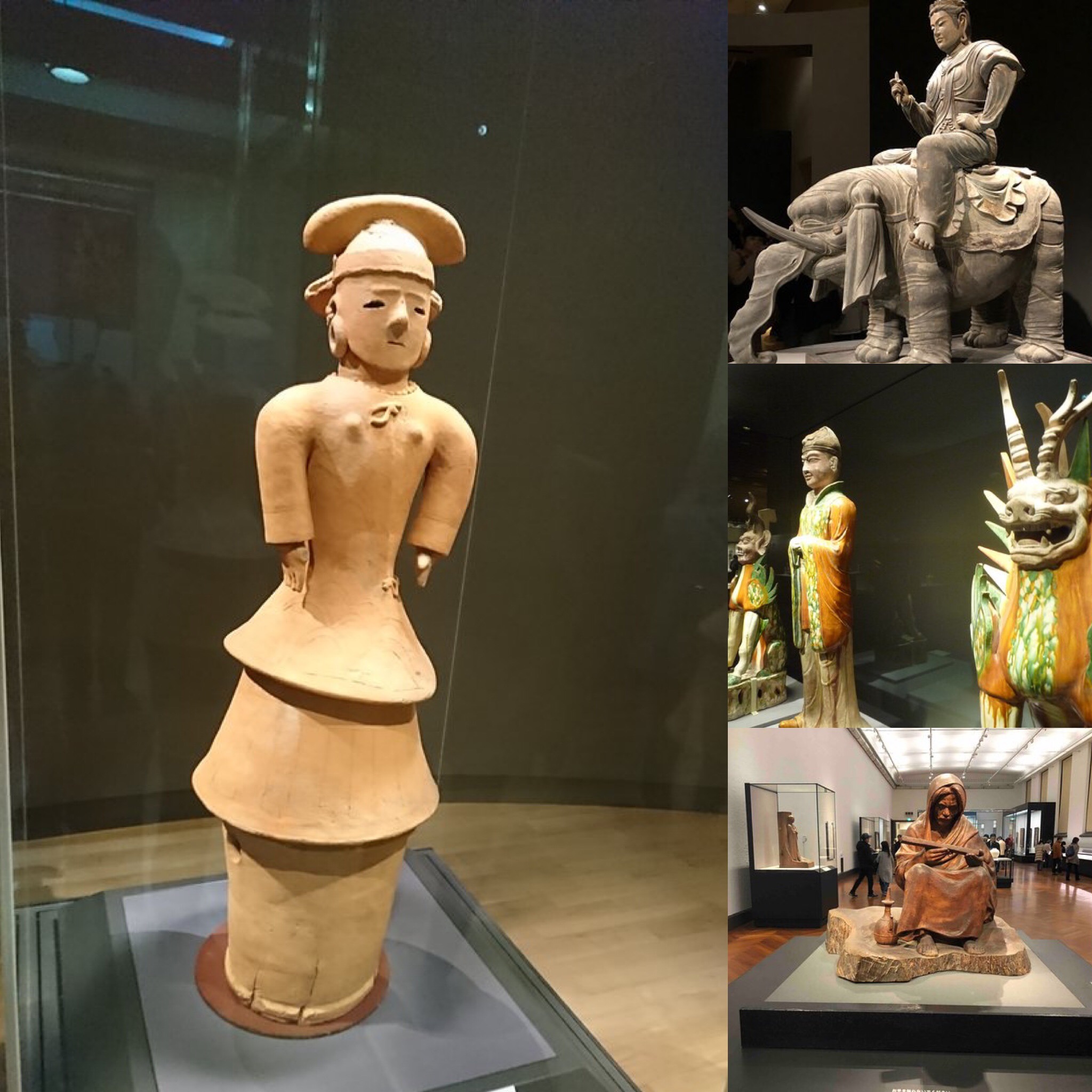
Museum ,Taito
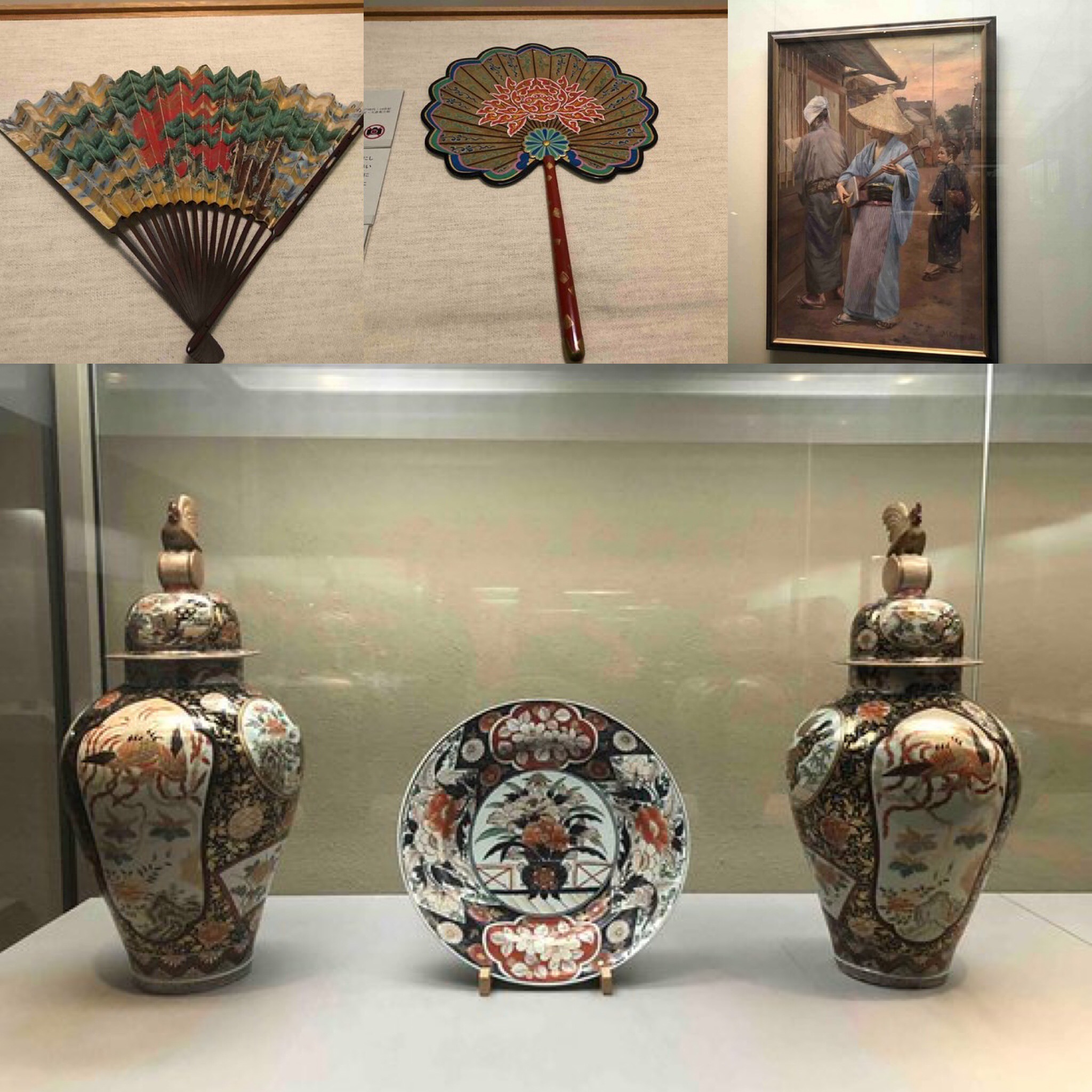
Museum ,Taito
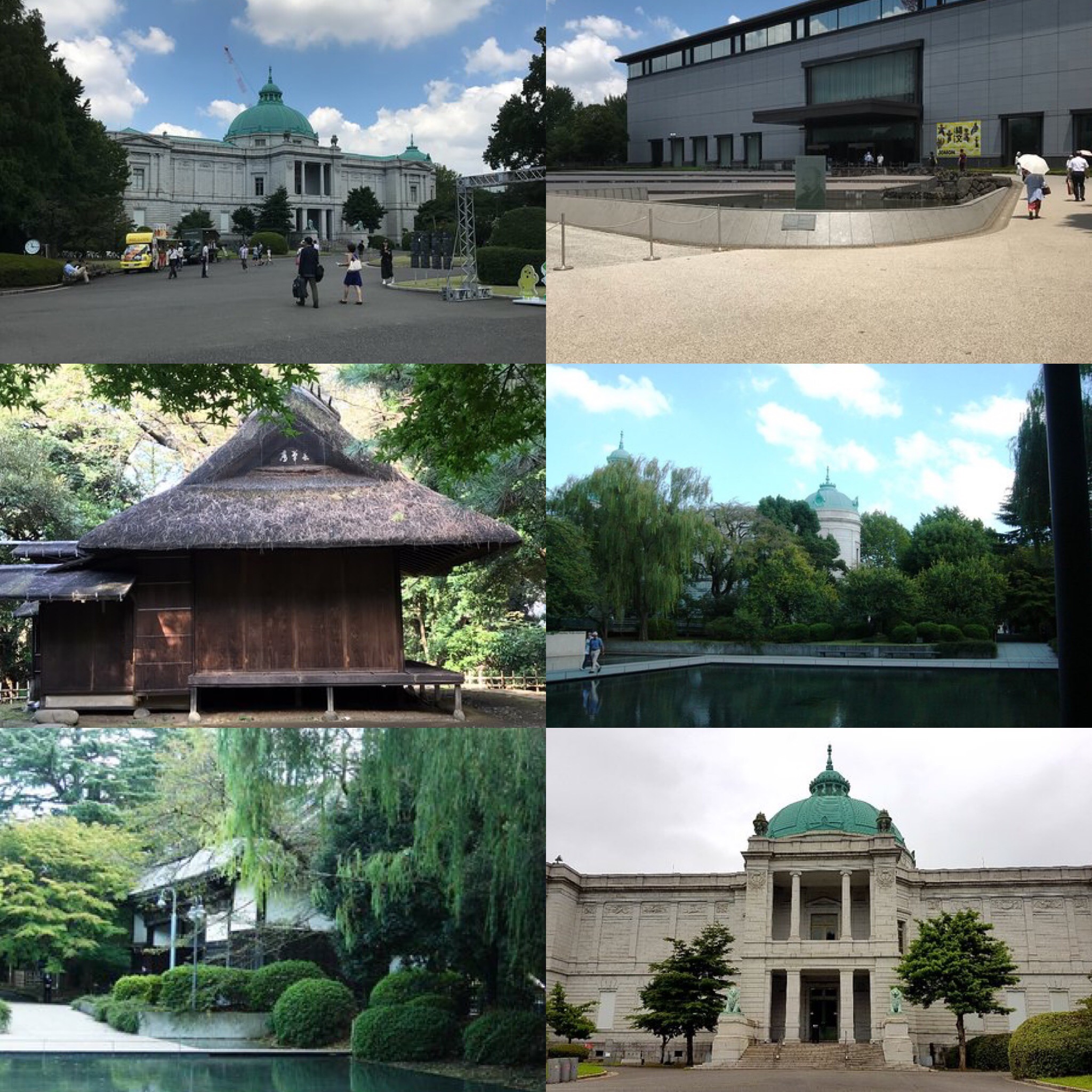
Museum ,Taito
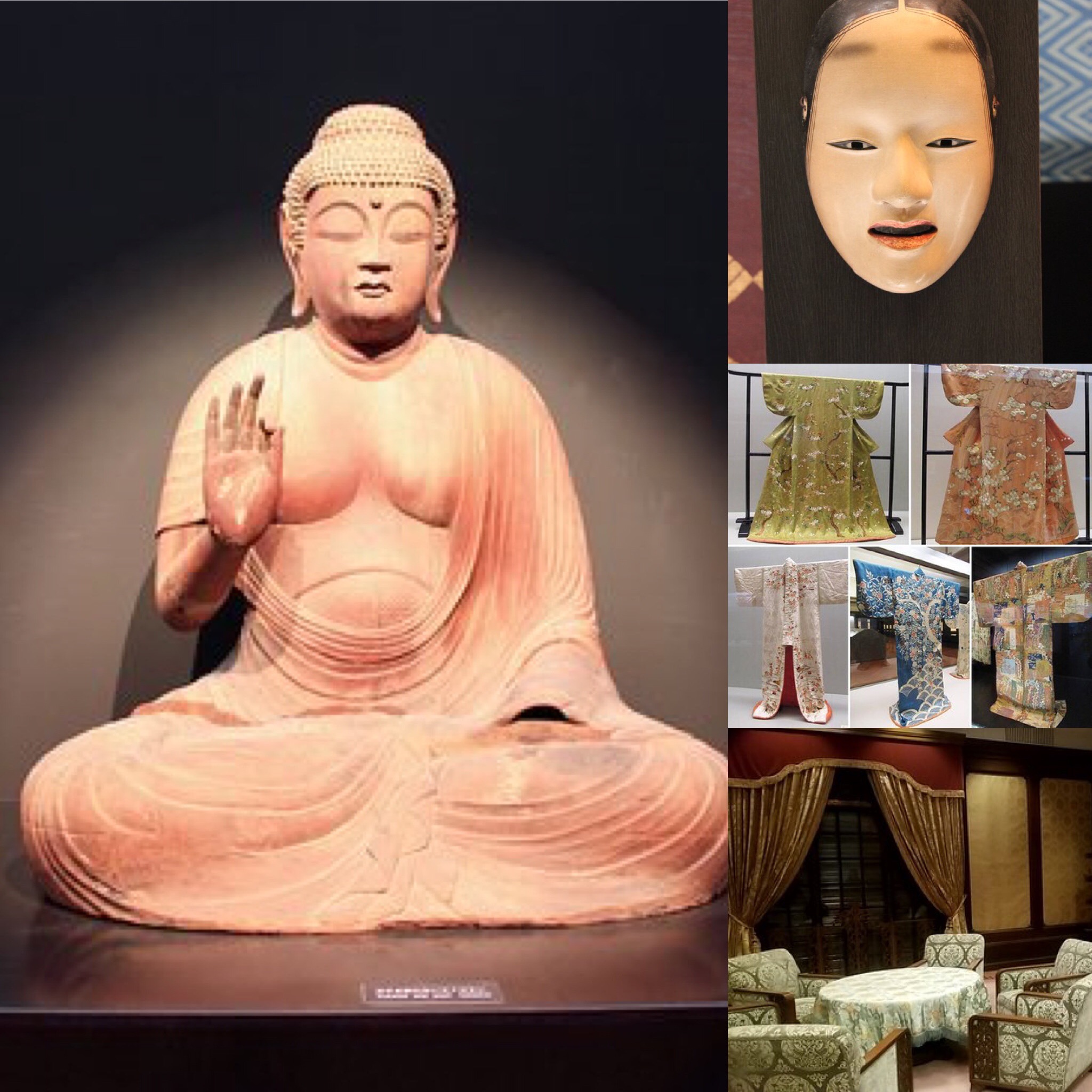
Museum ,Taito
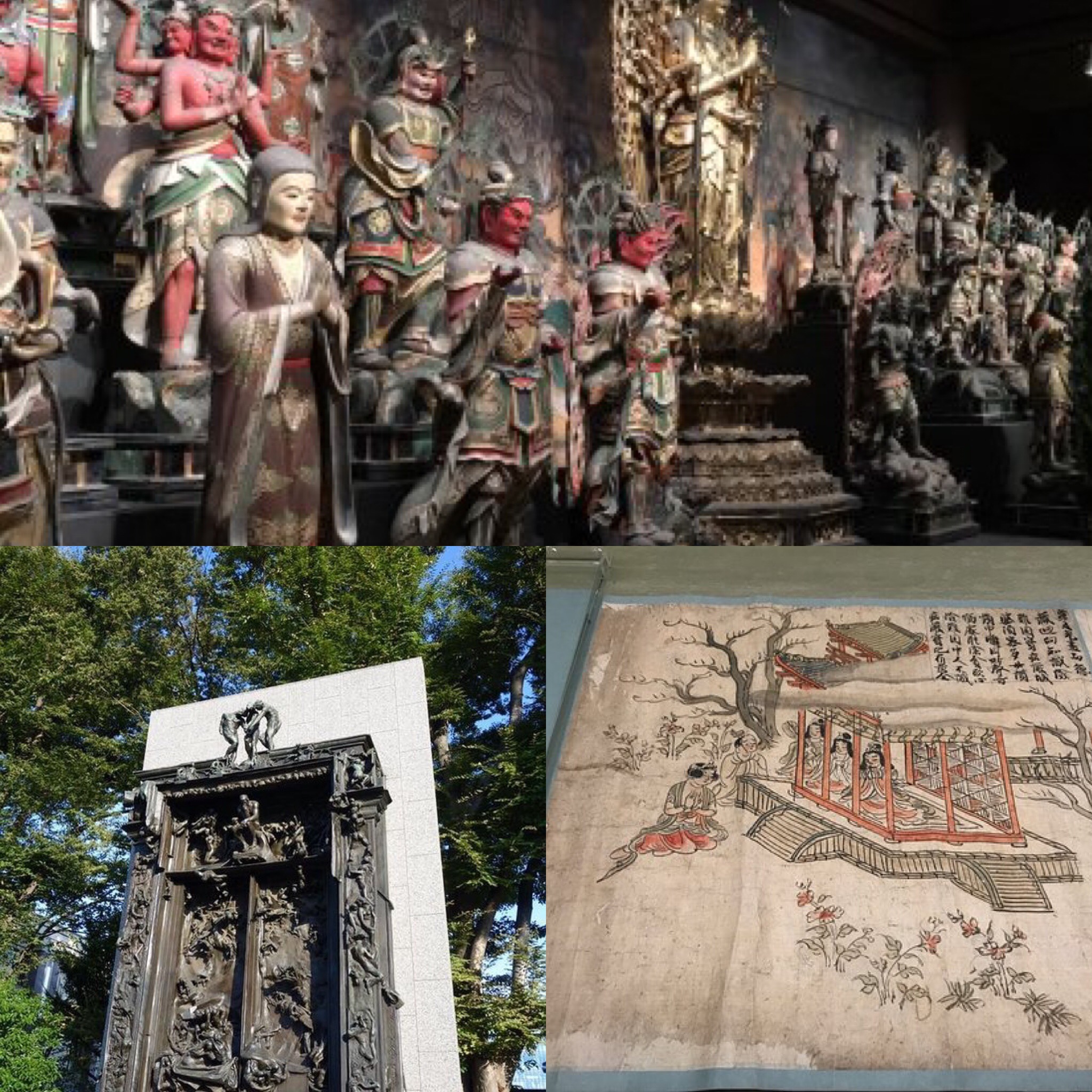
Museum ,Taito

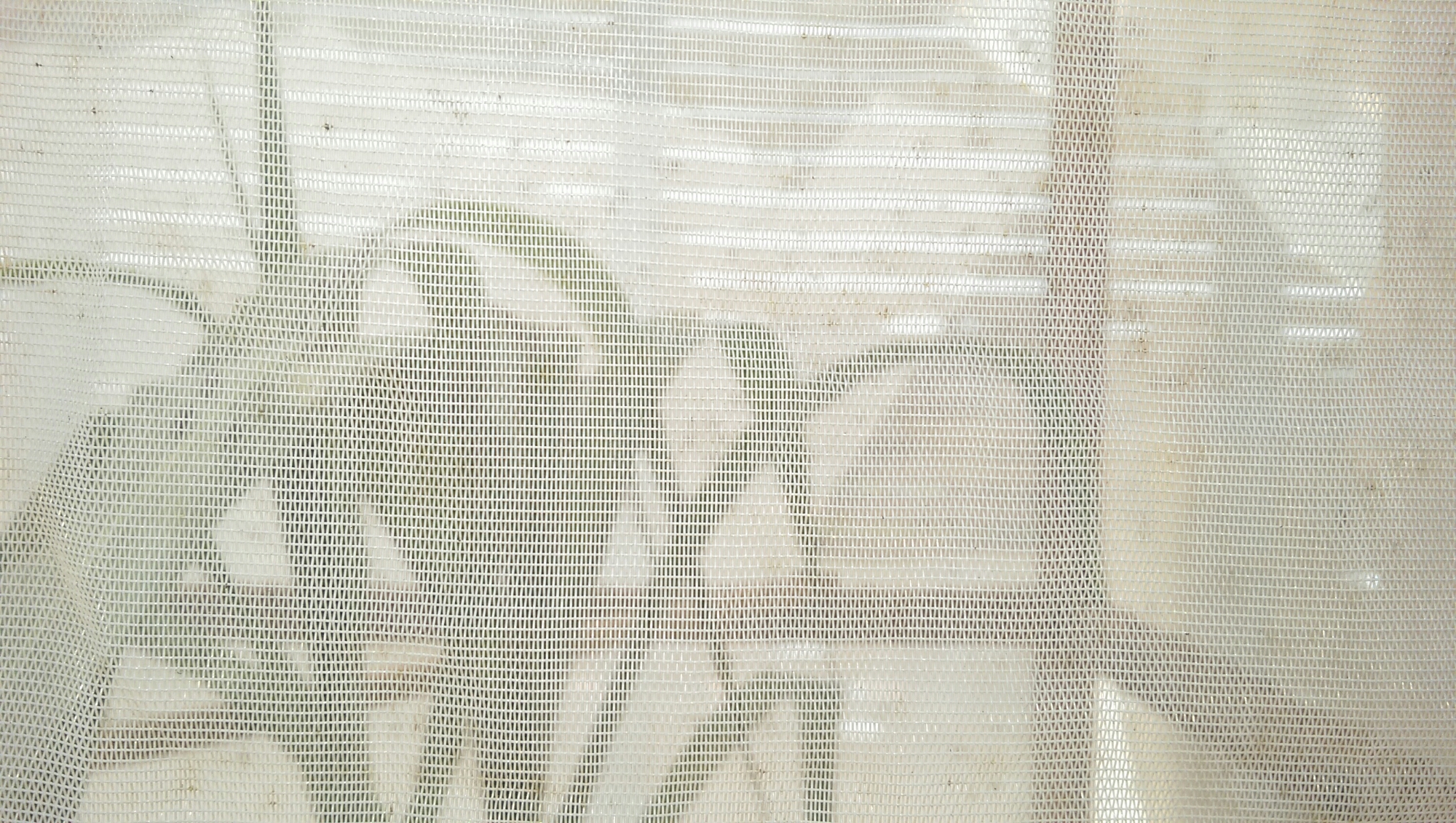



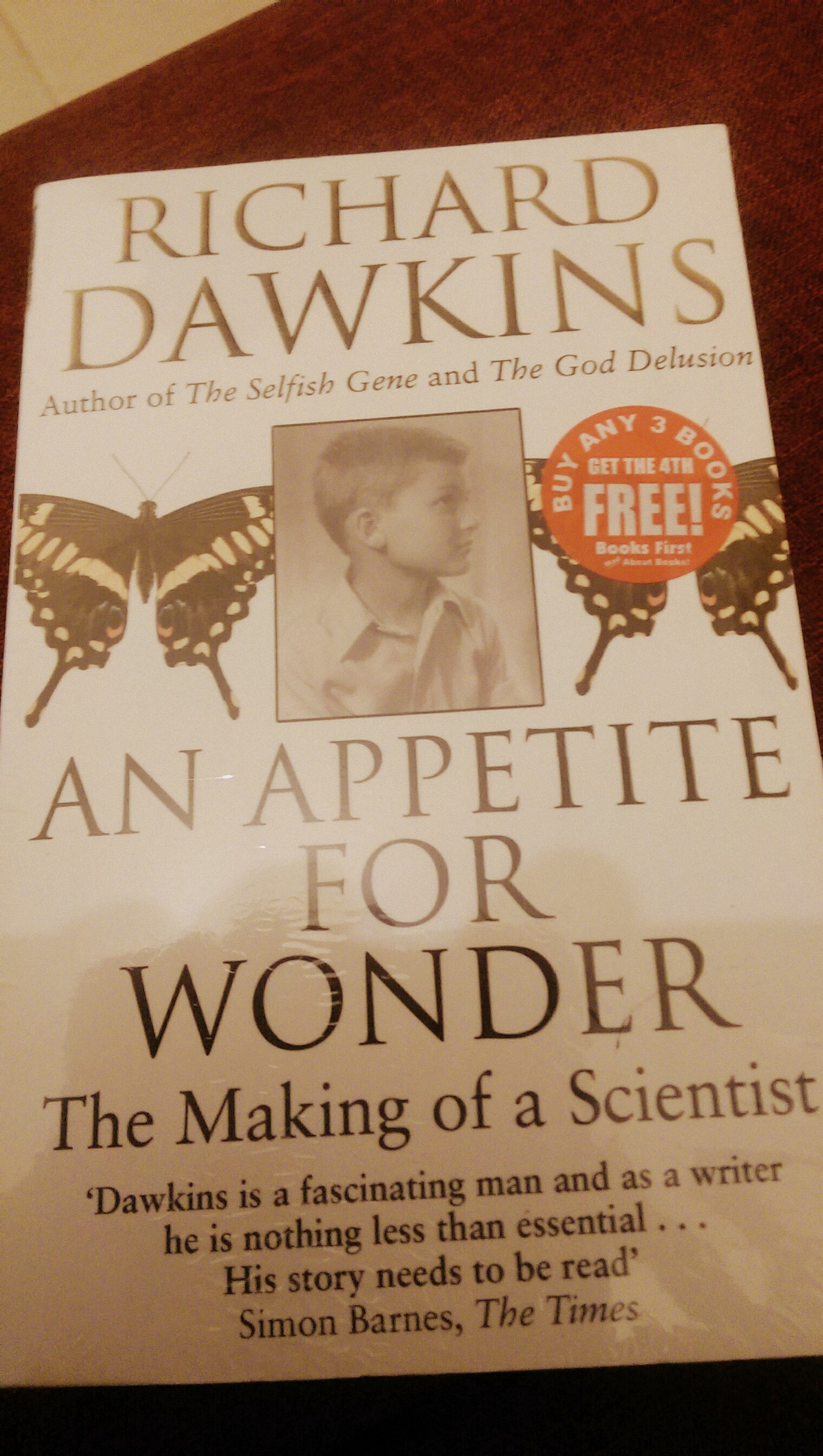
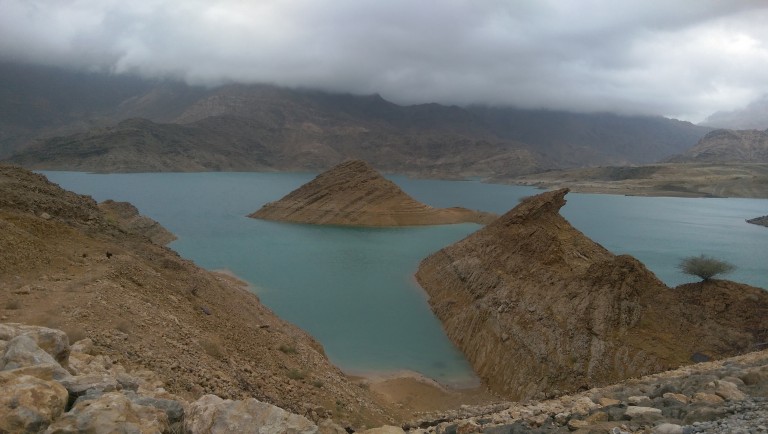
Thank you for sharing a wonderfully informative trip. After visiting the mopane worm harvesting in May I am also deeply concerned. For more info on that see https://www.diamondroute.com/news/2019/how-edible-insects-are-set-to-prevent-future-famine
I recently was asked to review an EIA for the mopane woodlands and no mention at all was made about this incredible resource even though it is well known and popular.